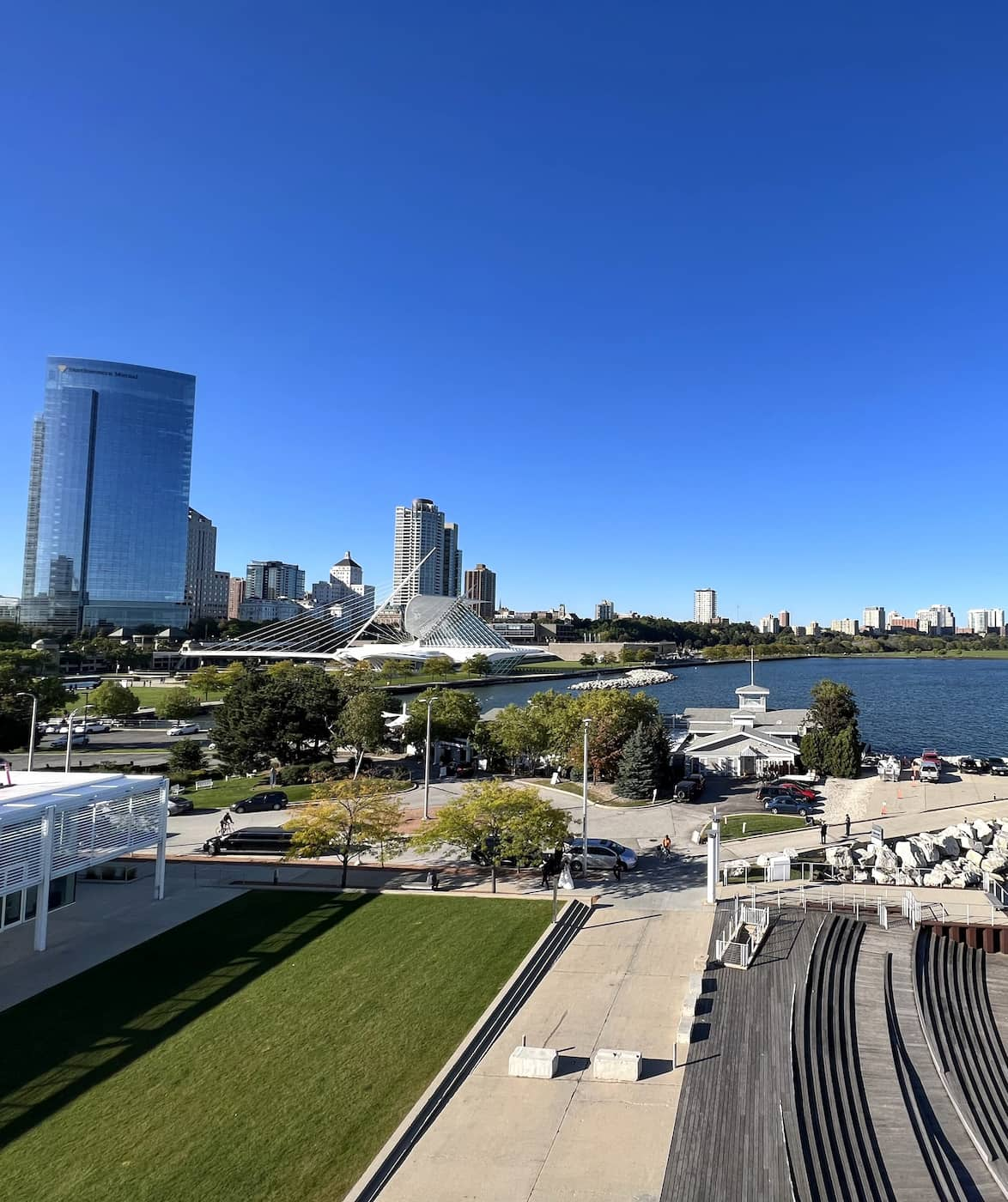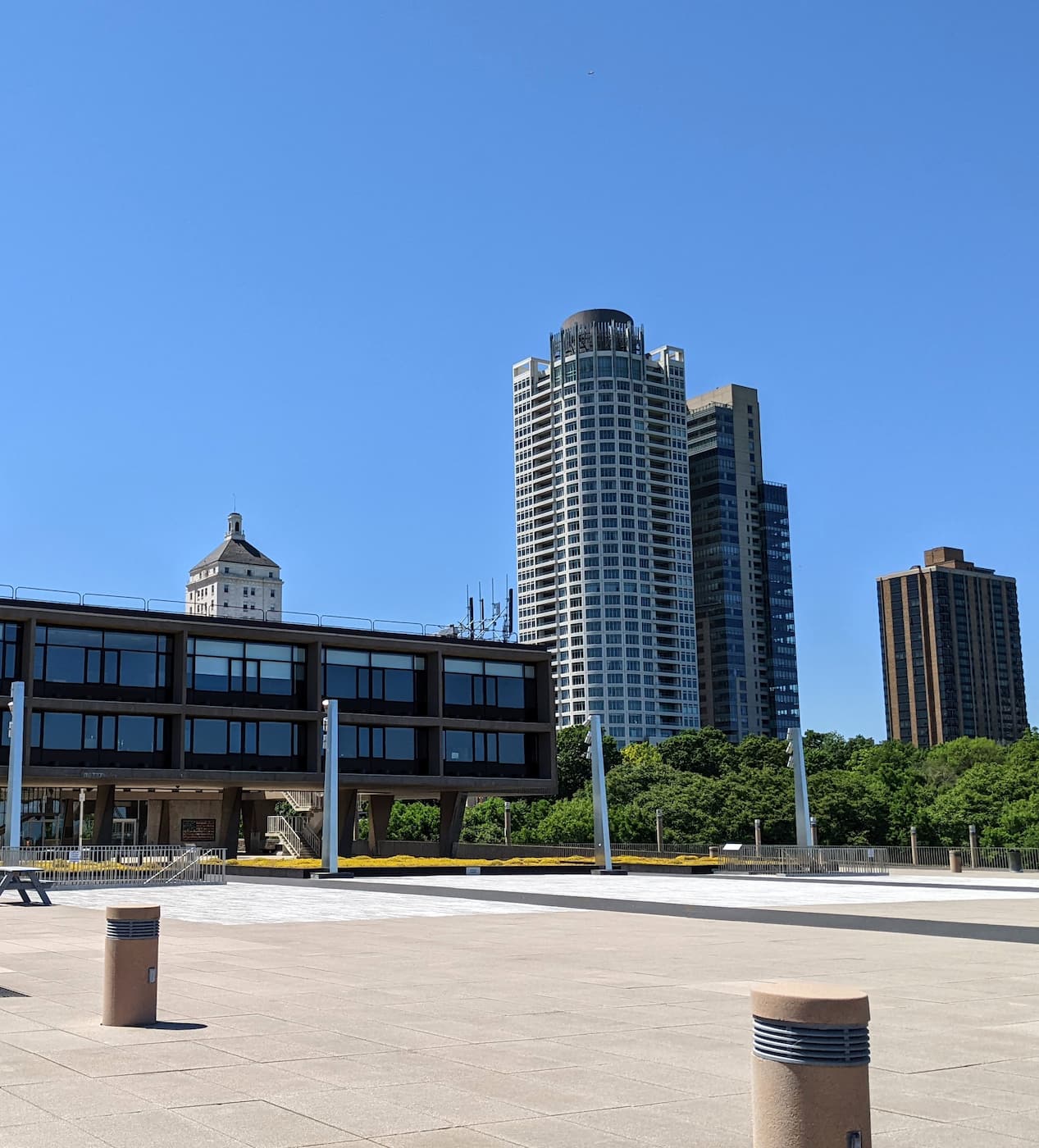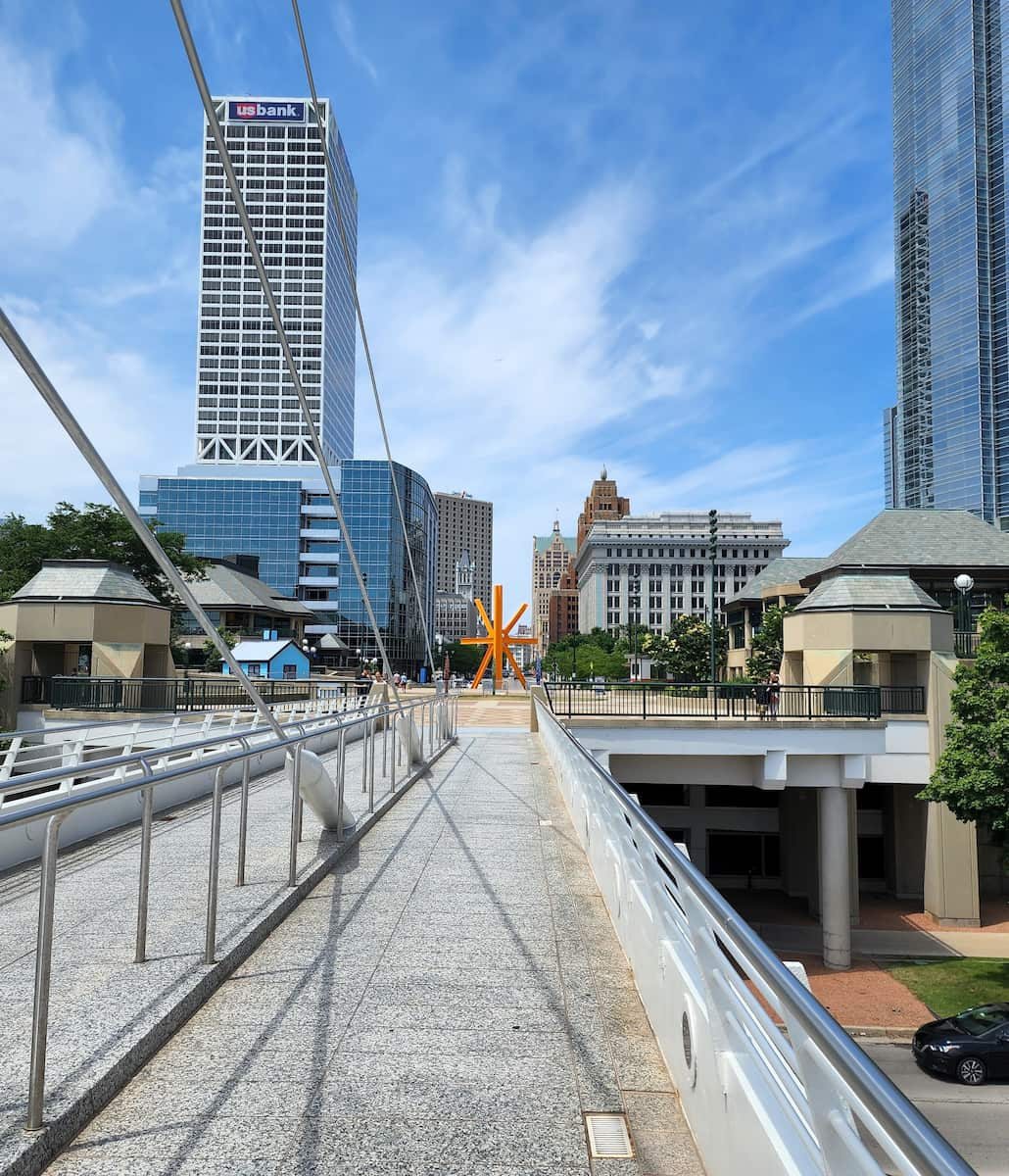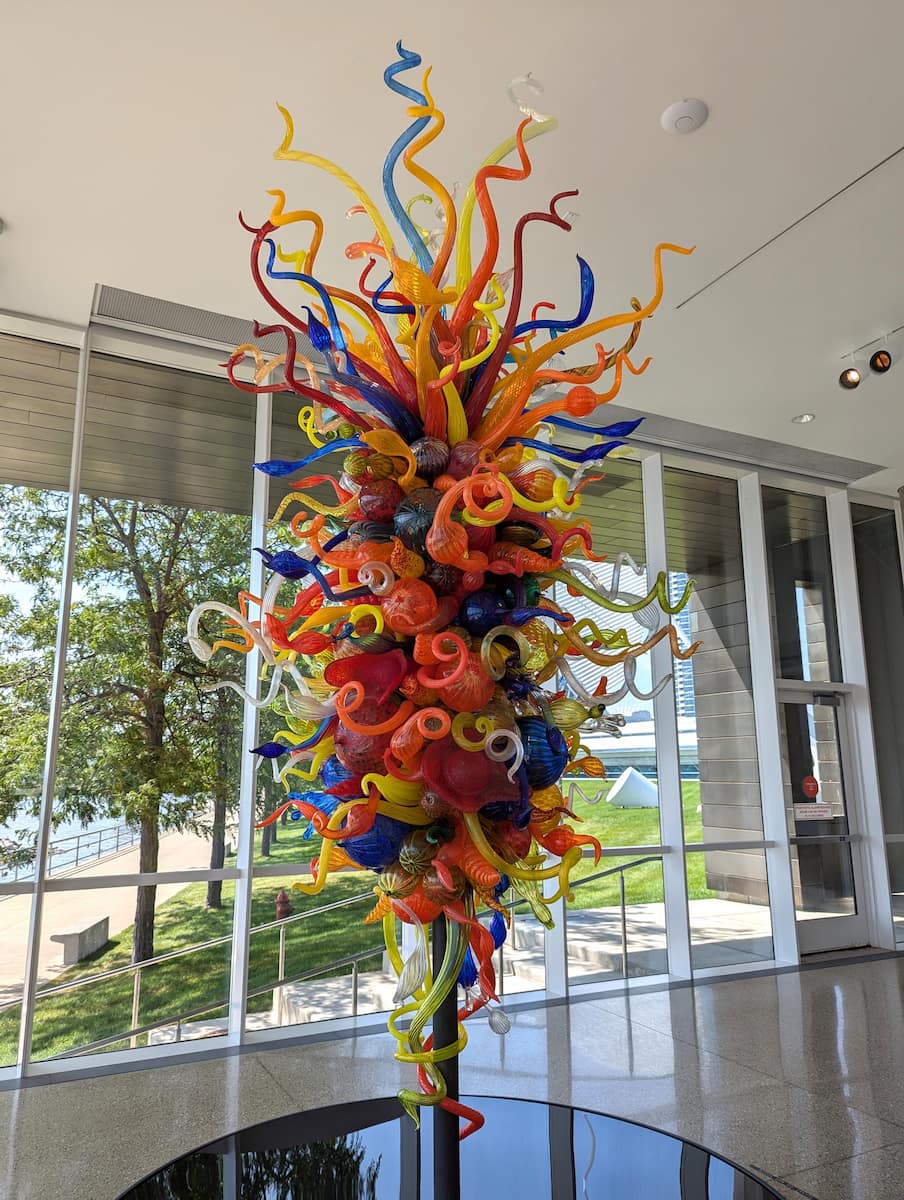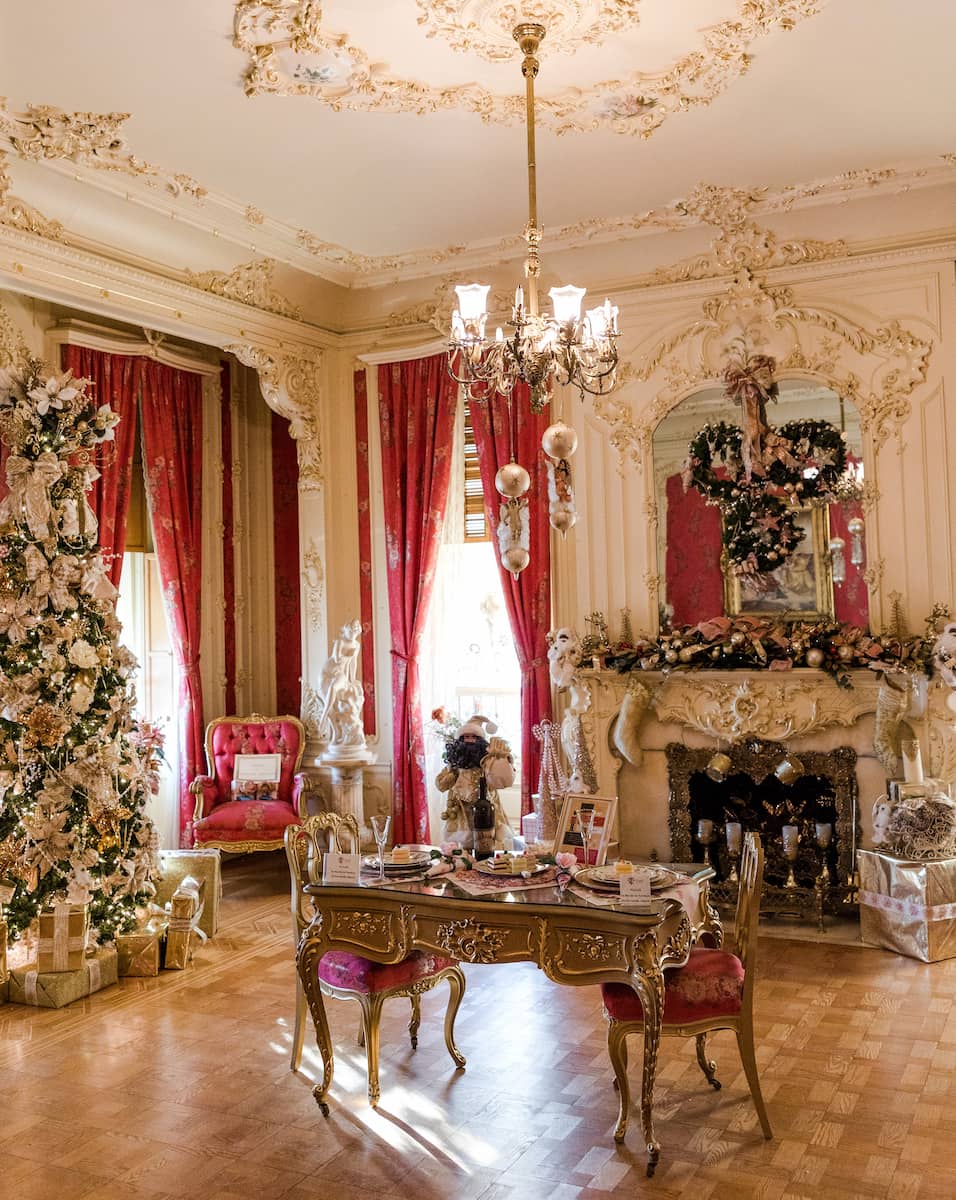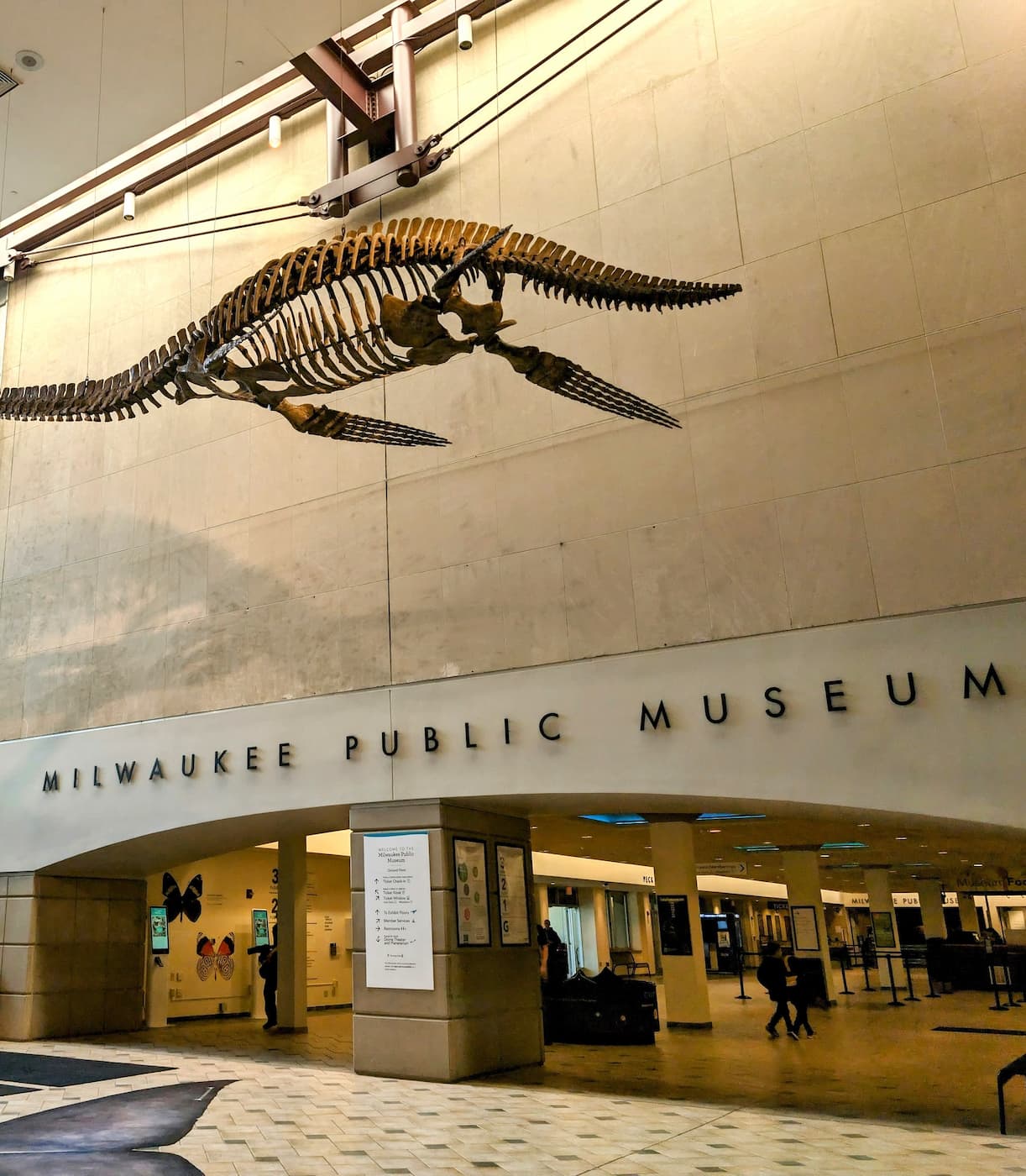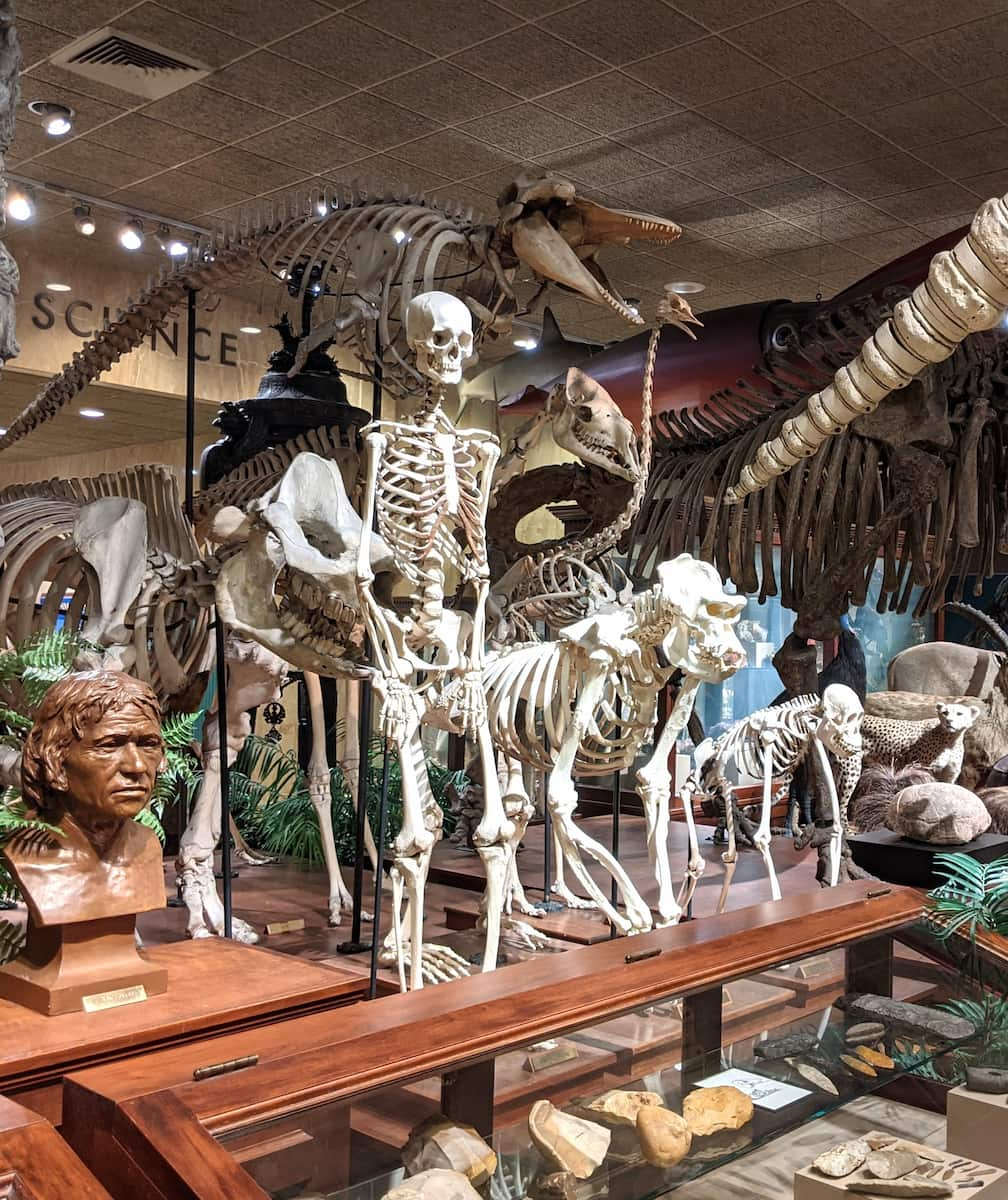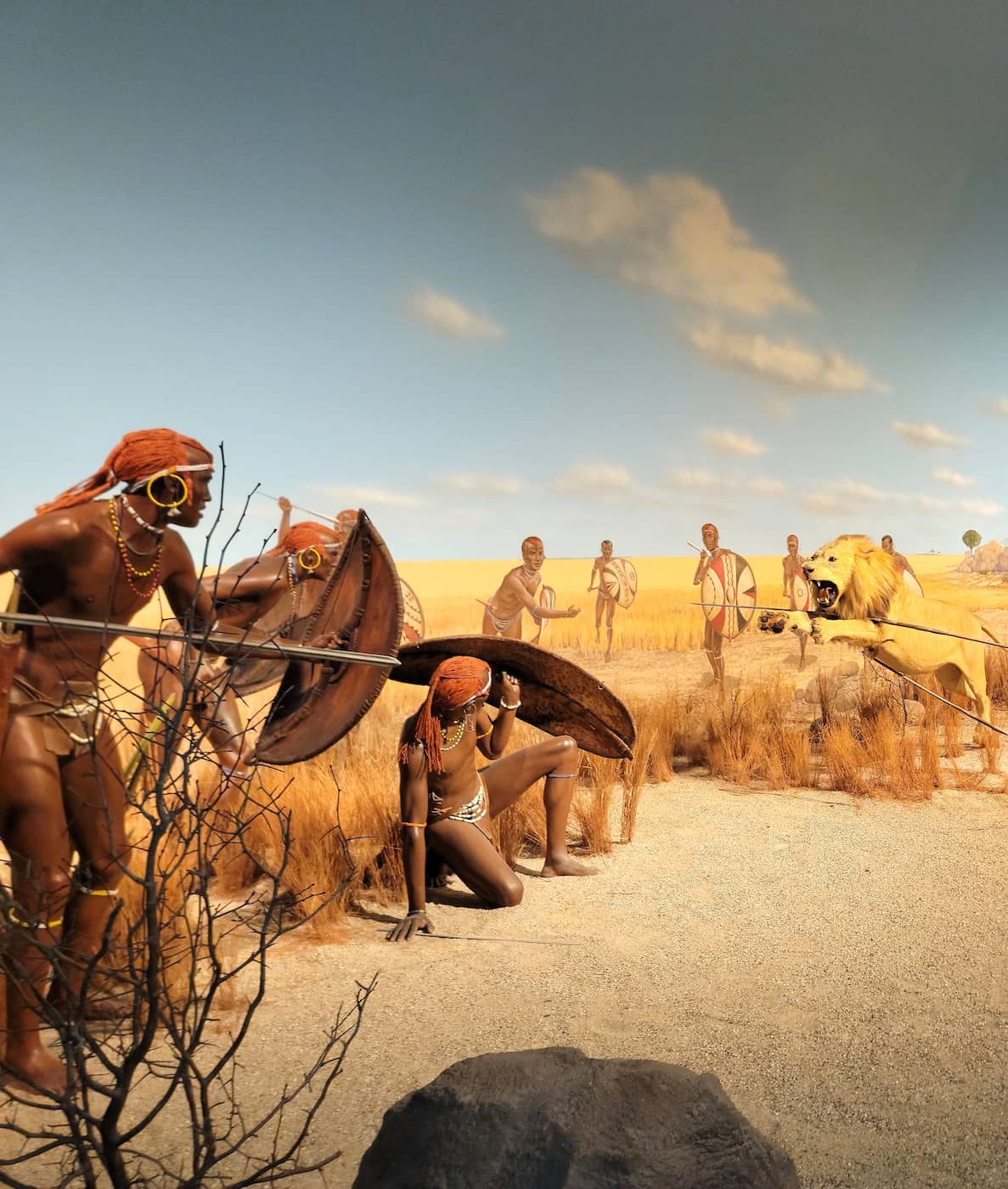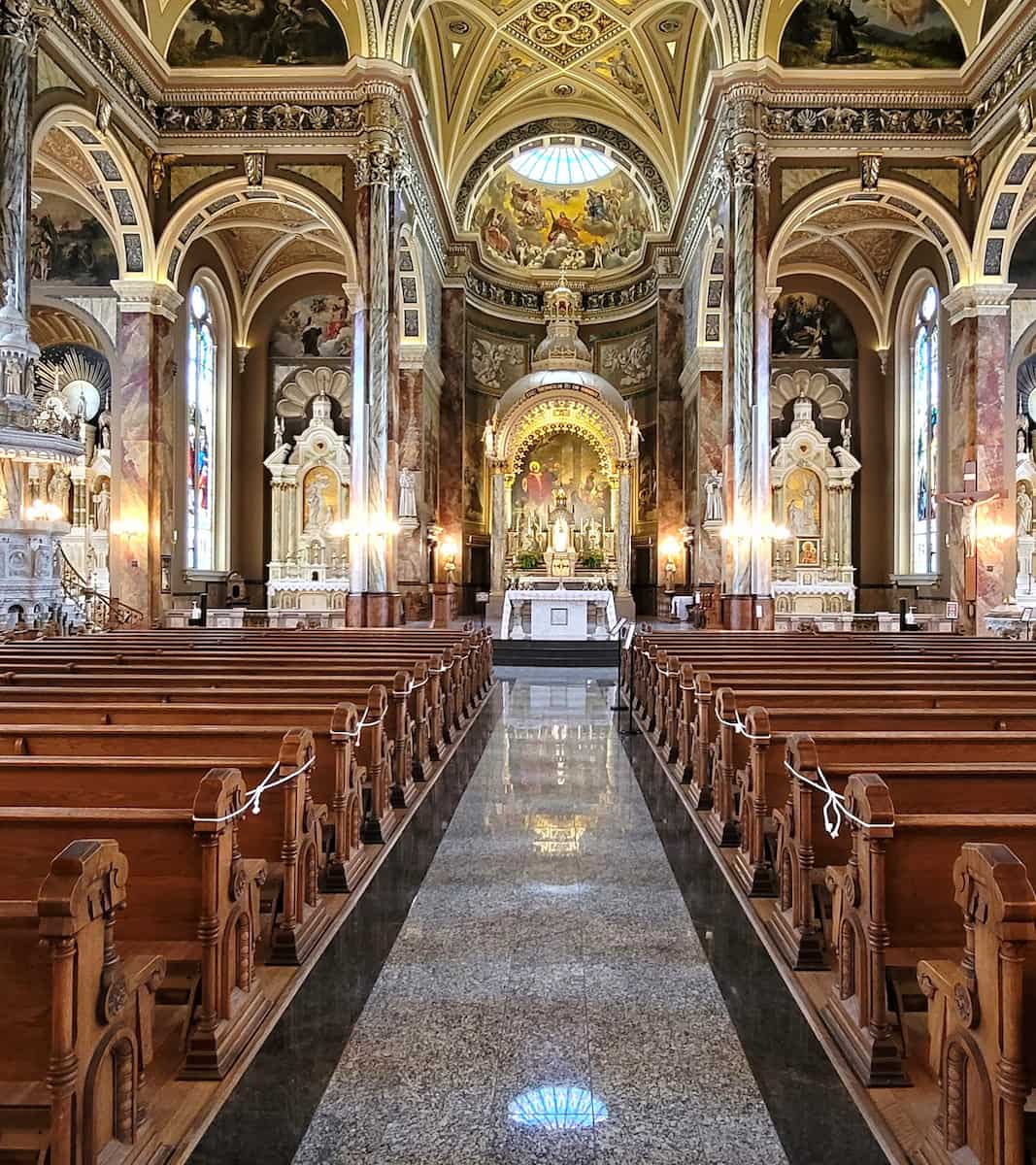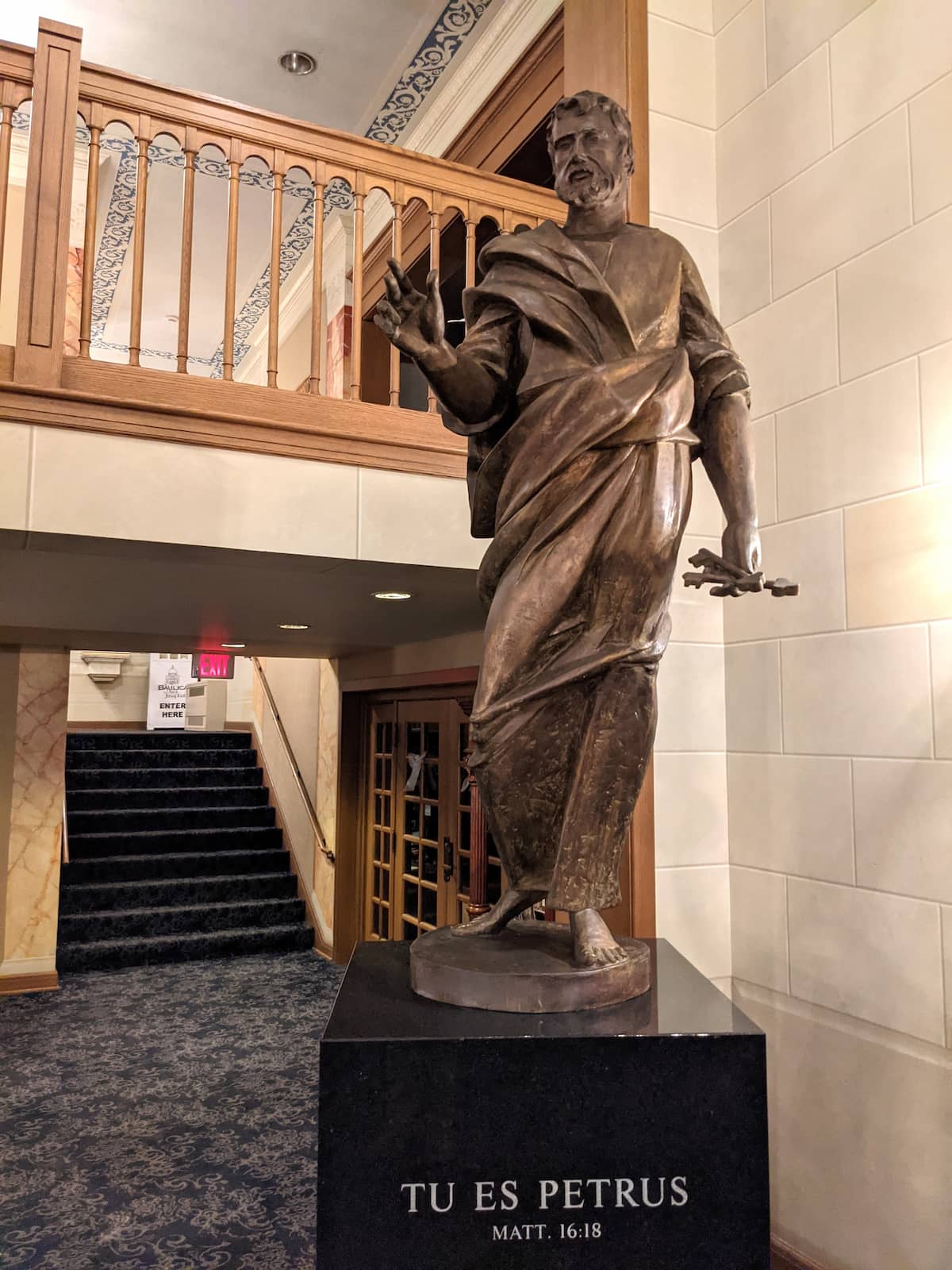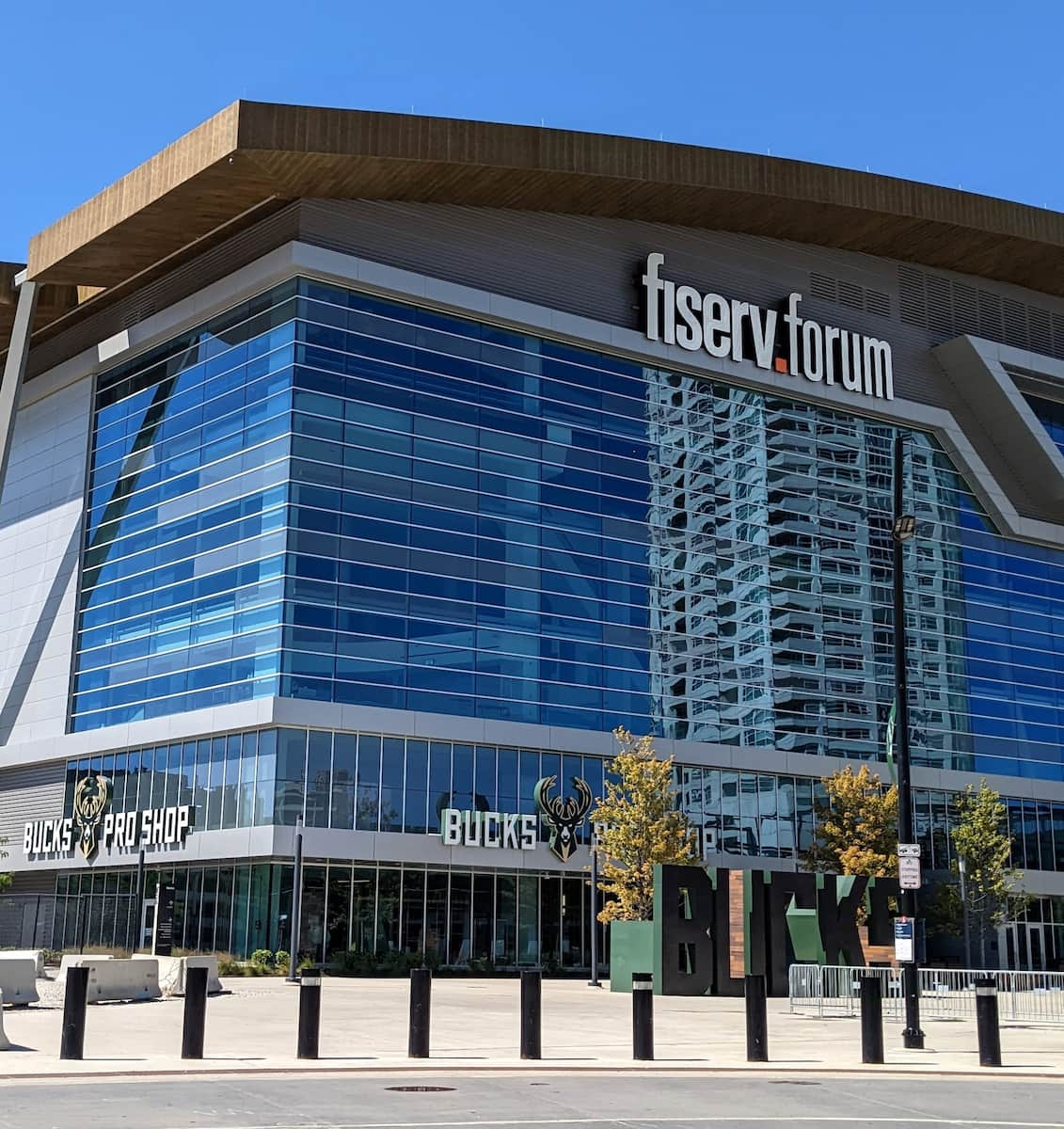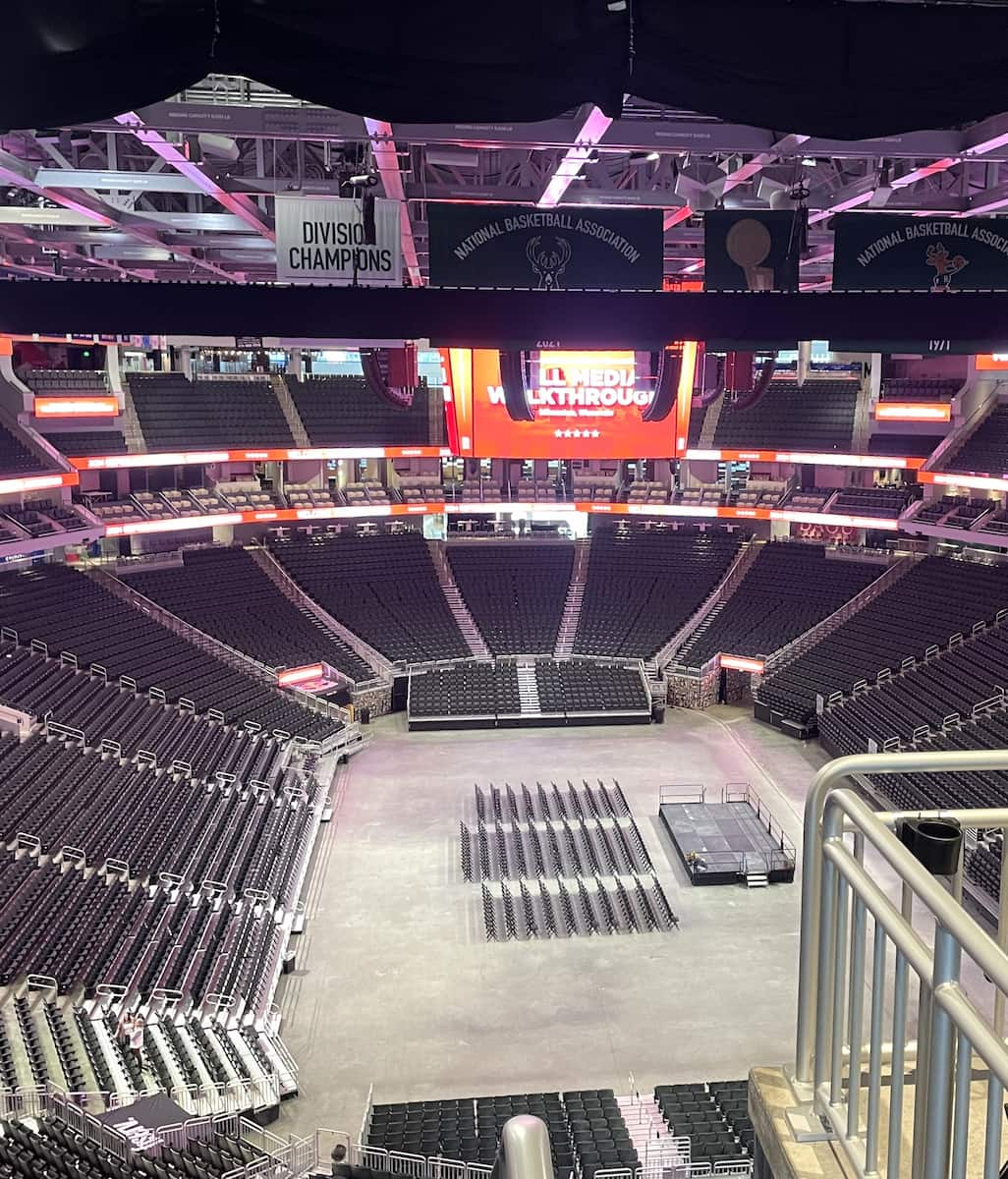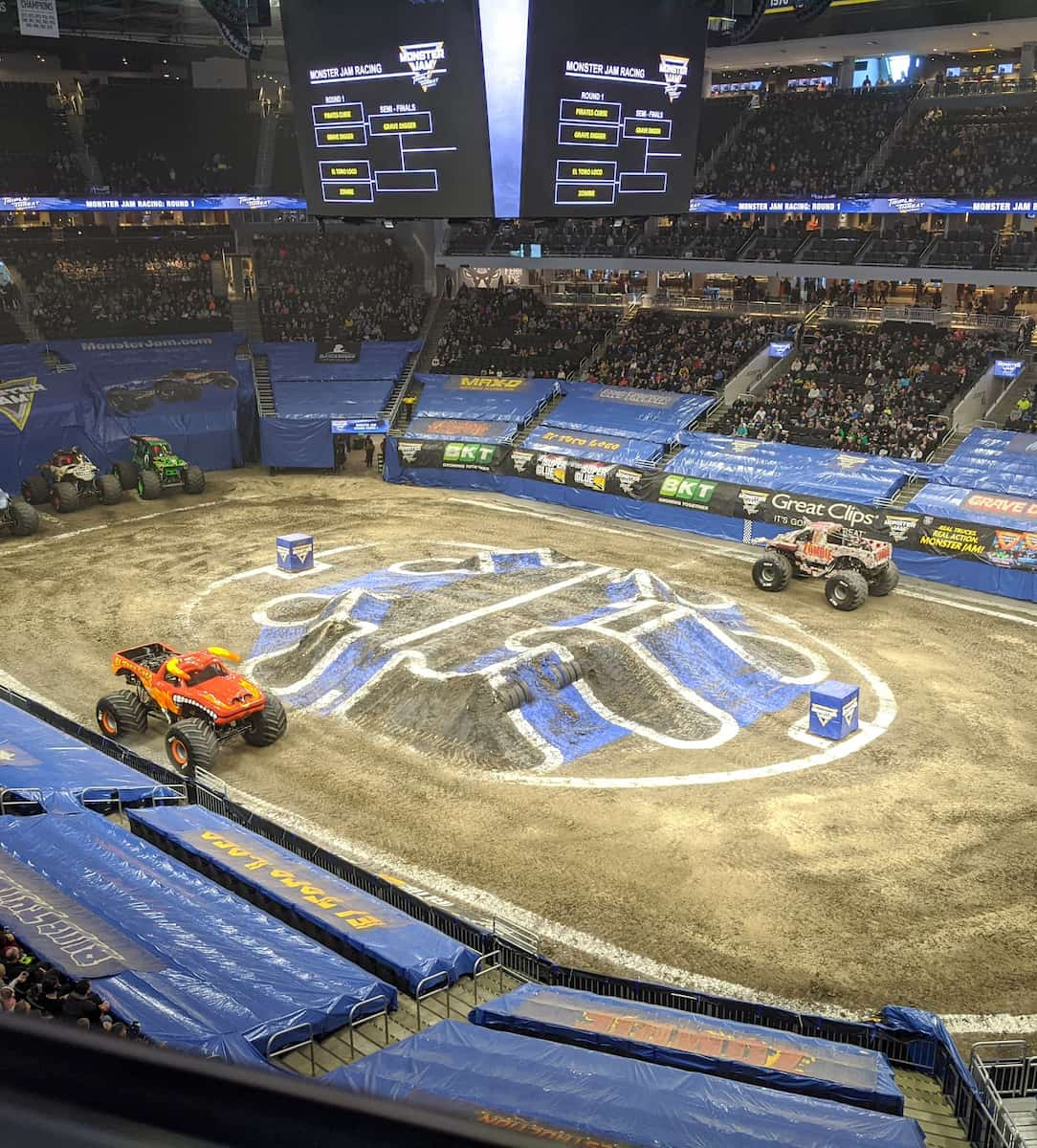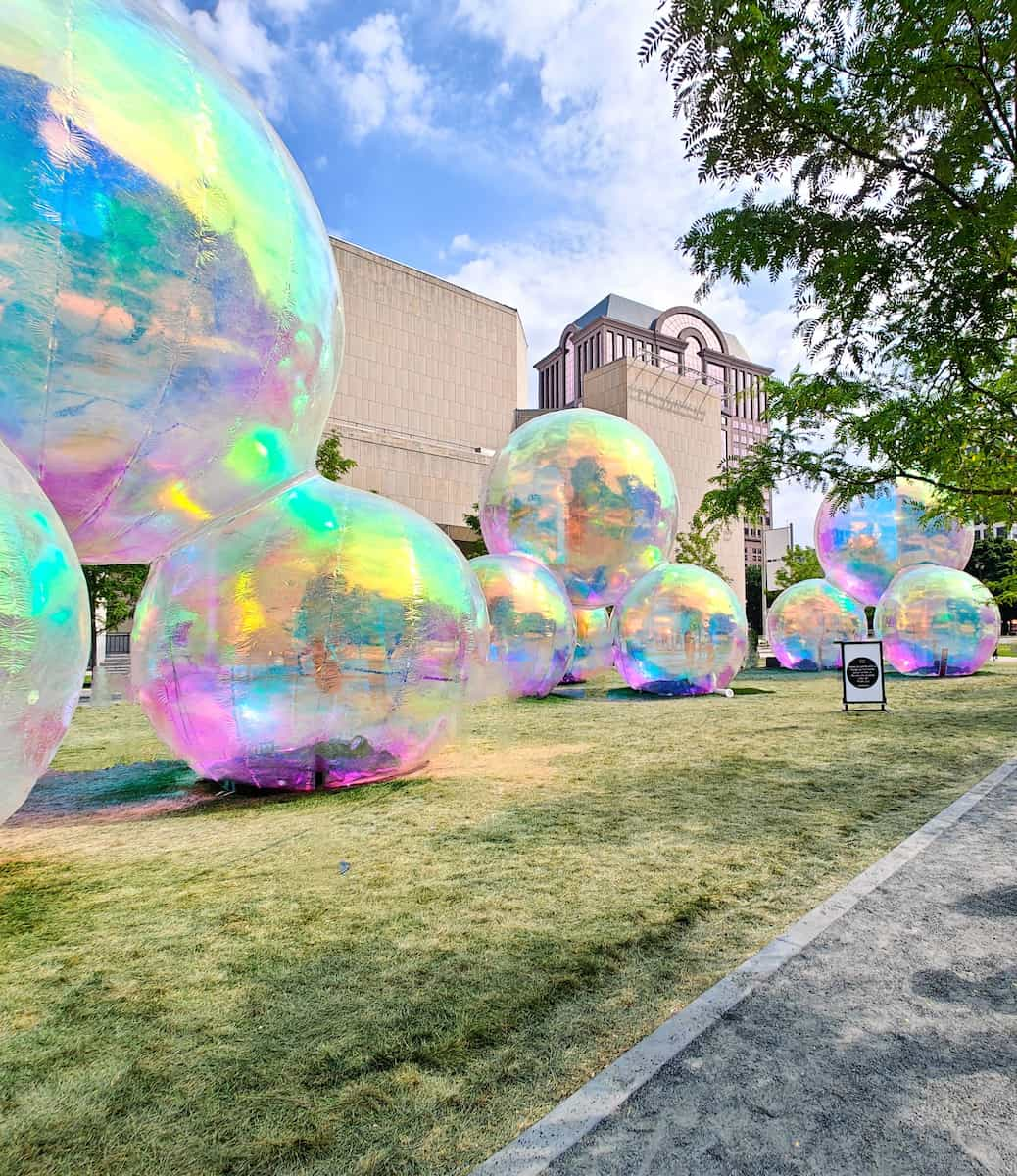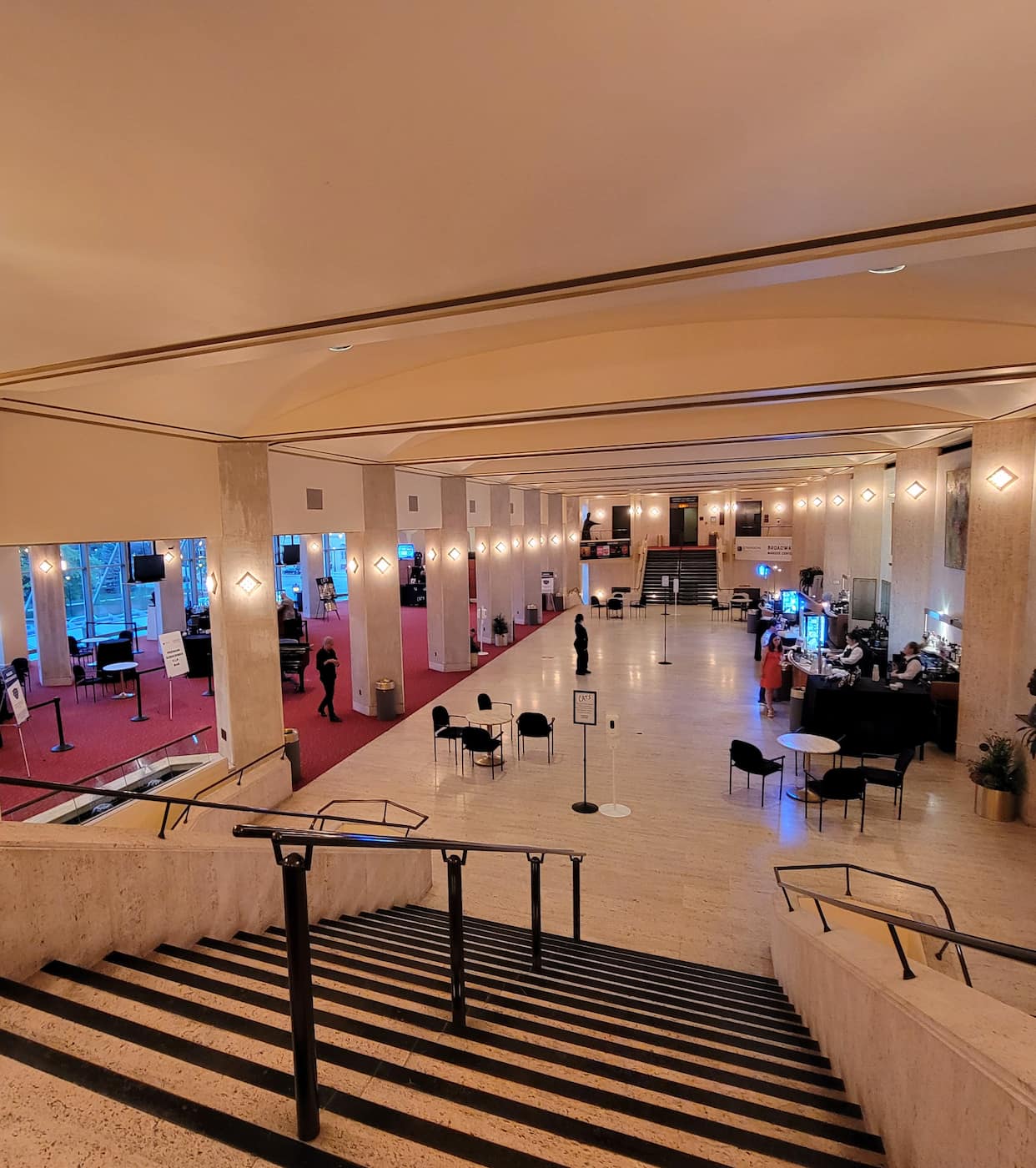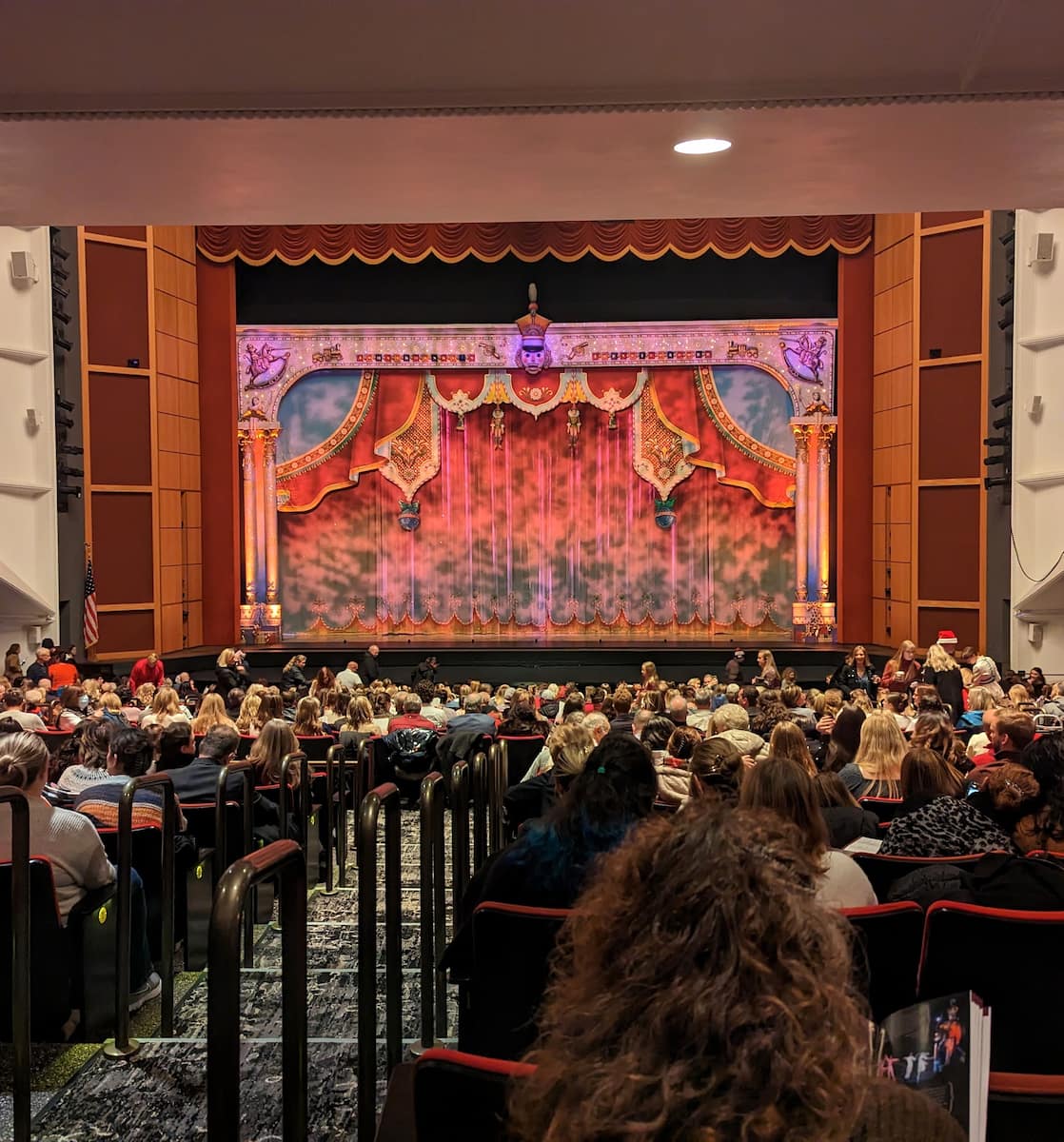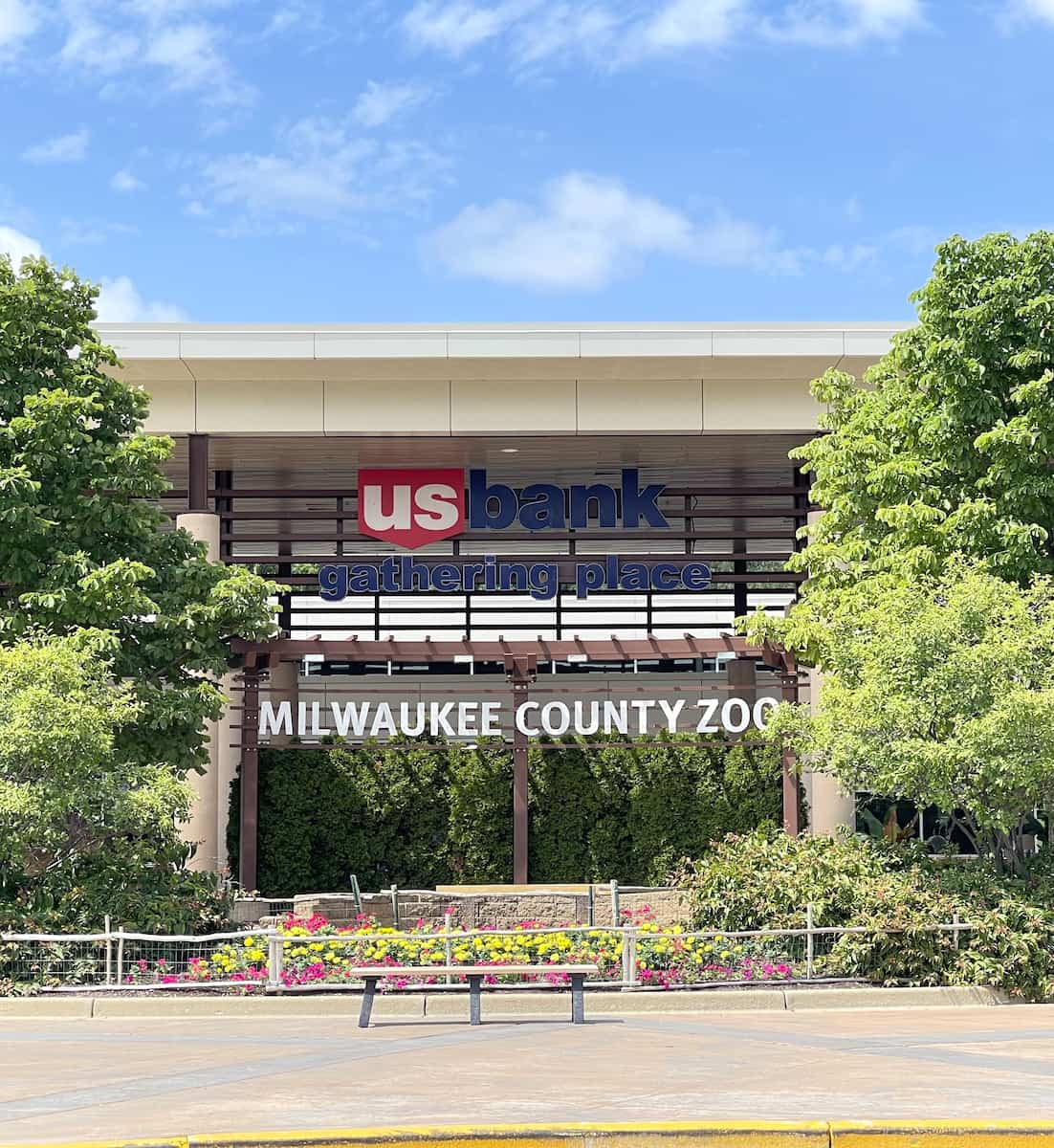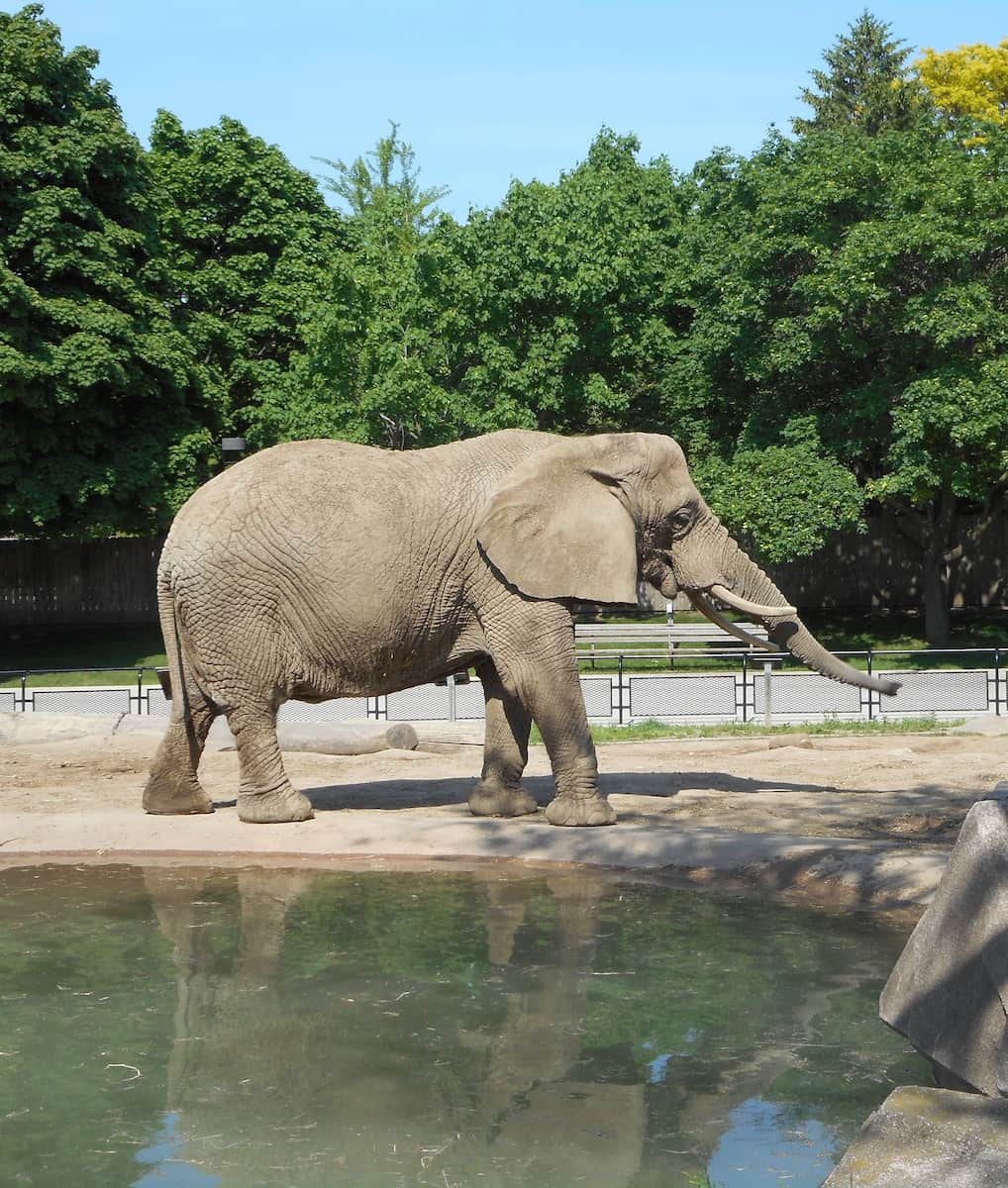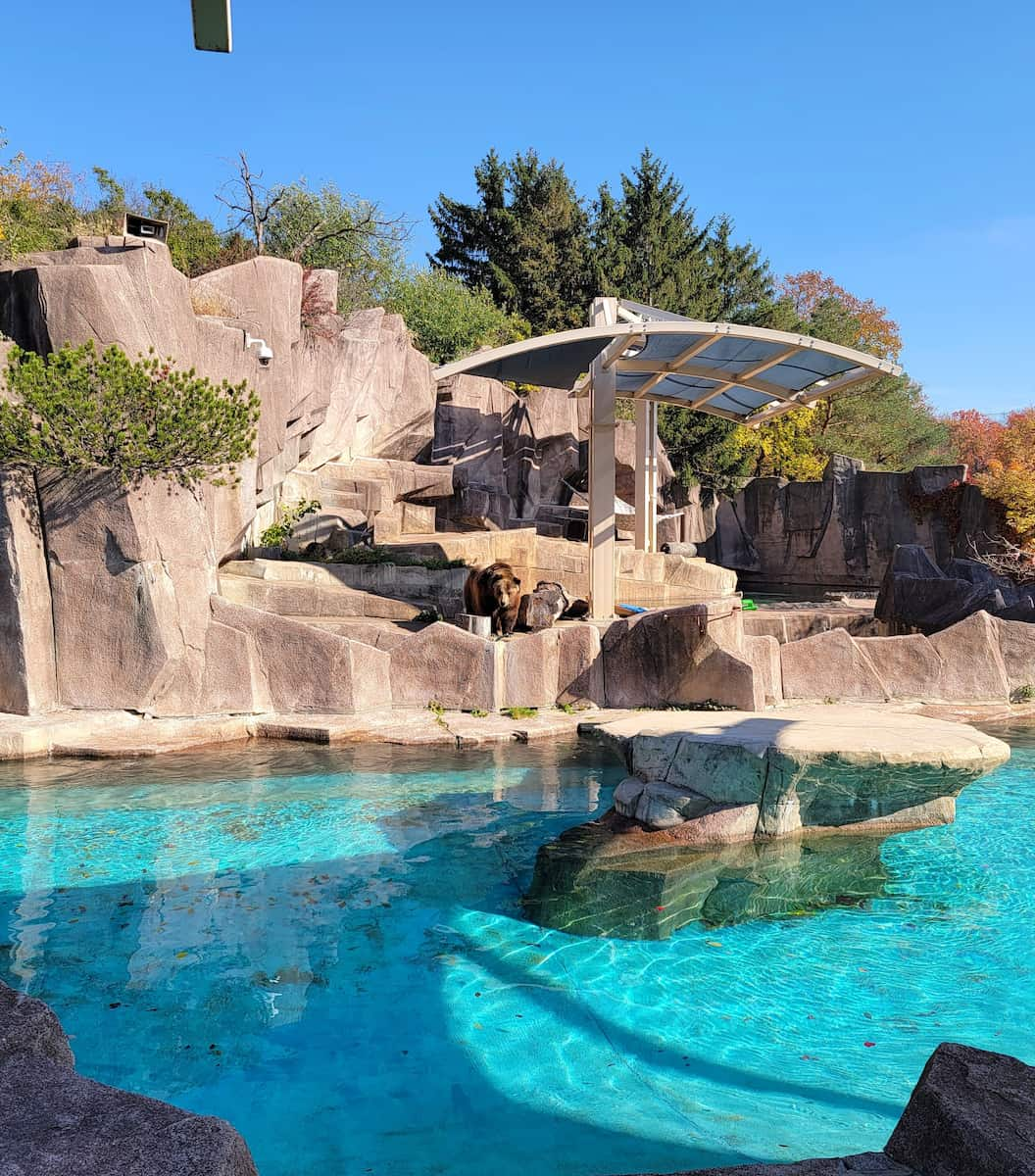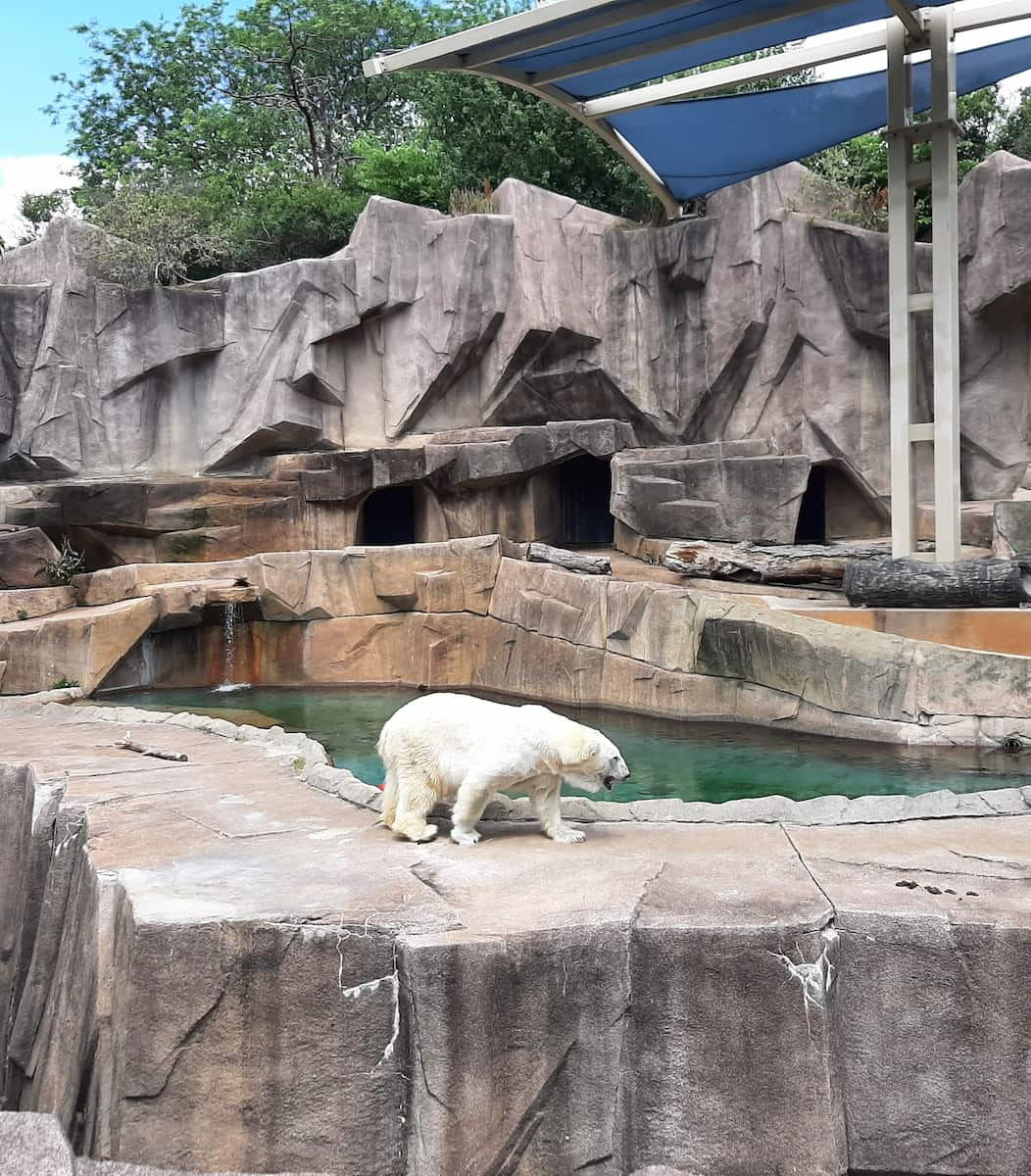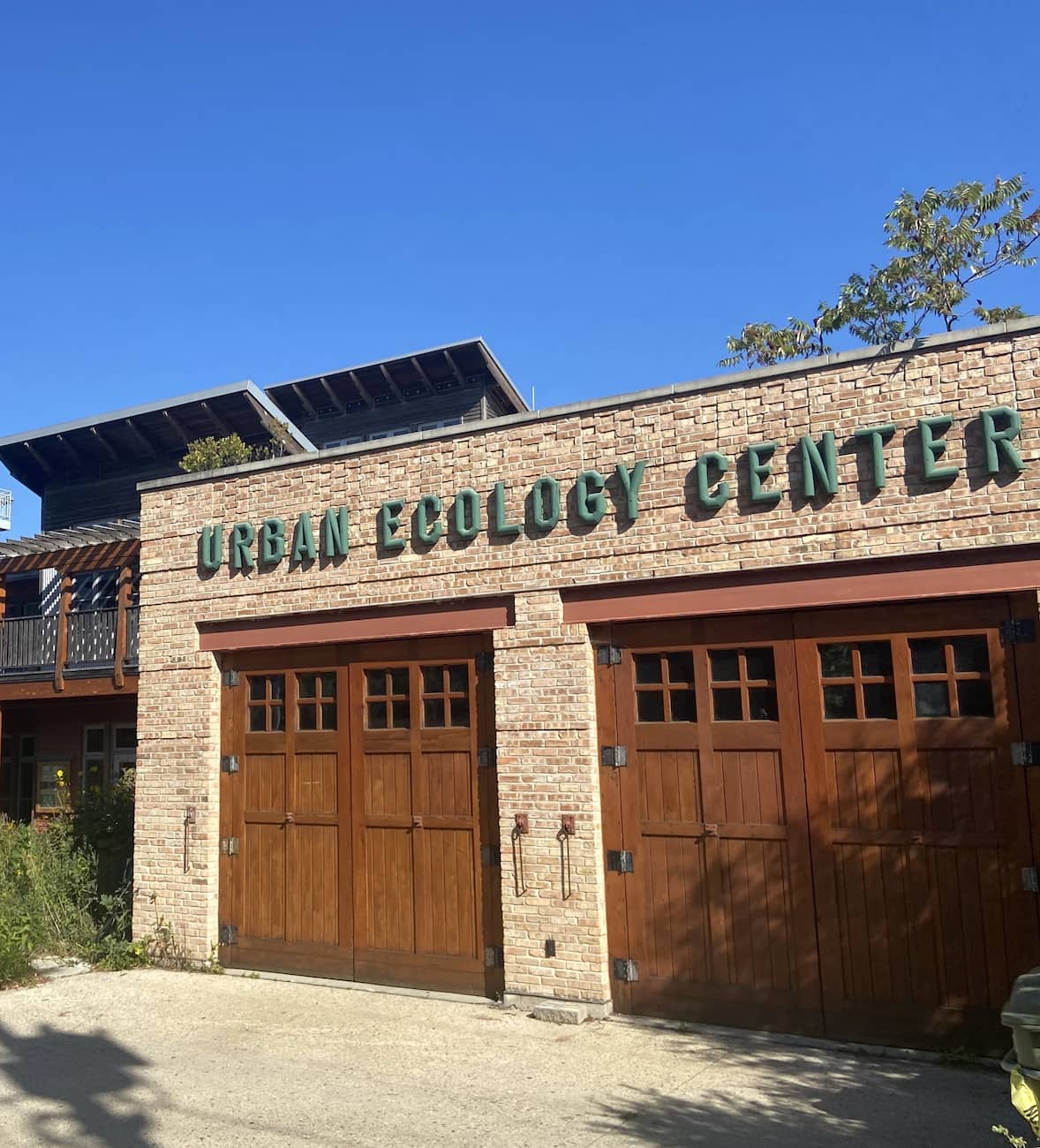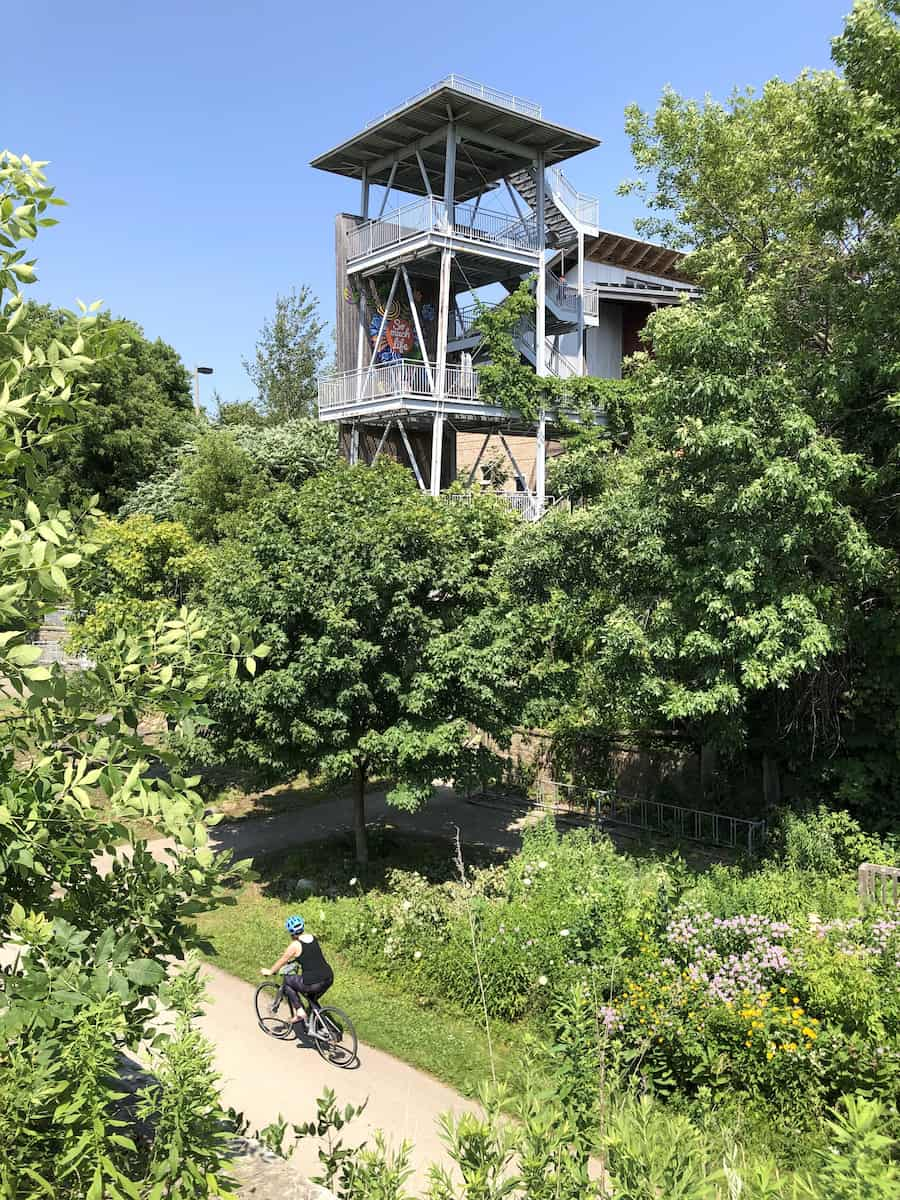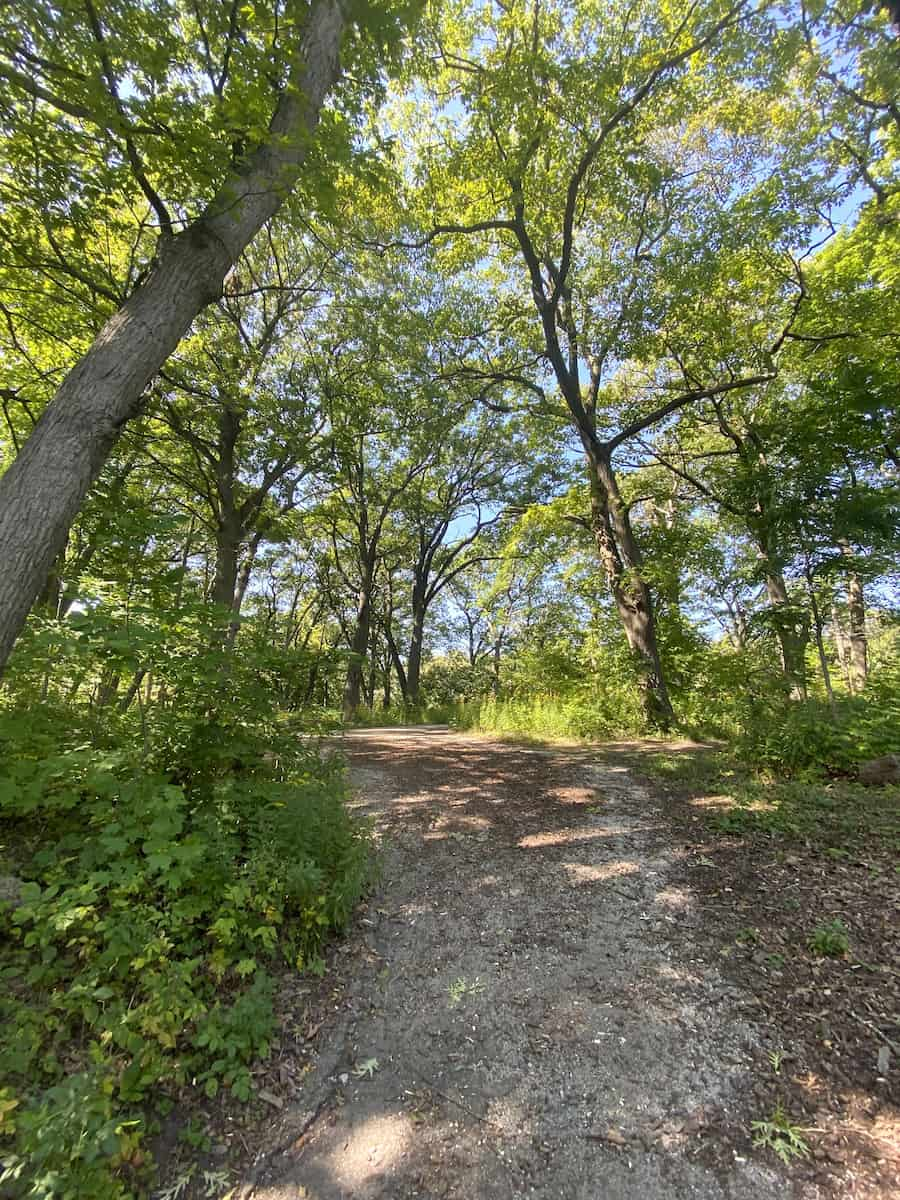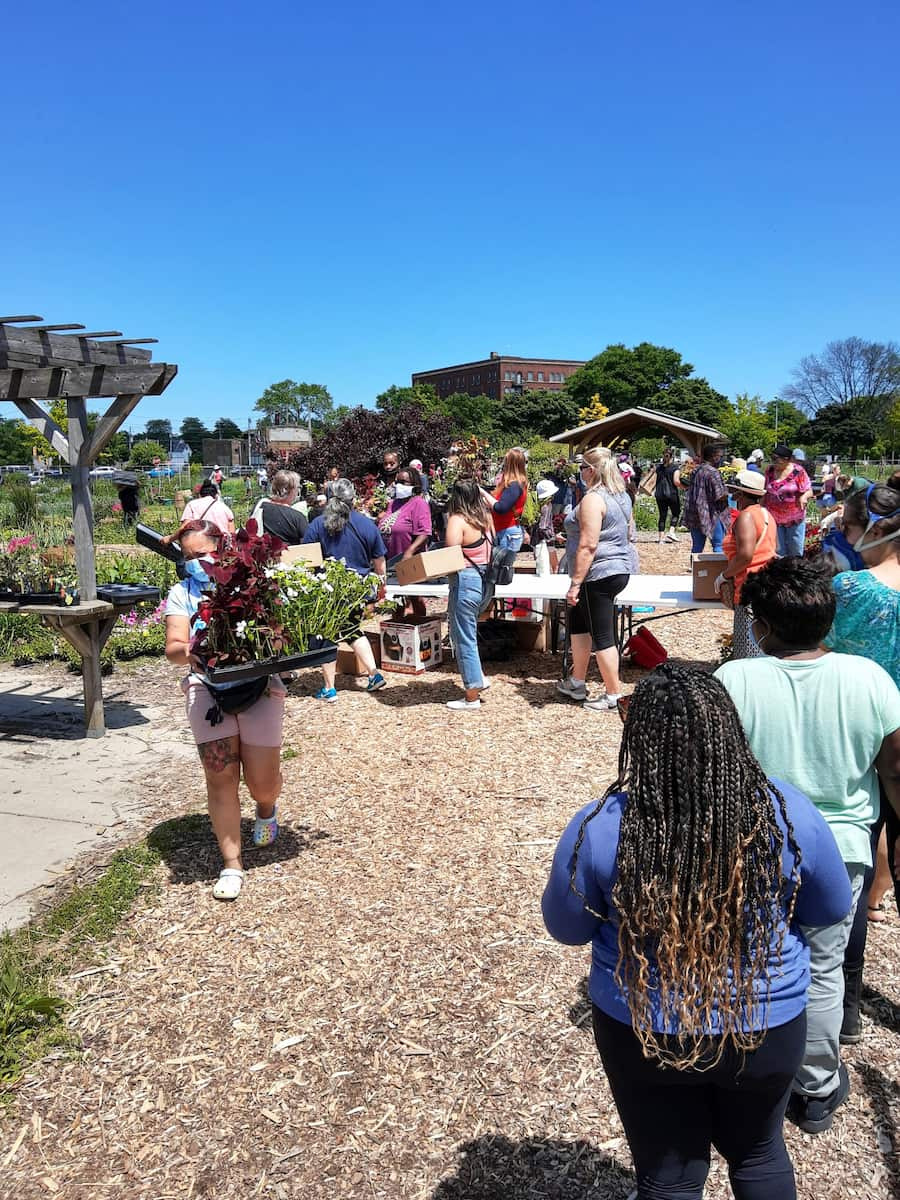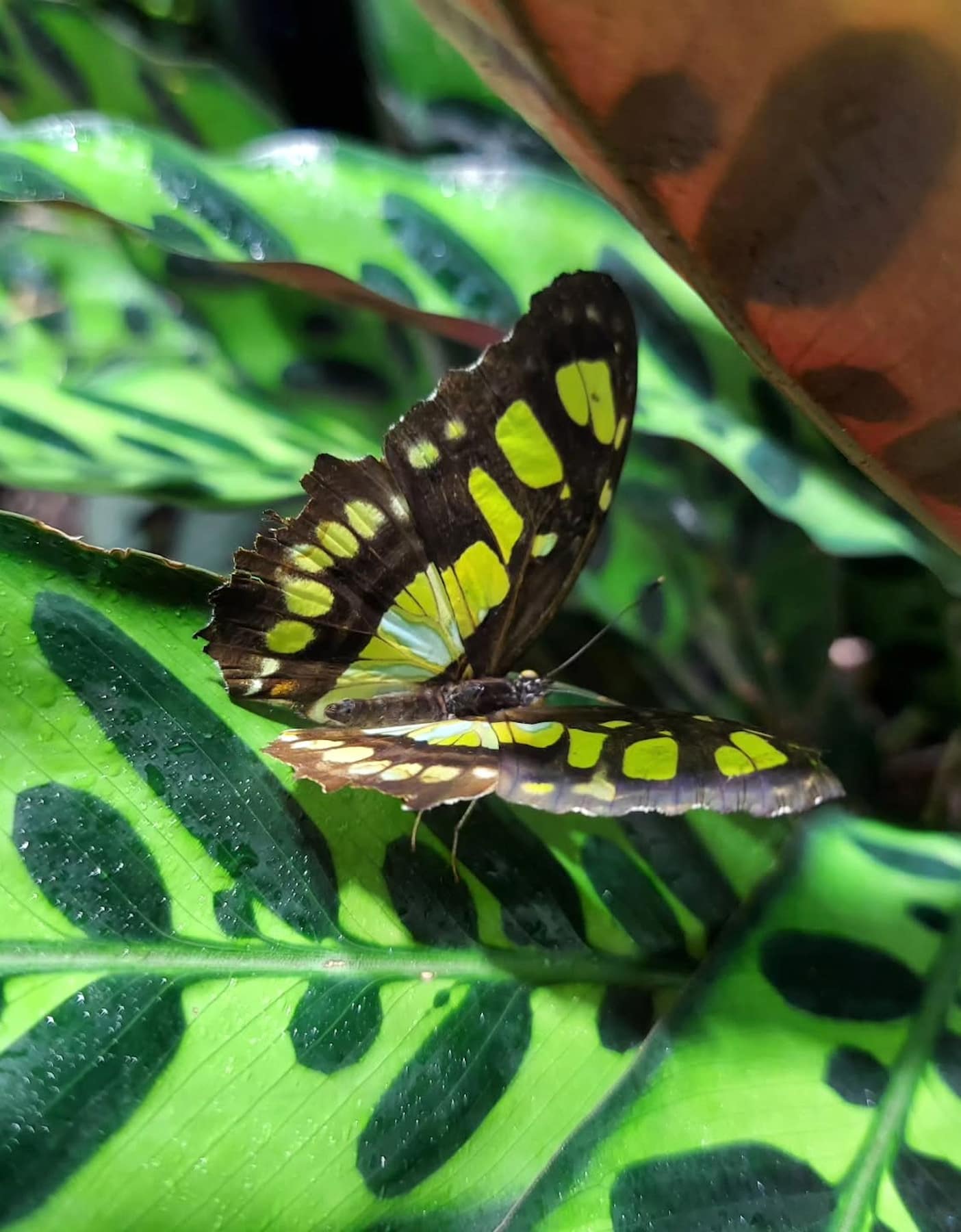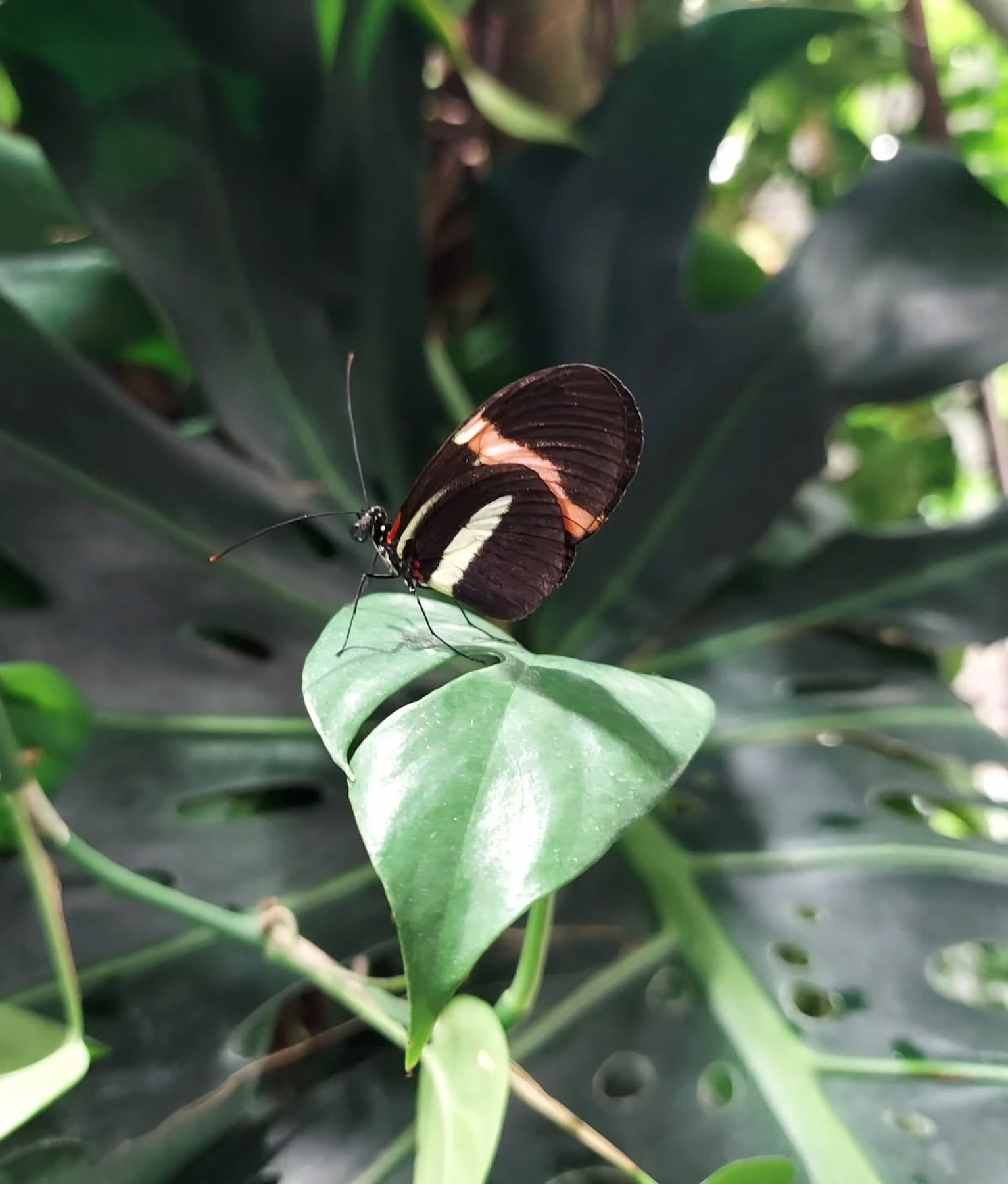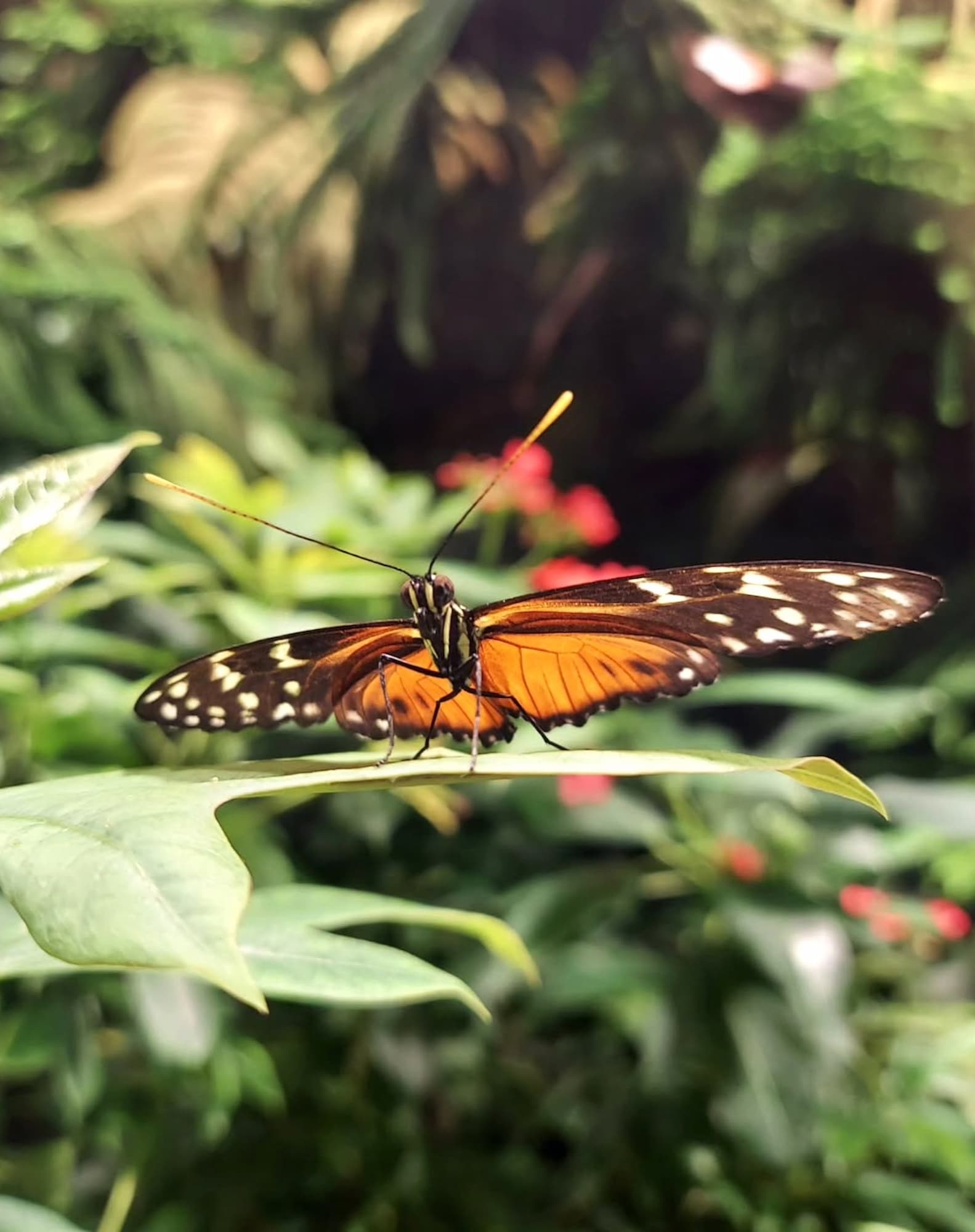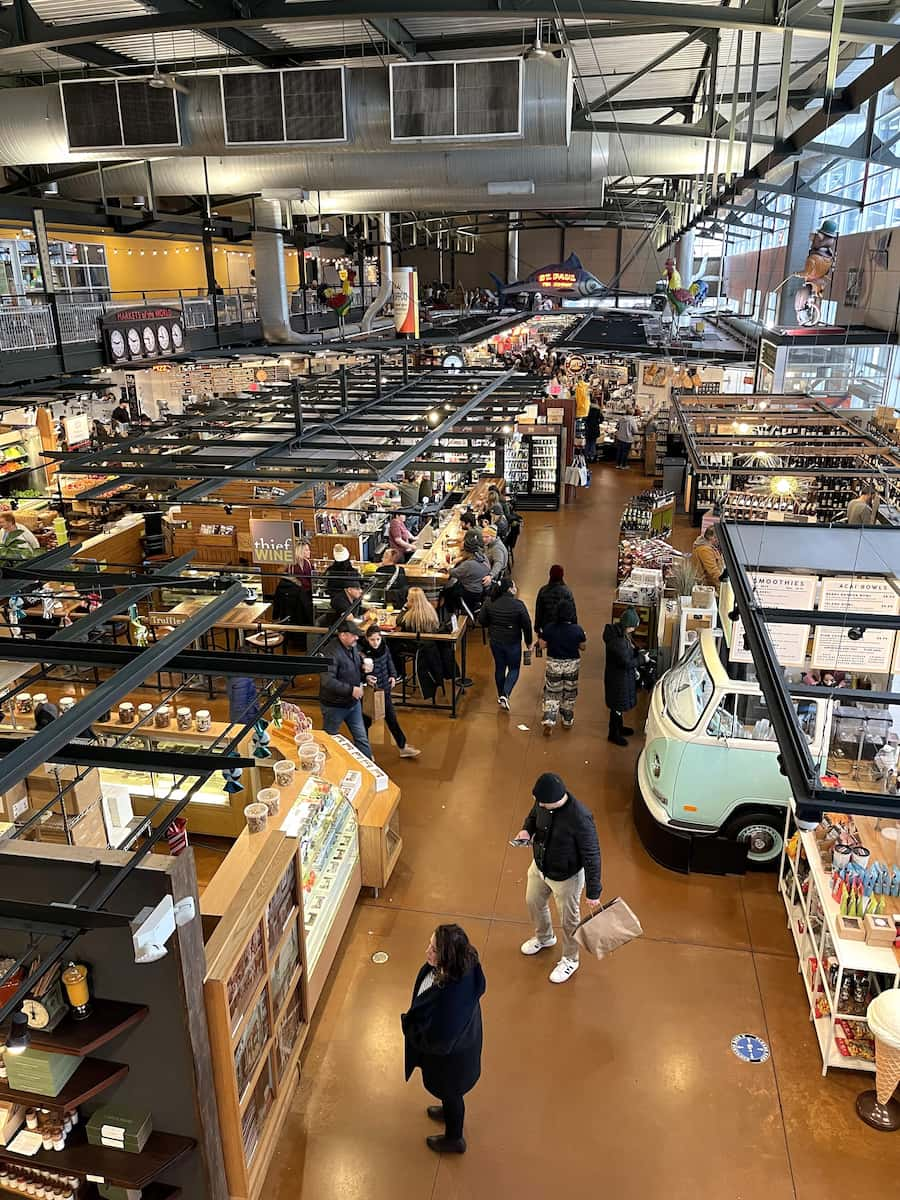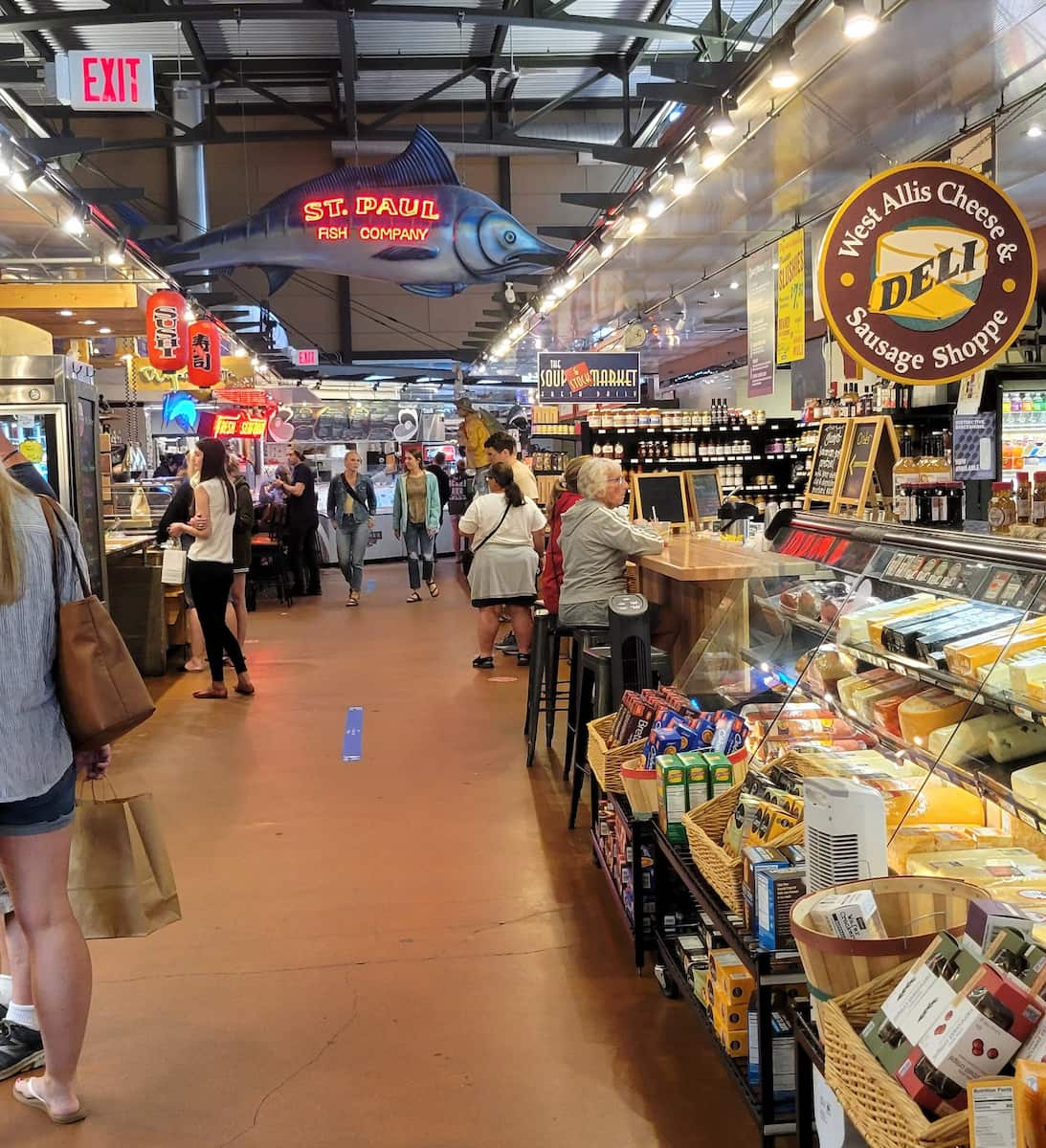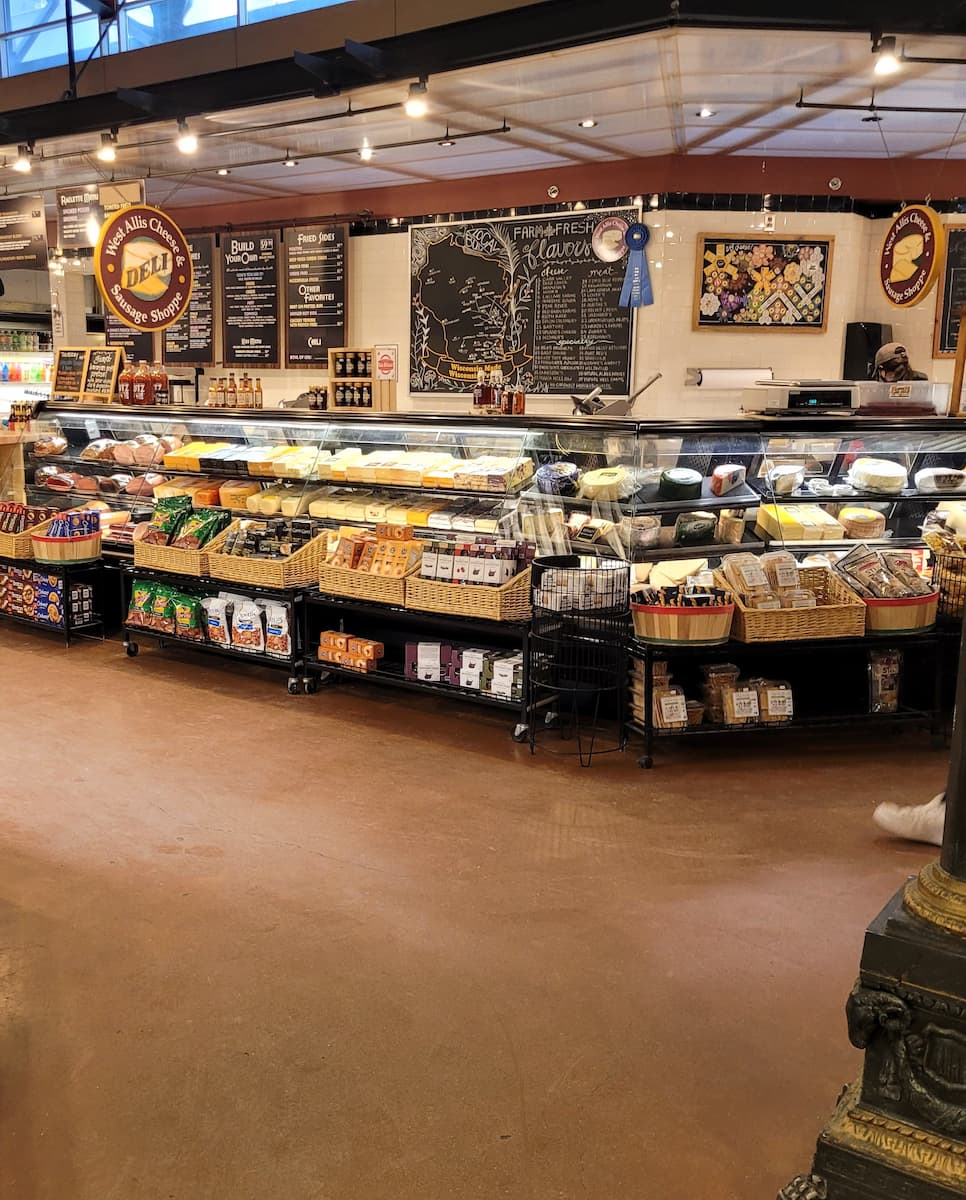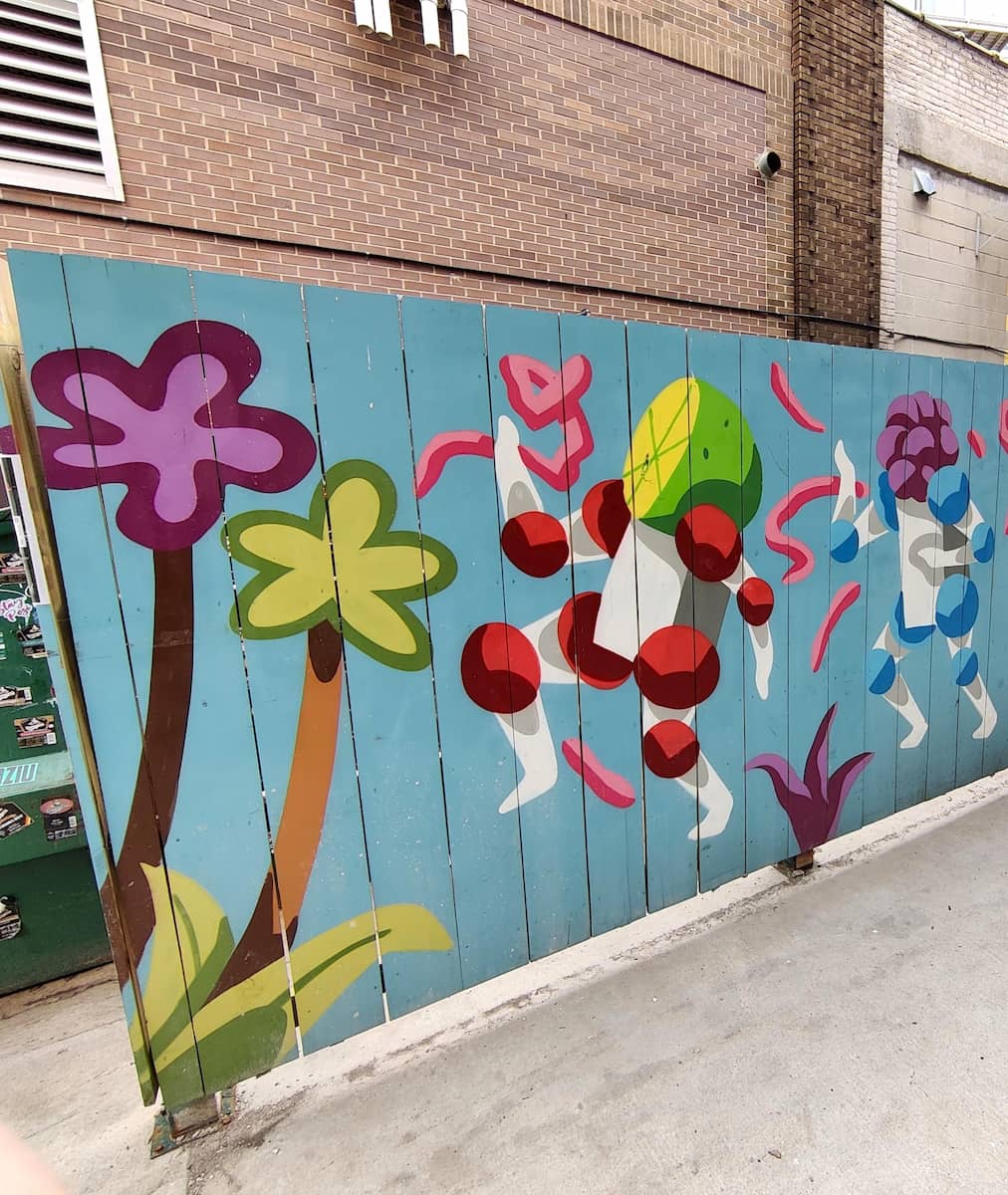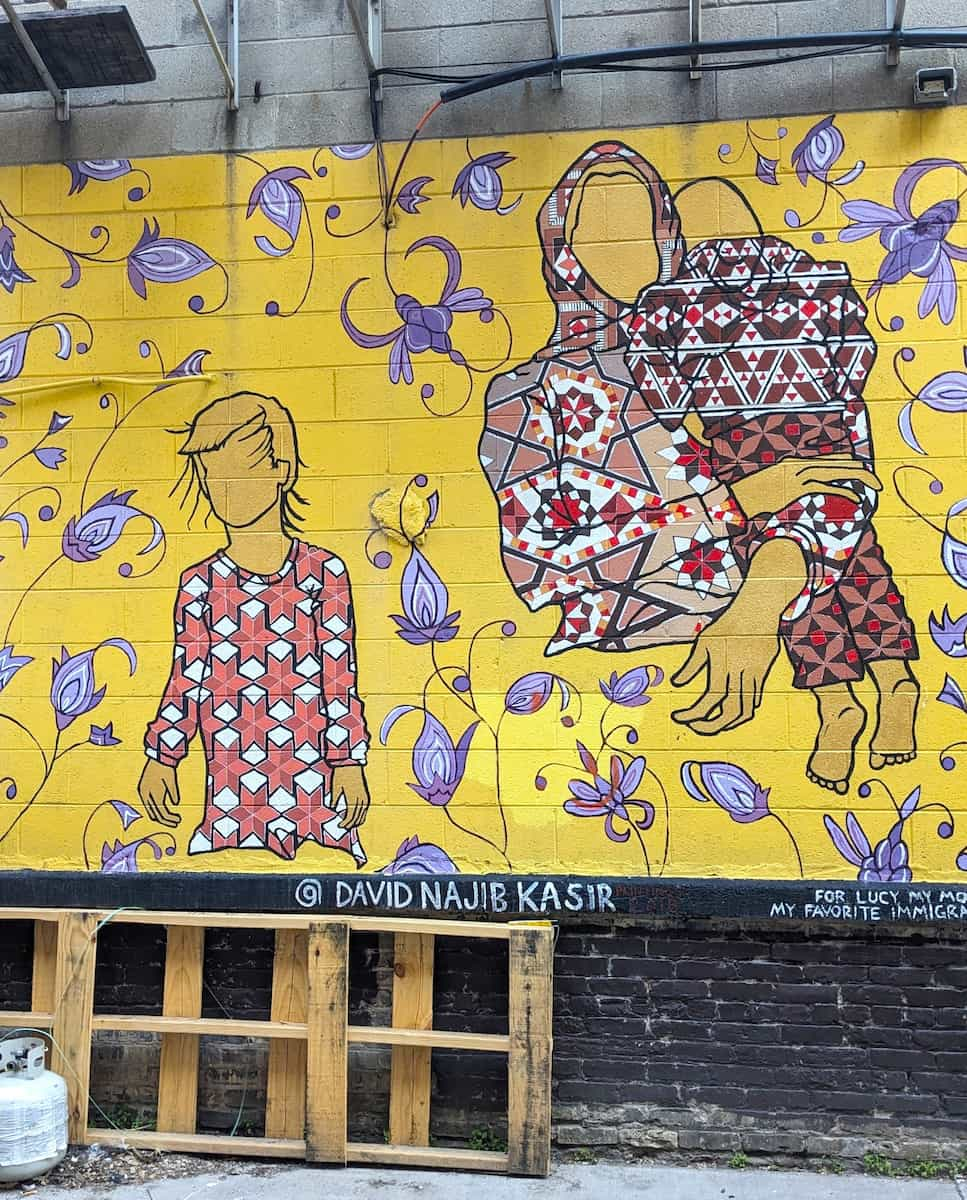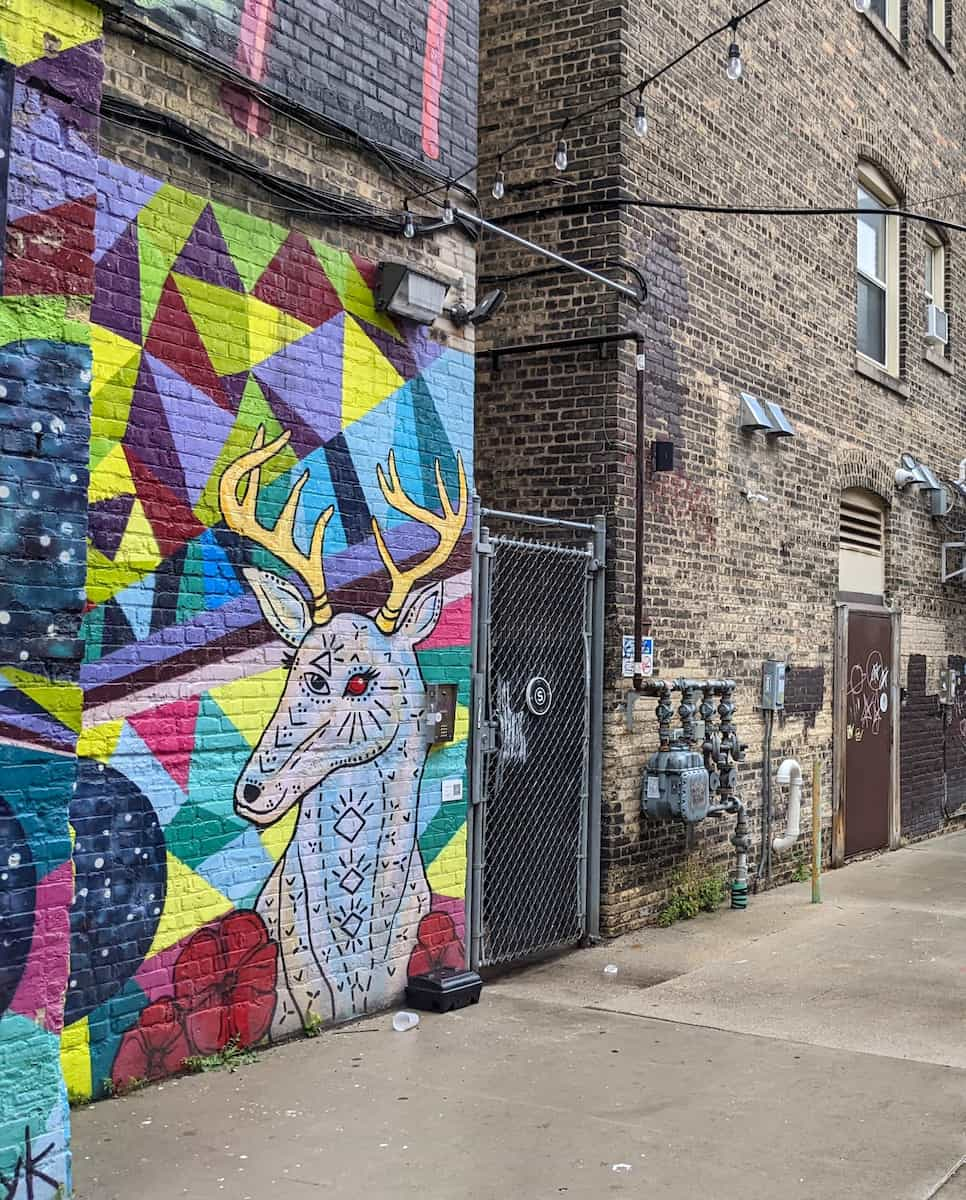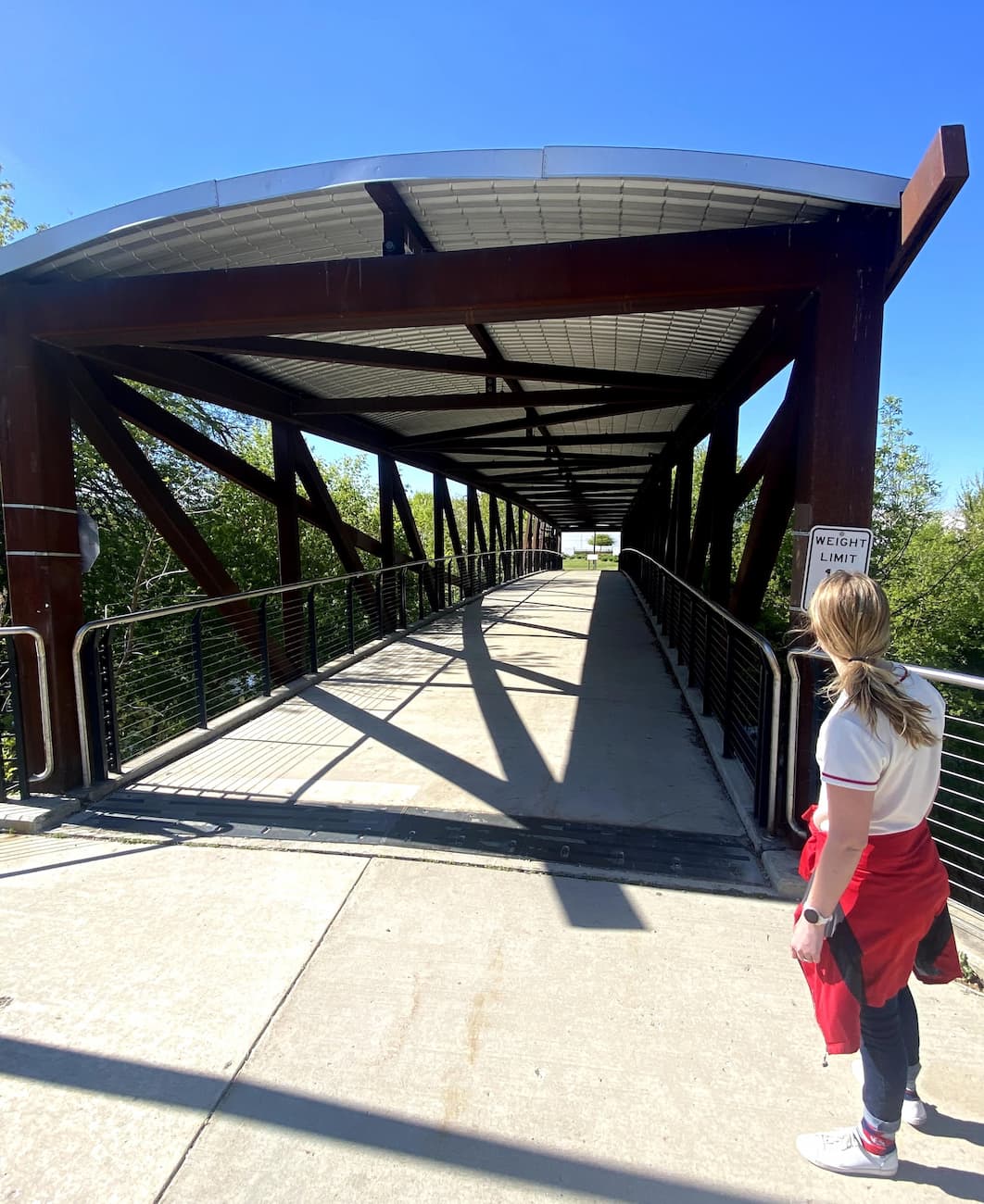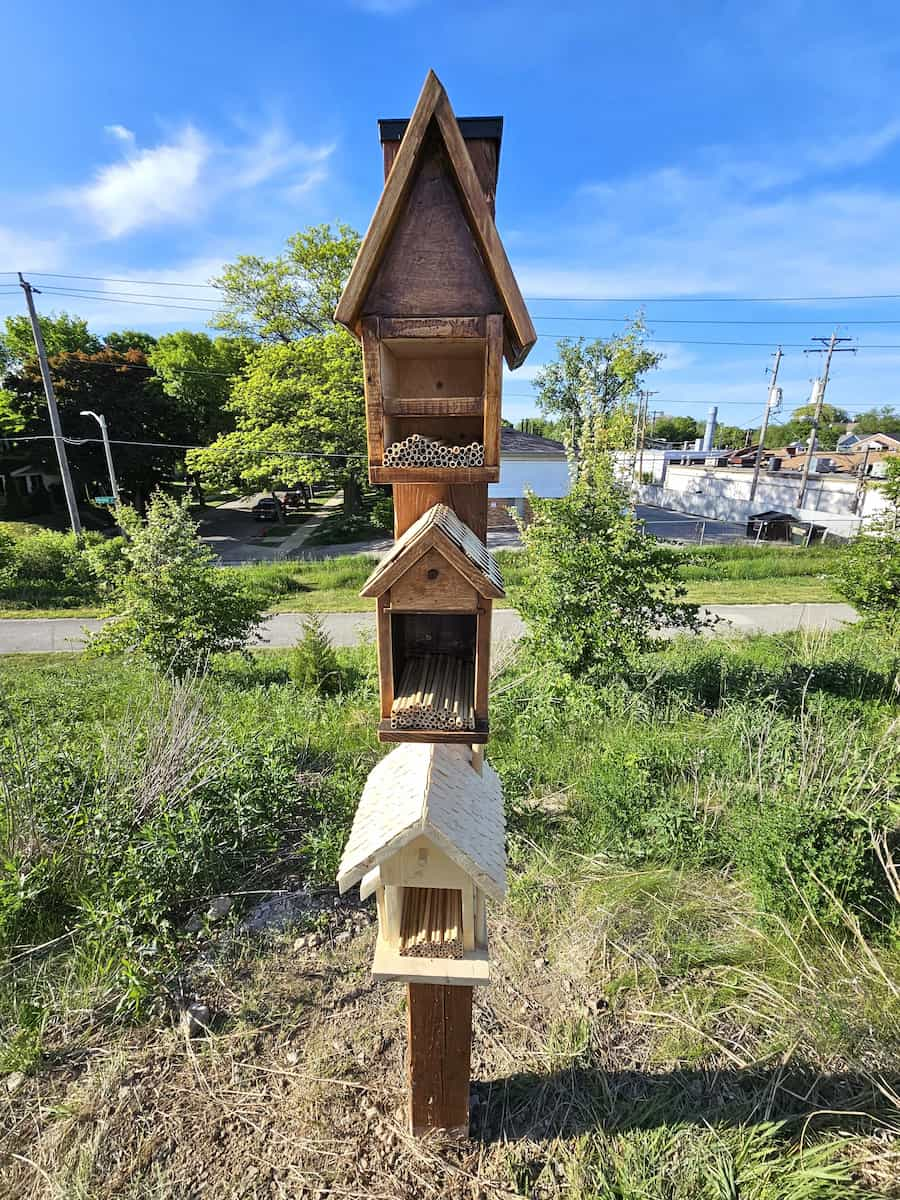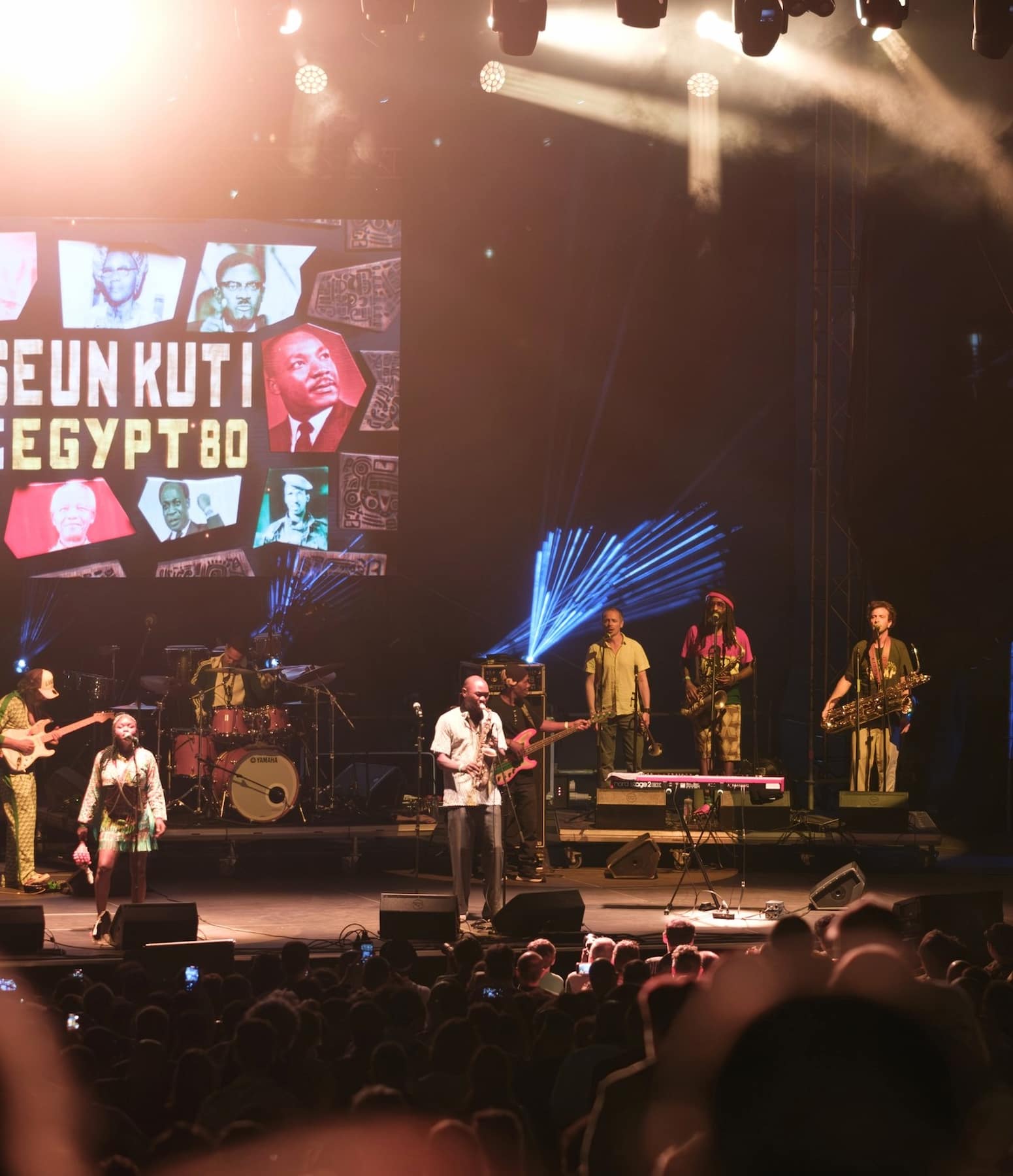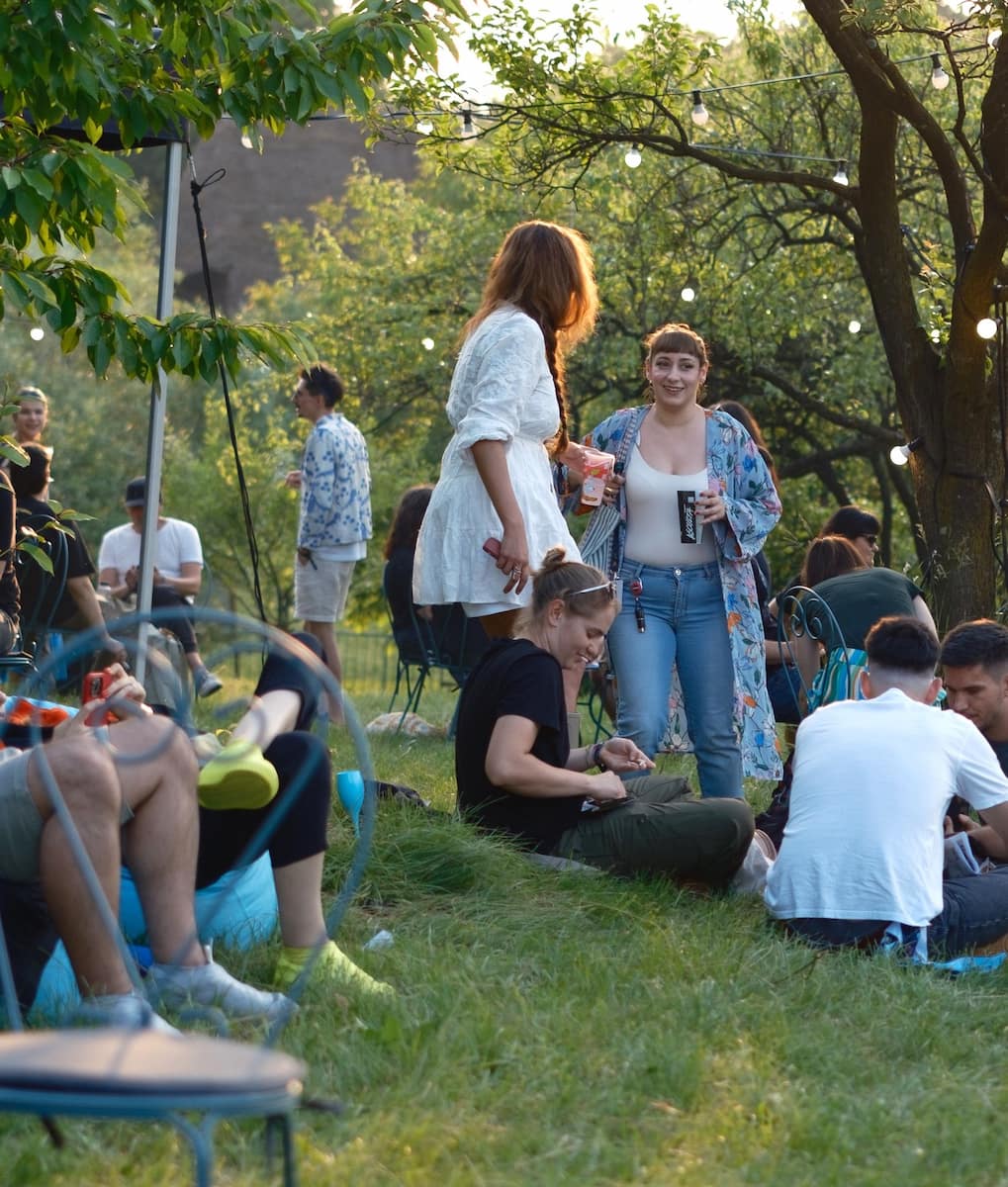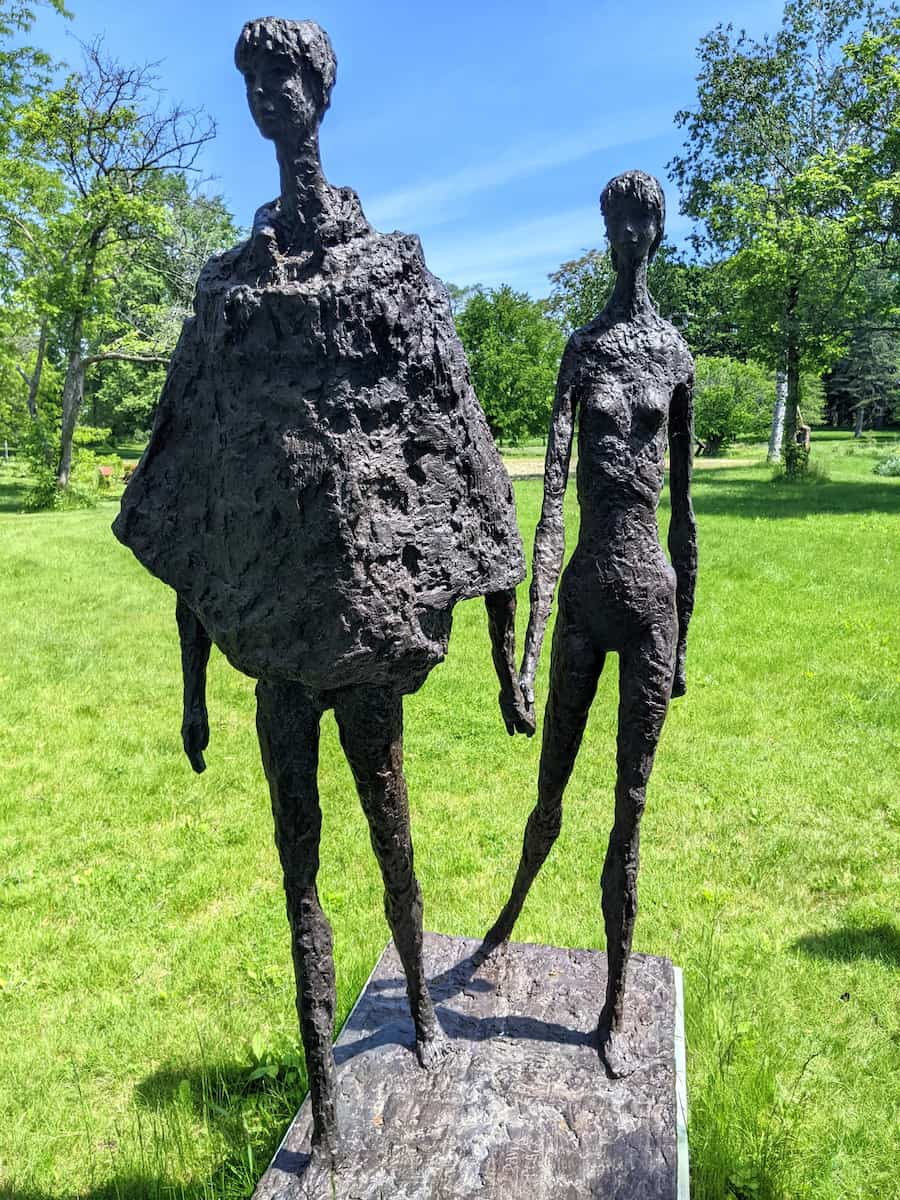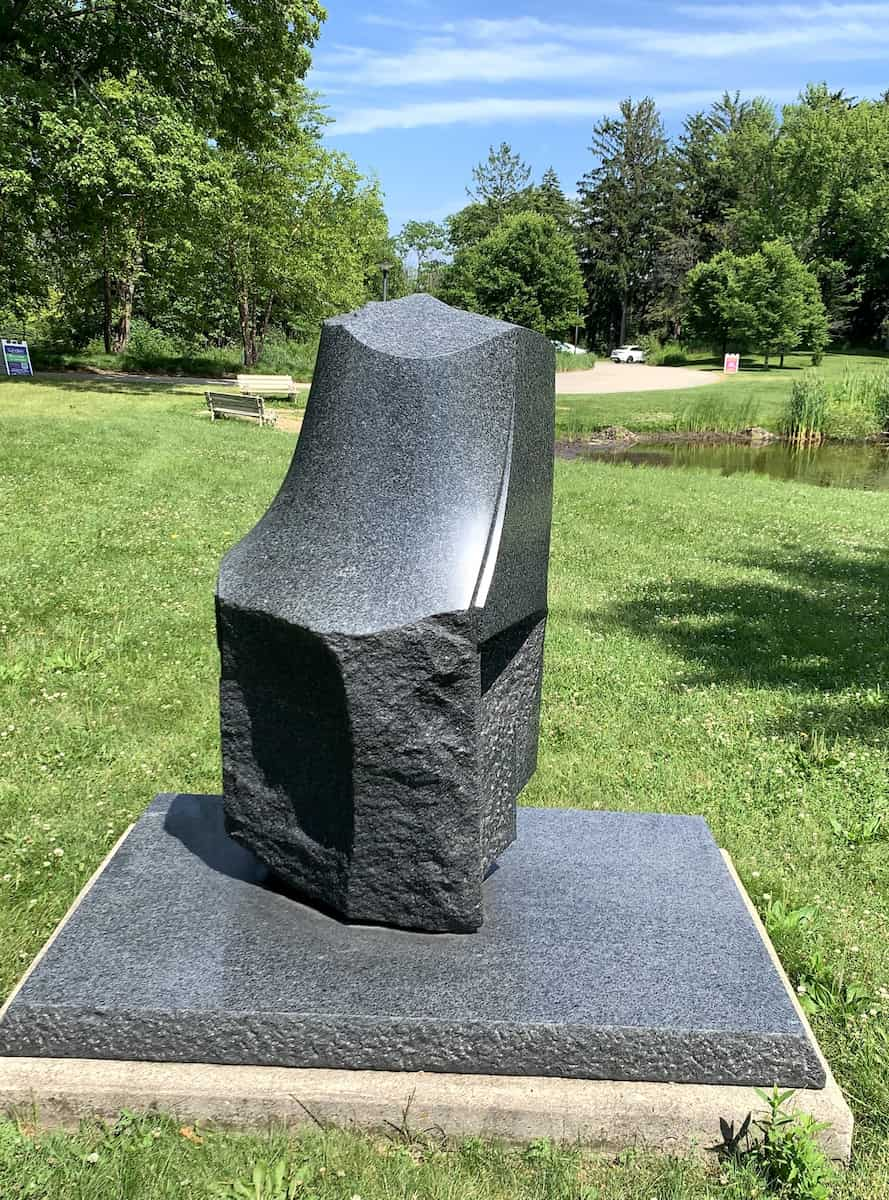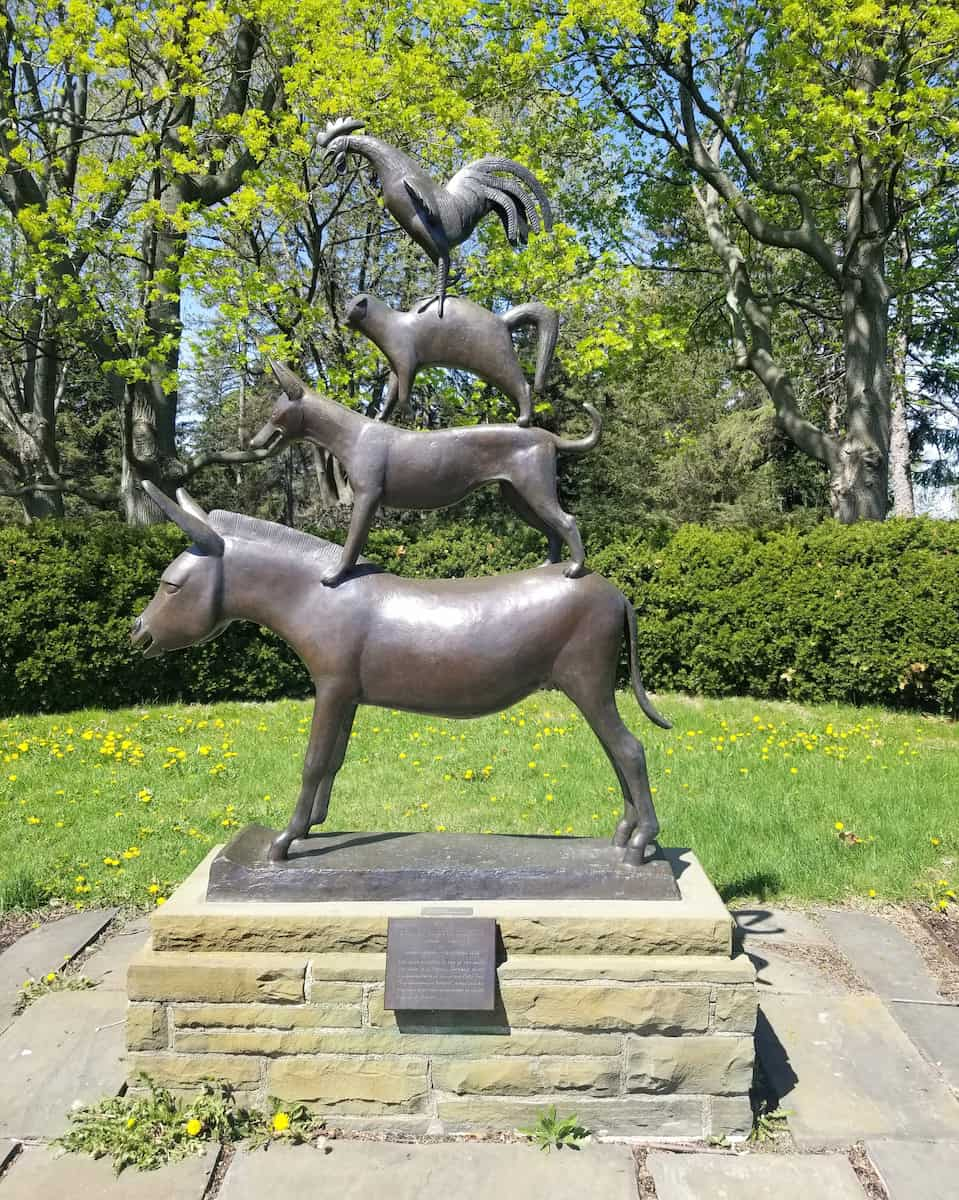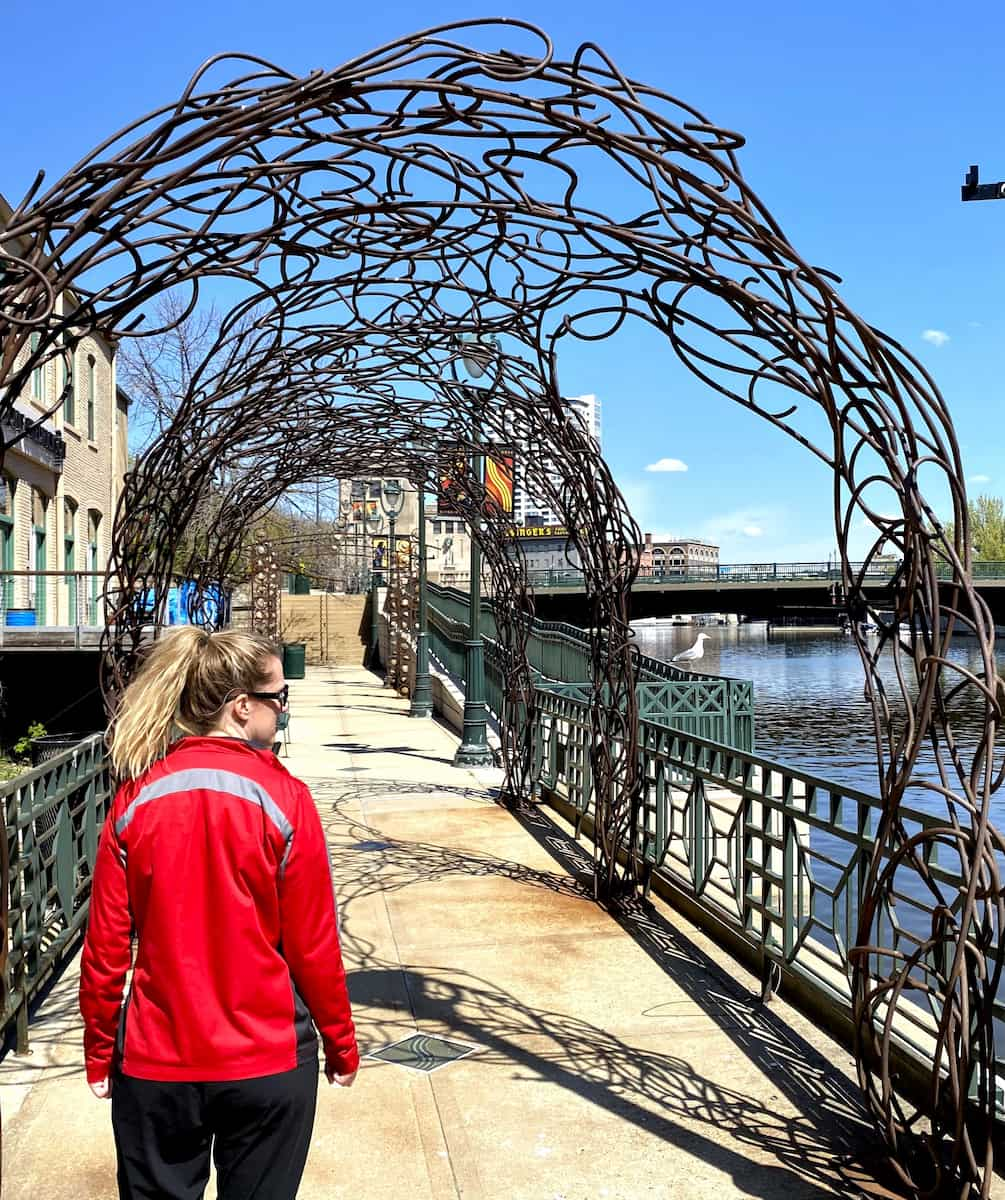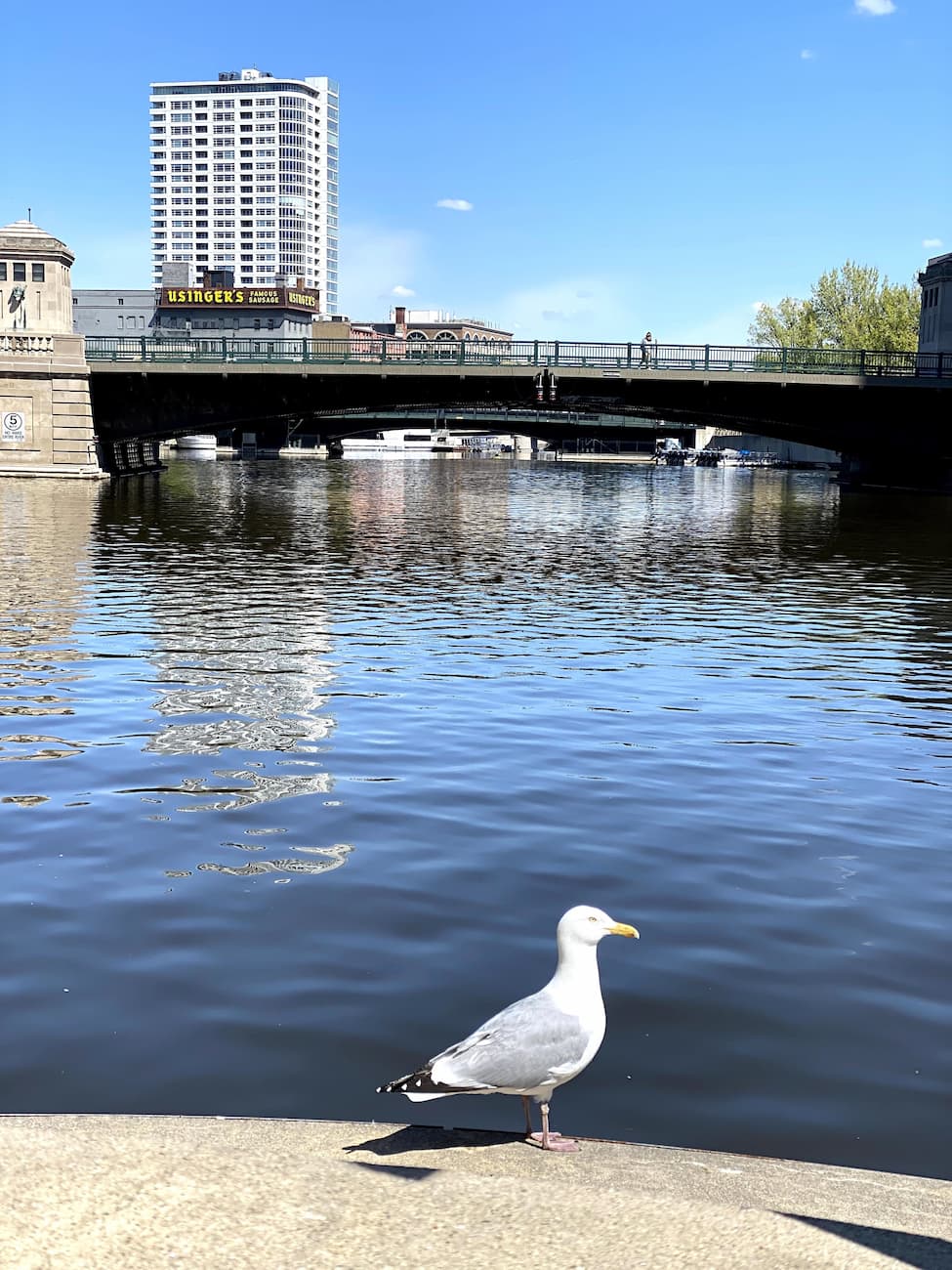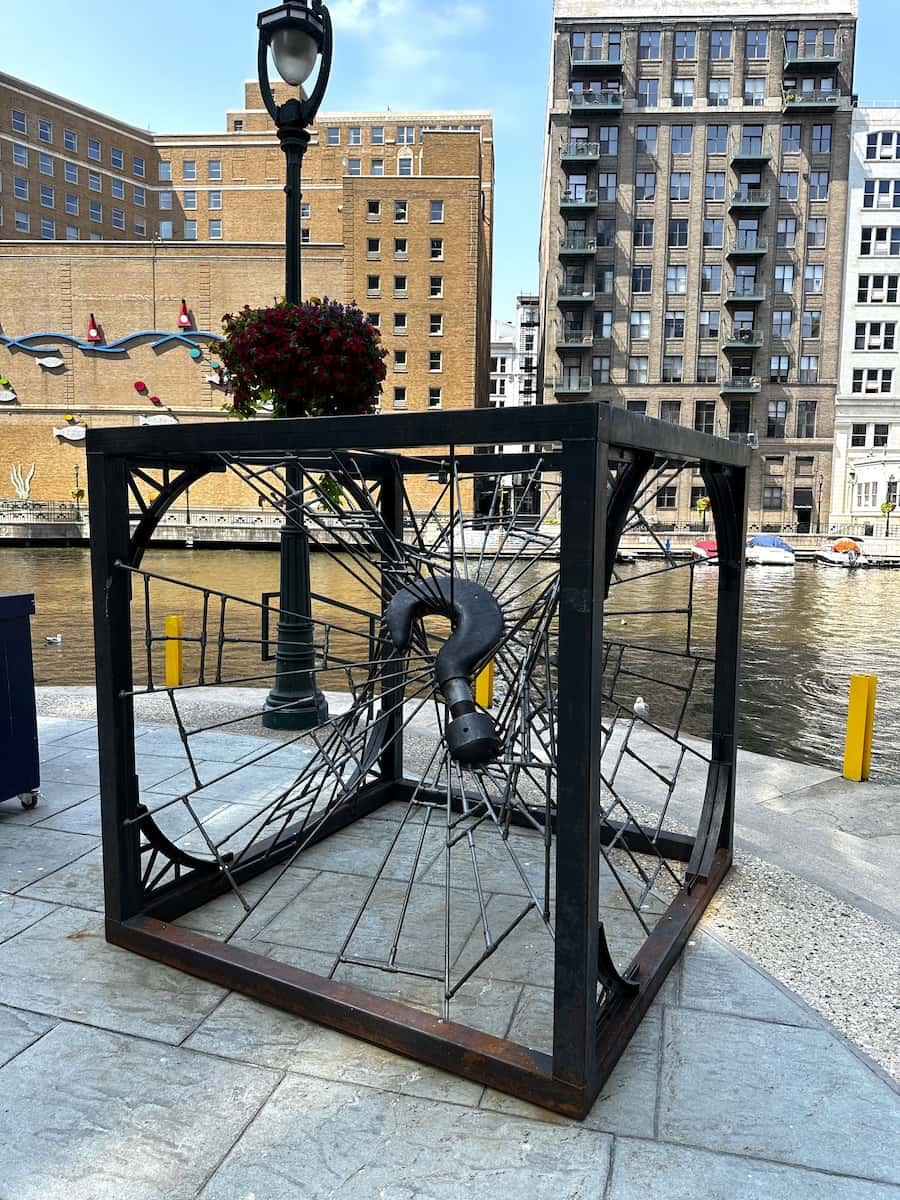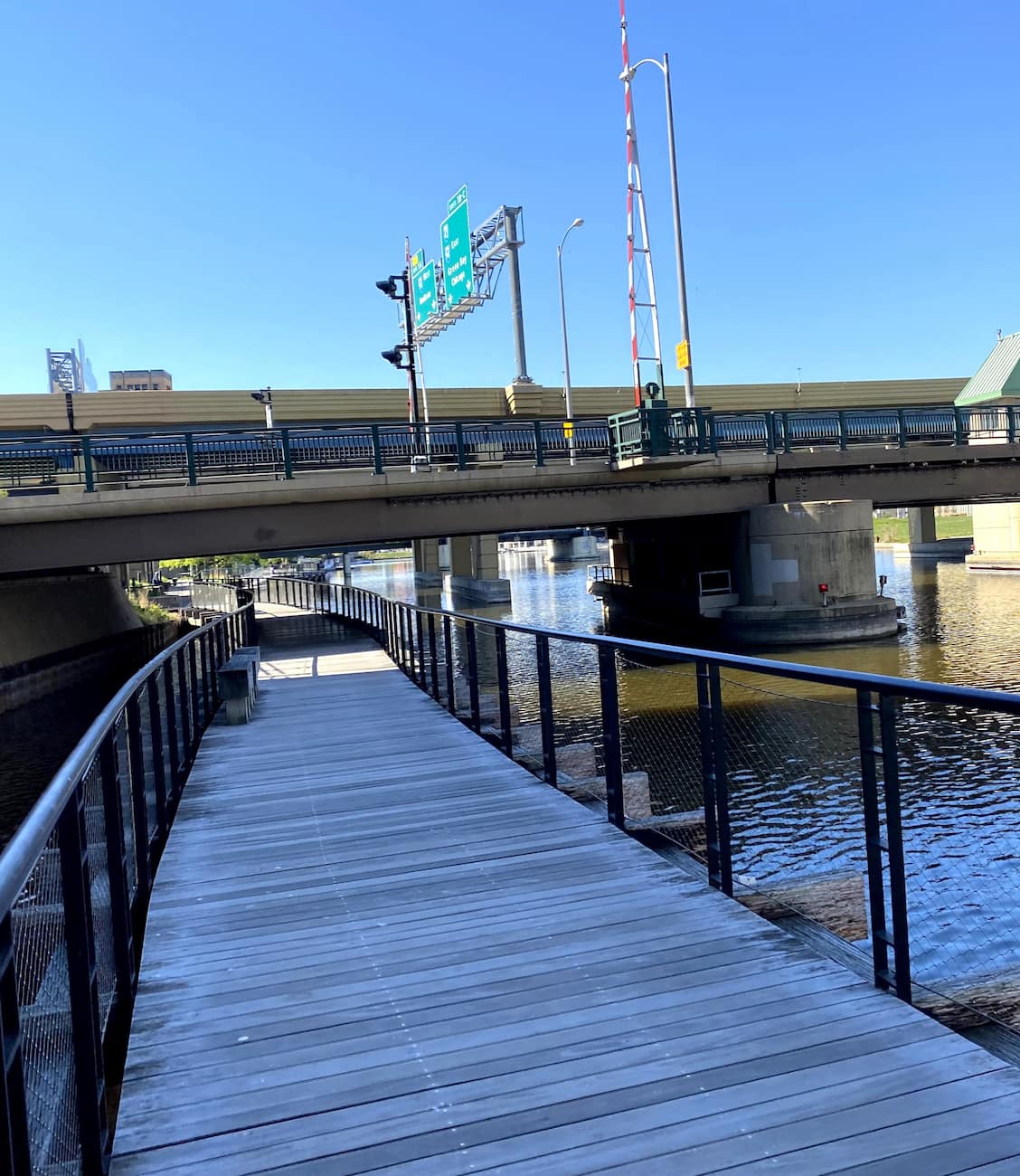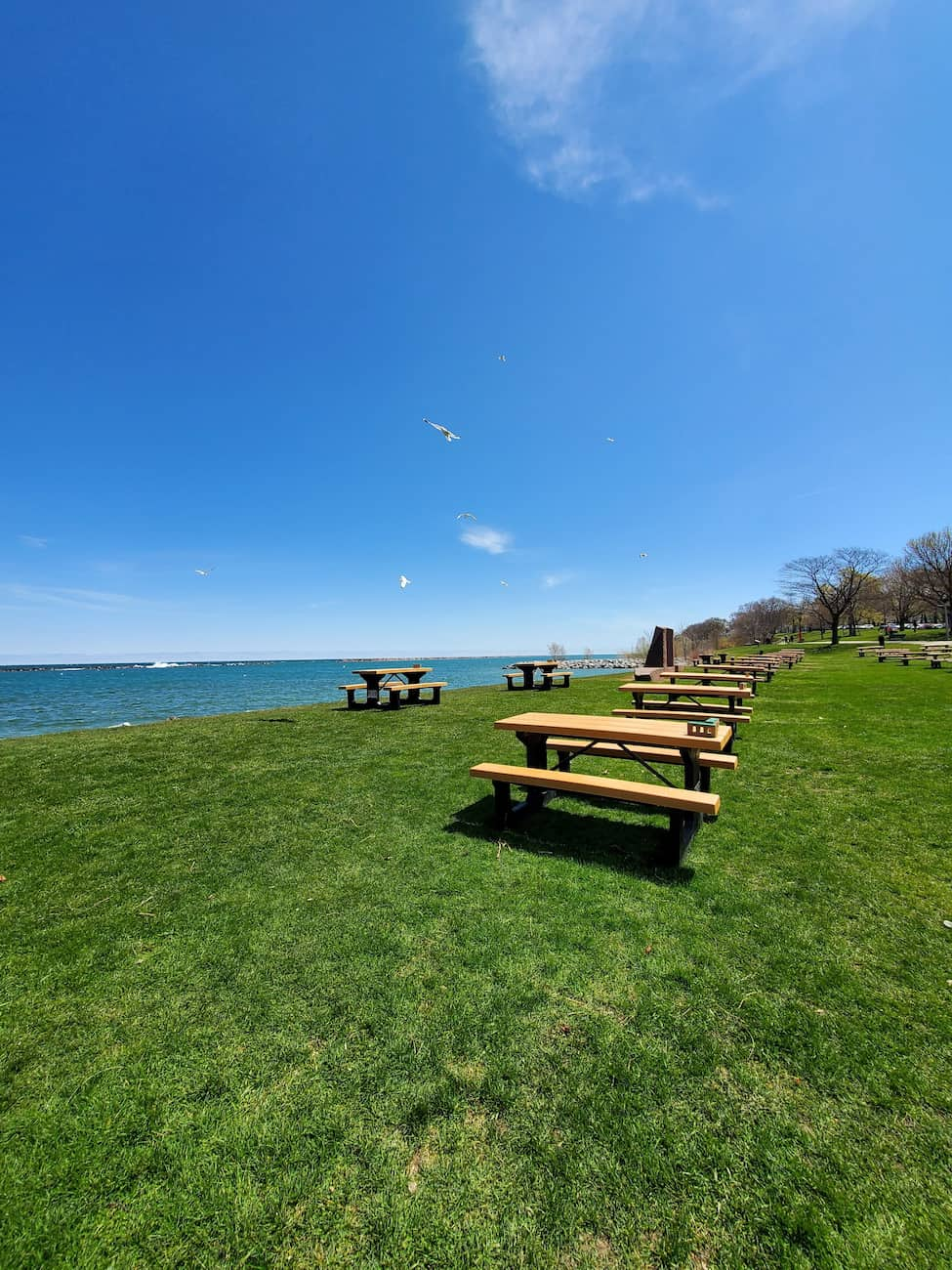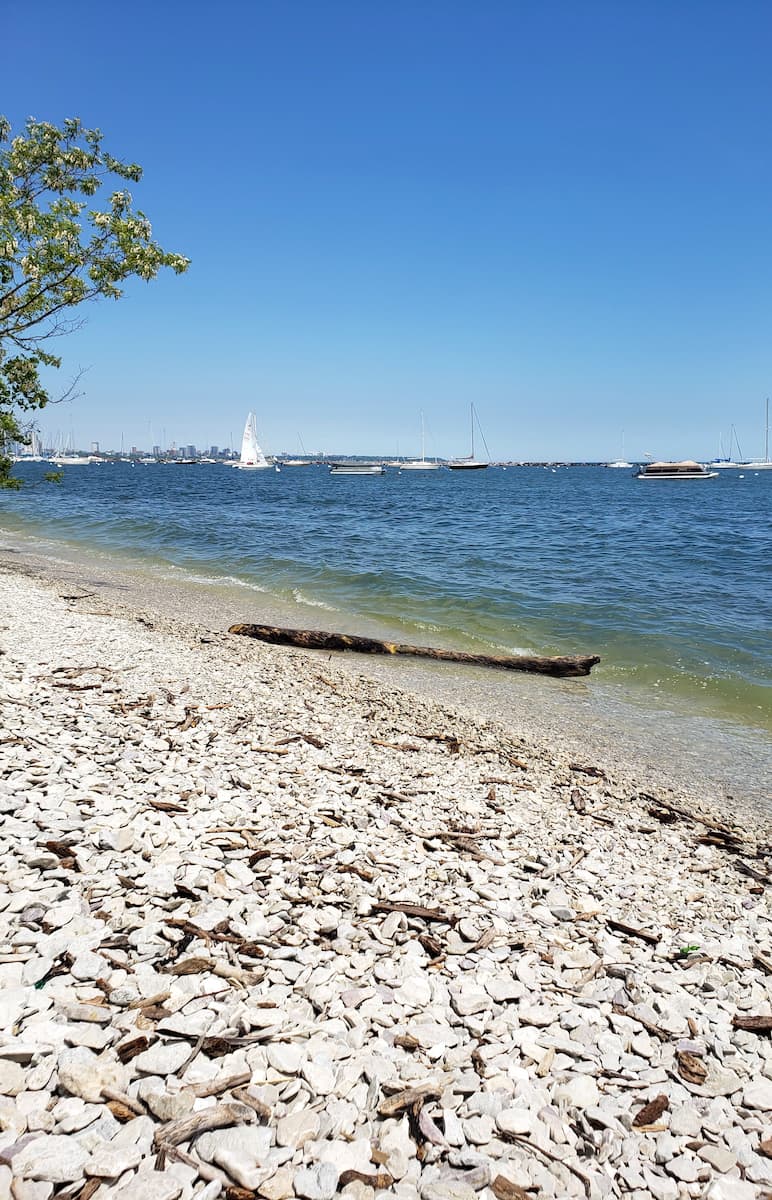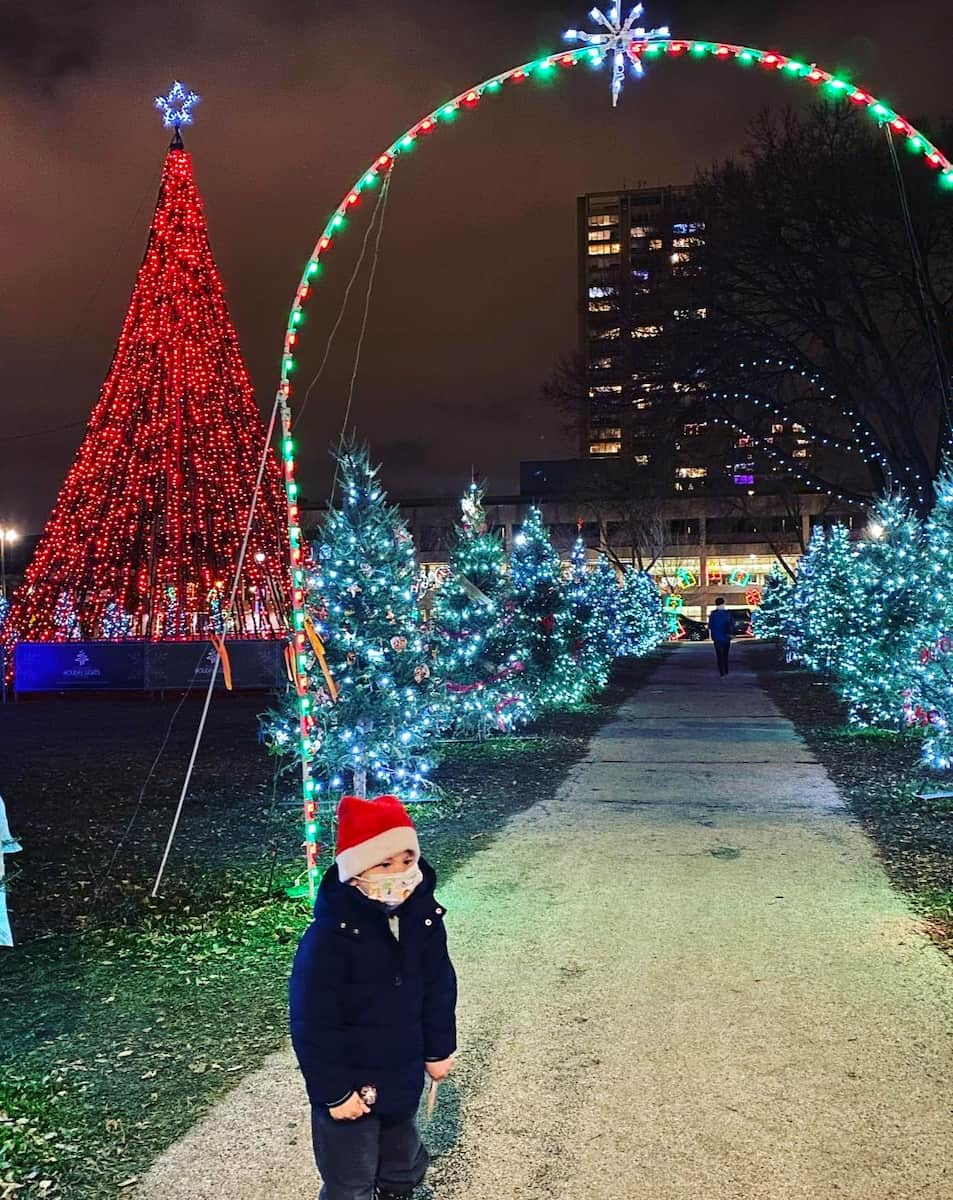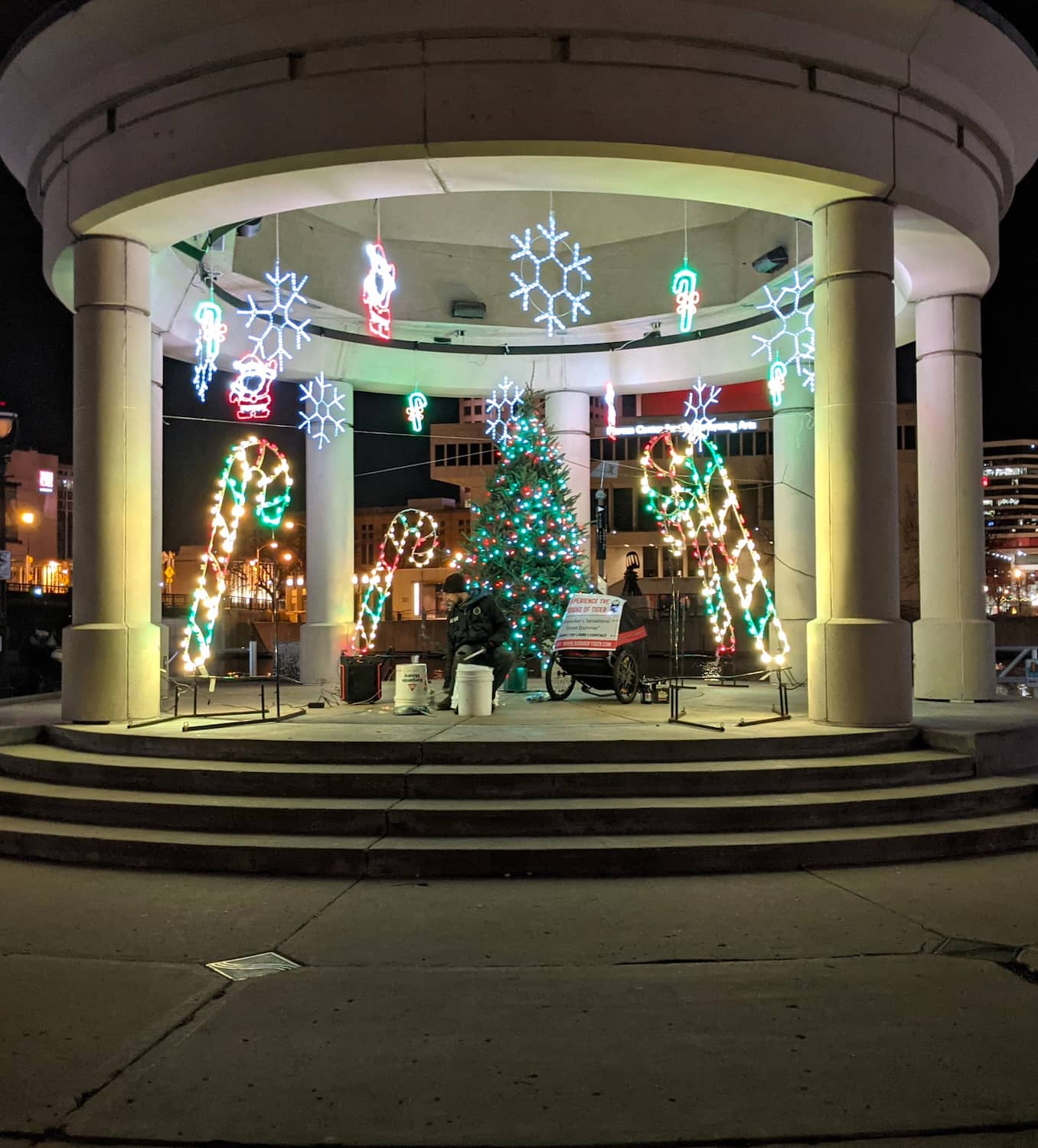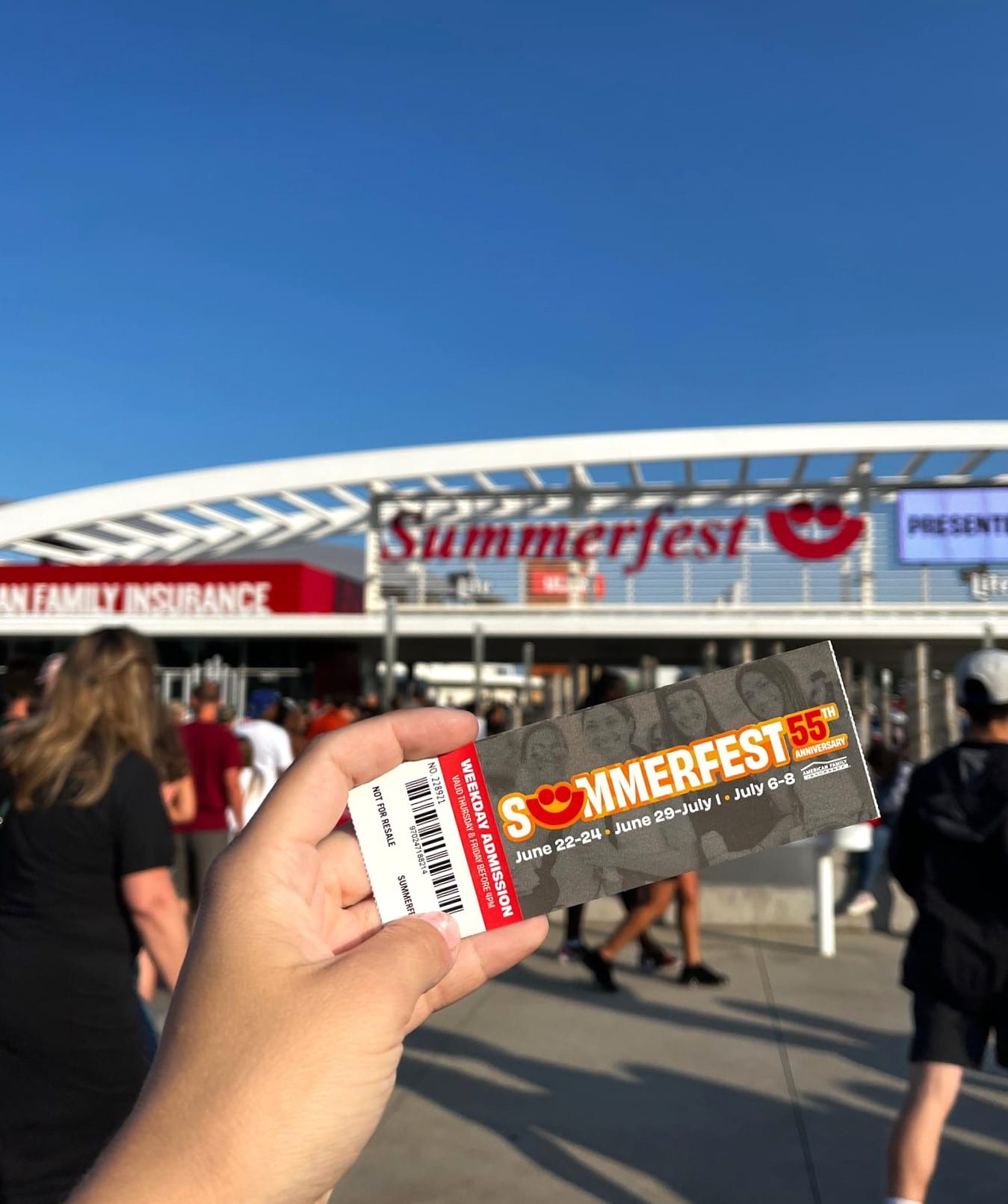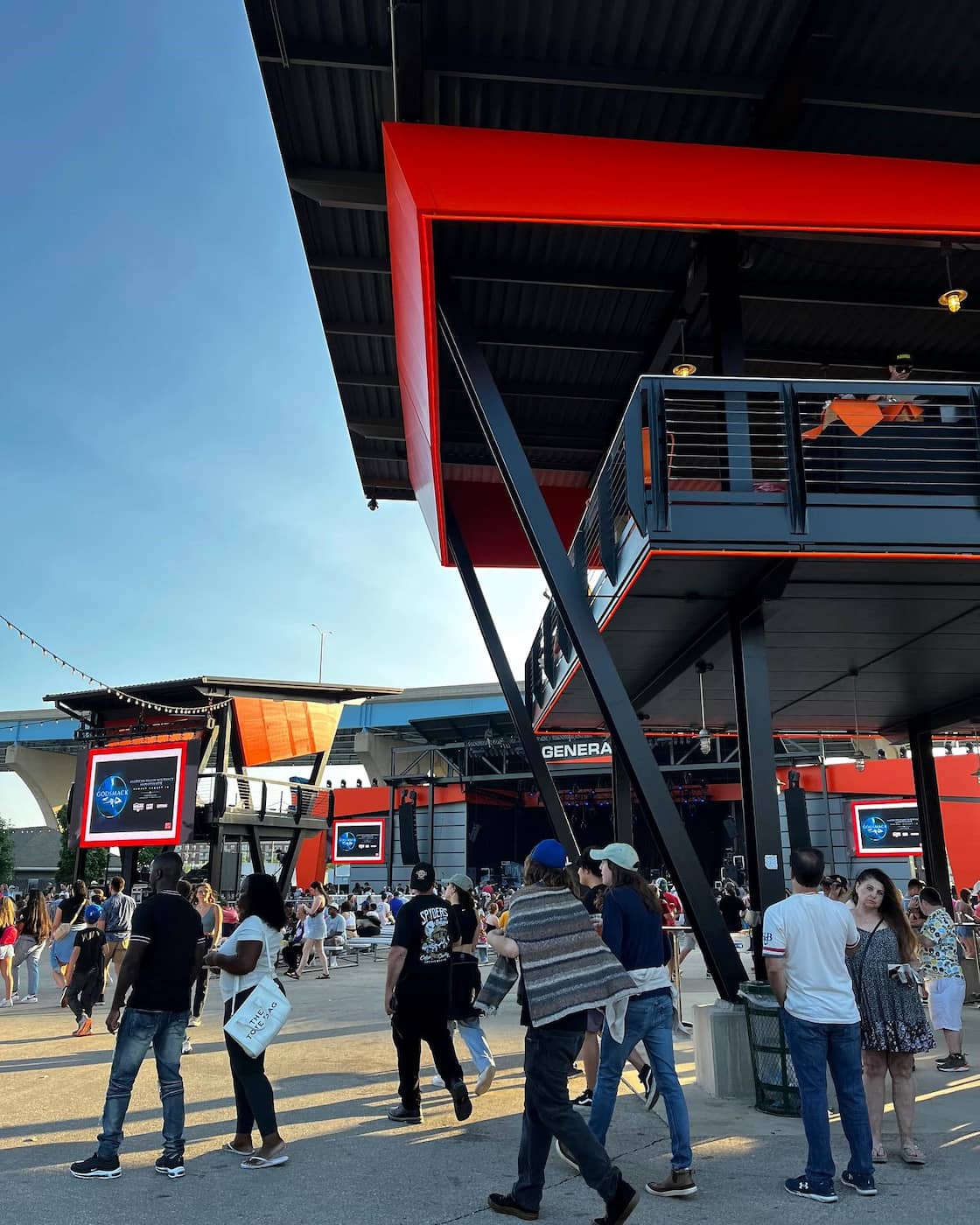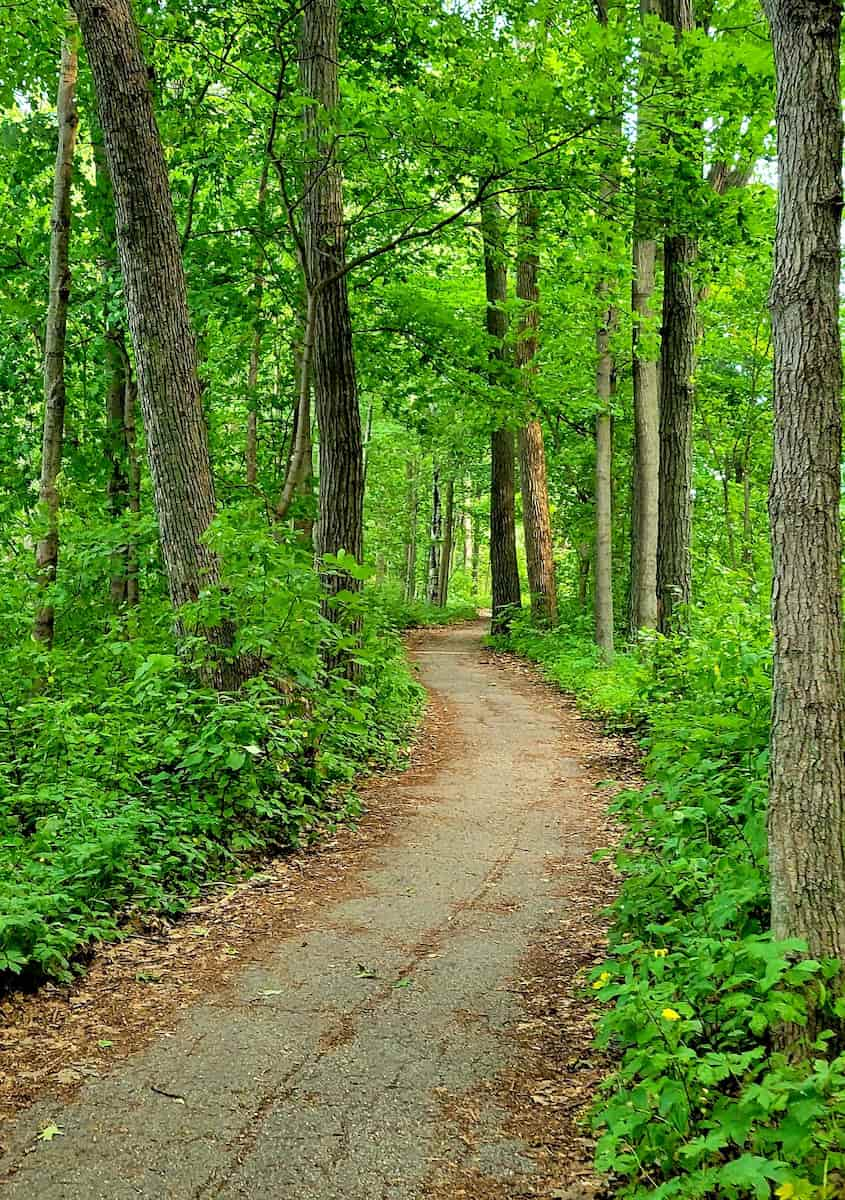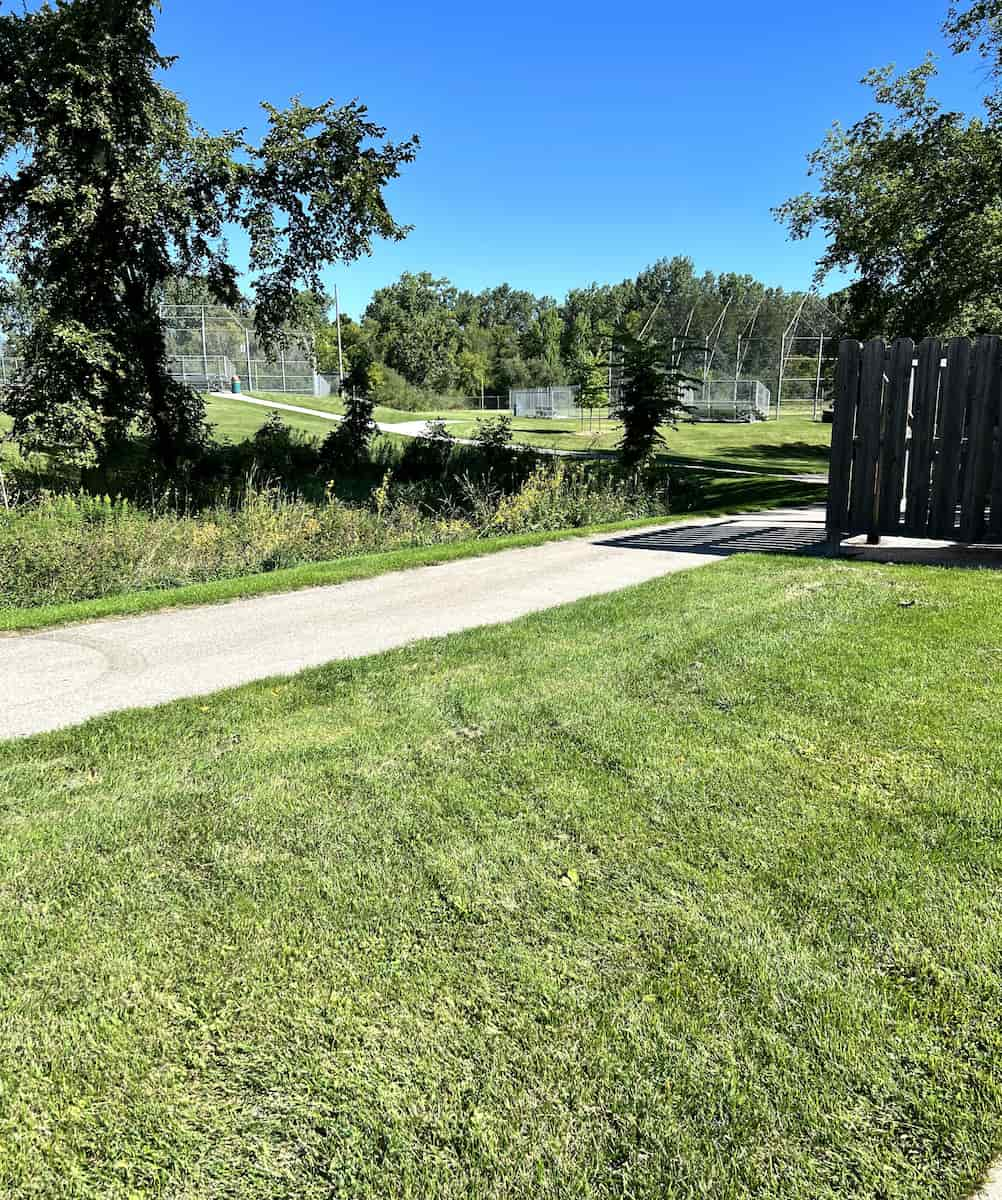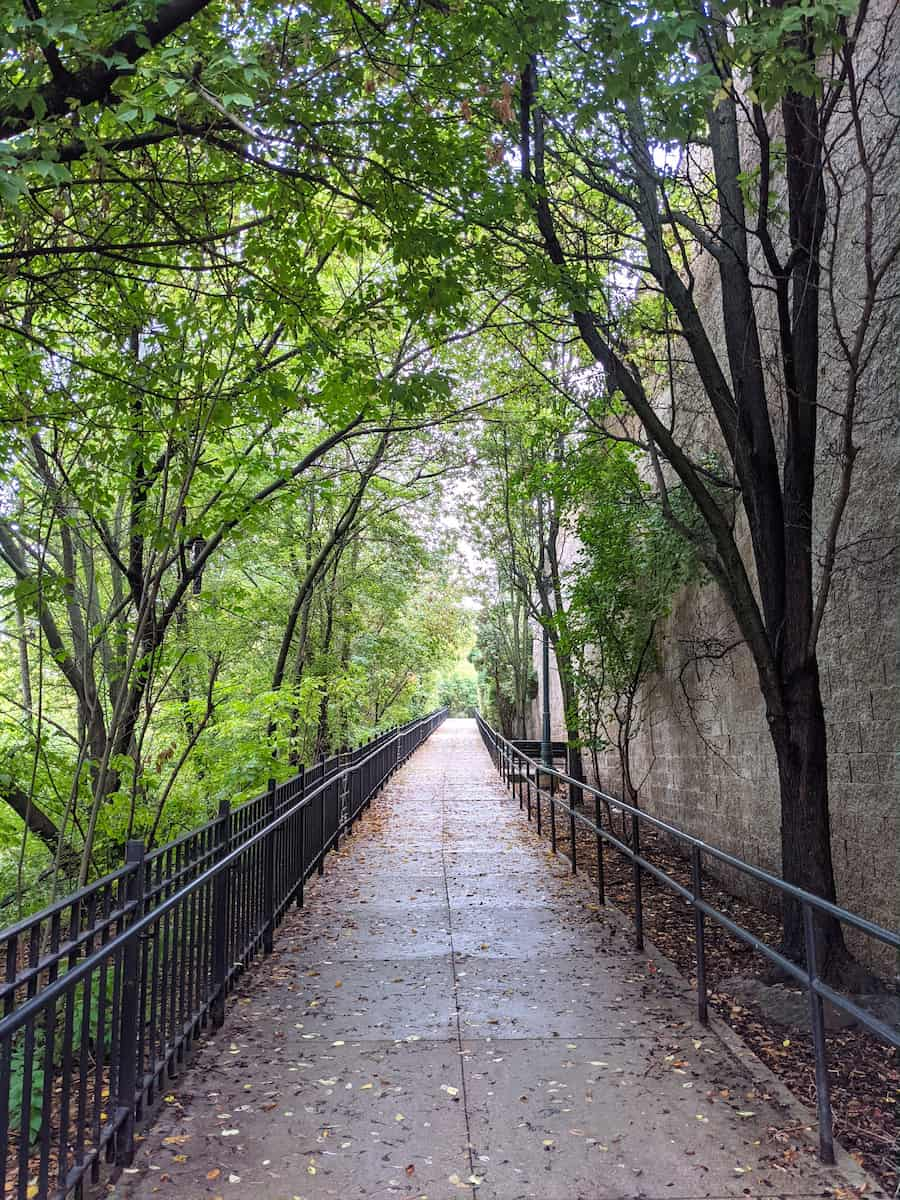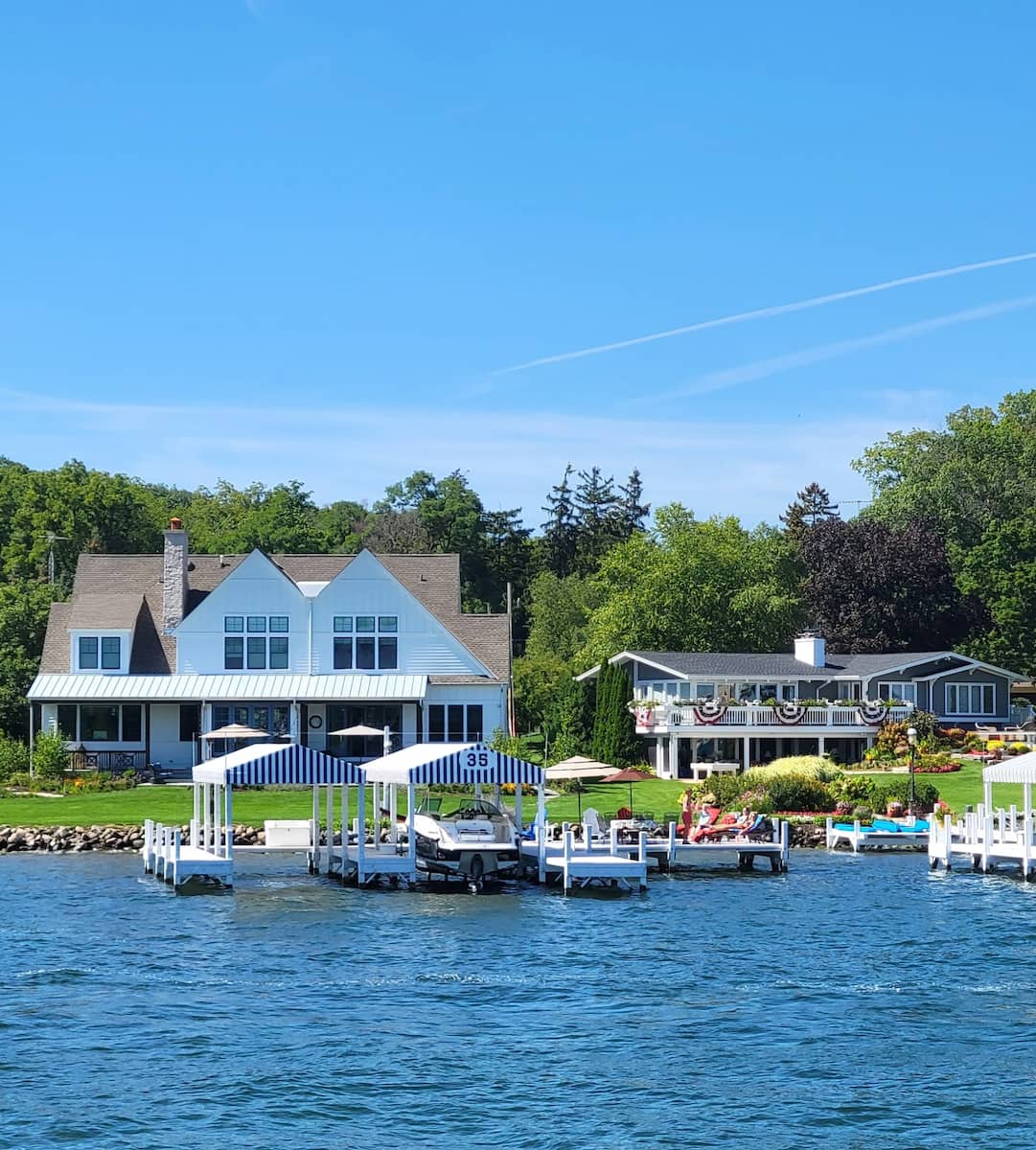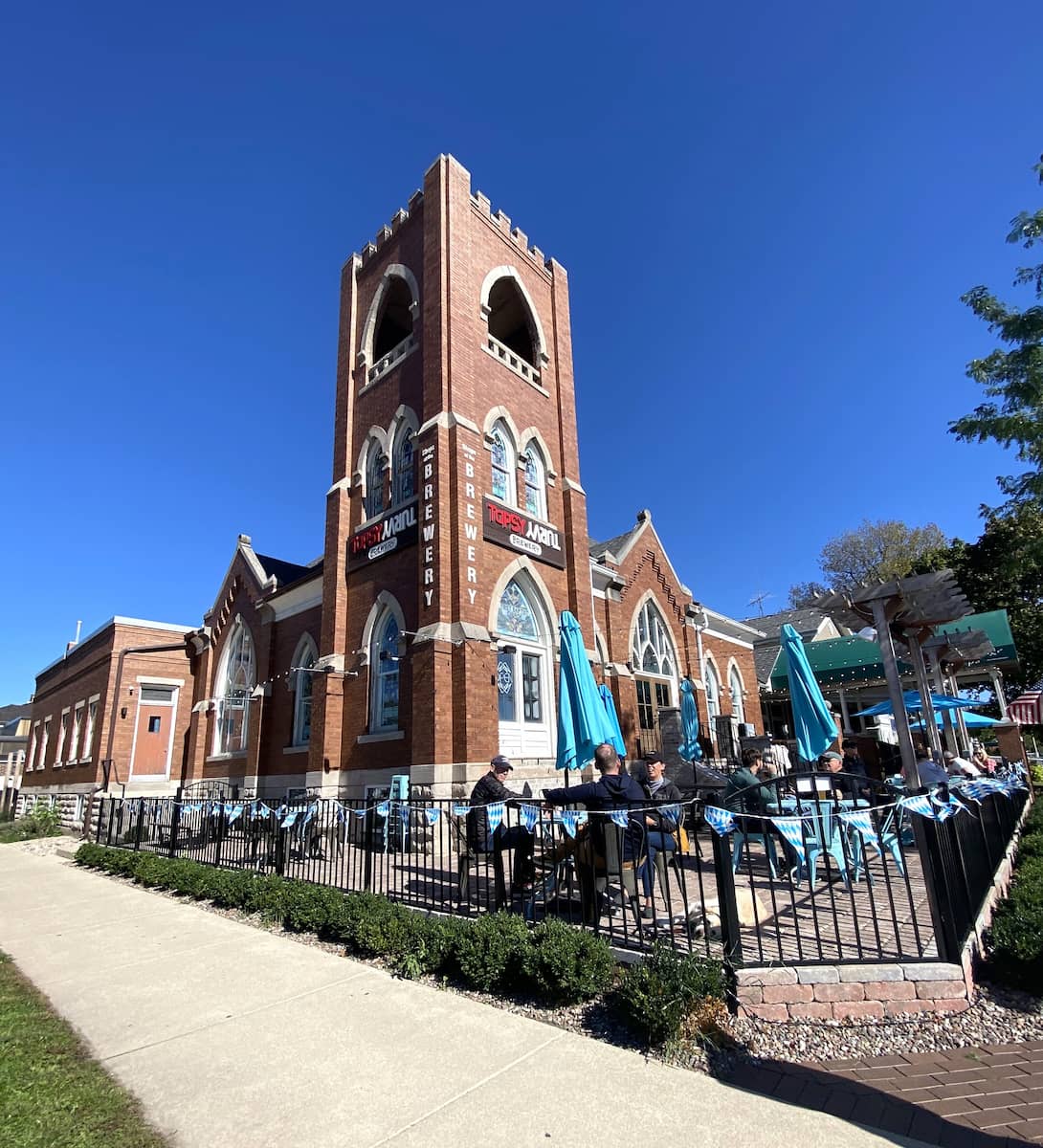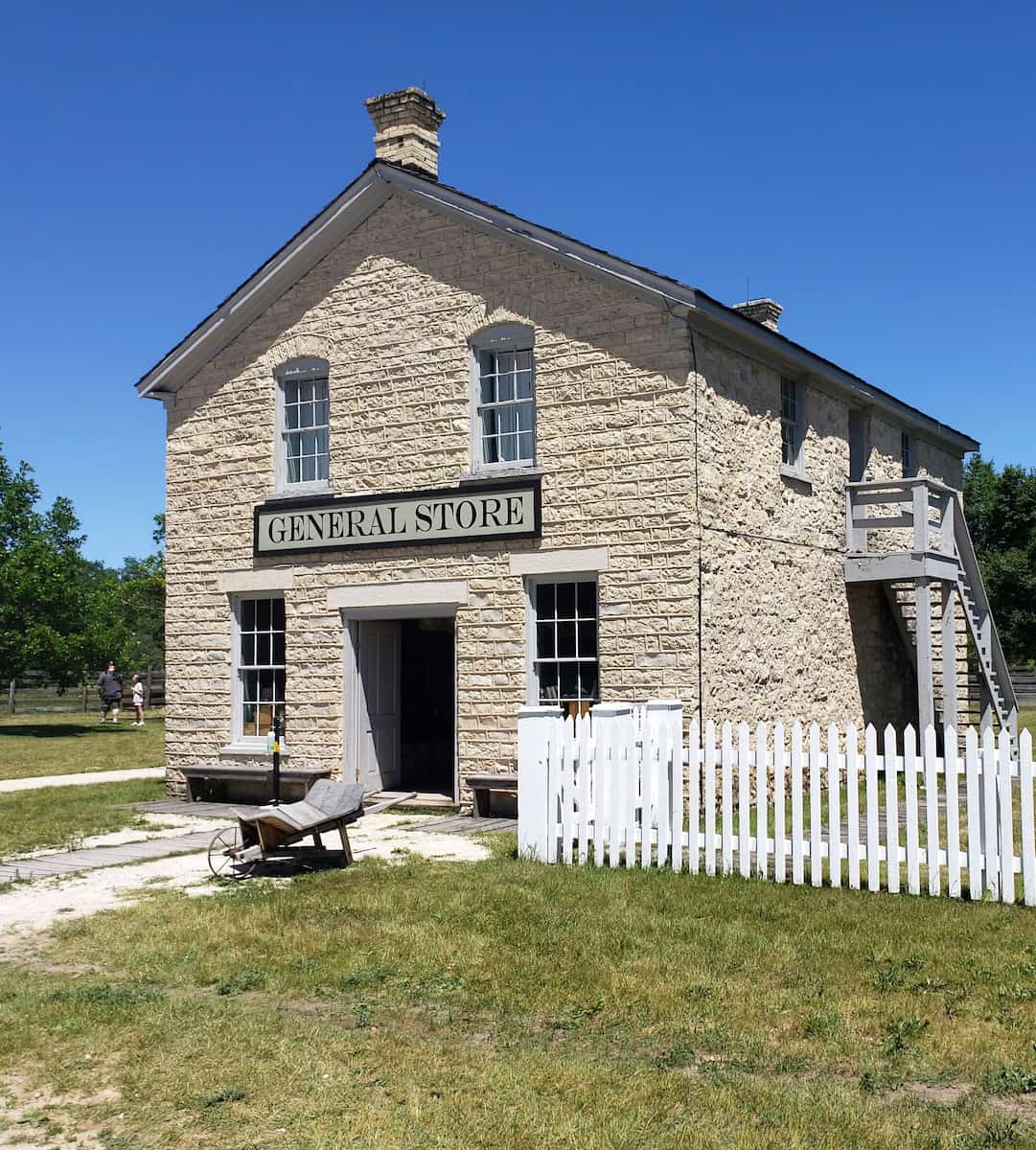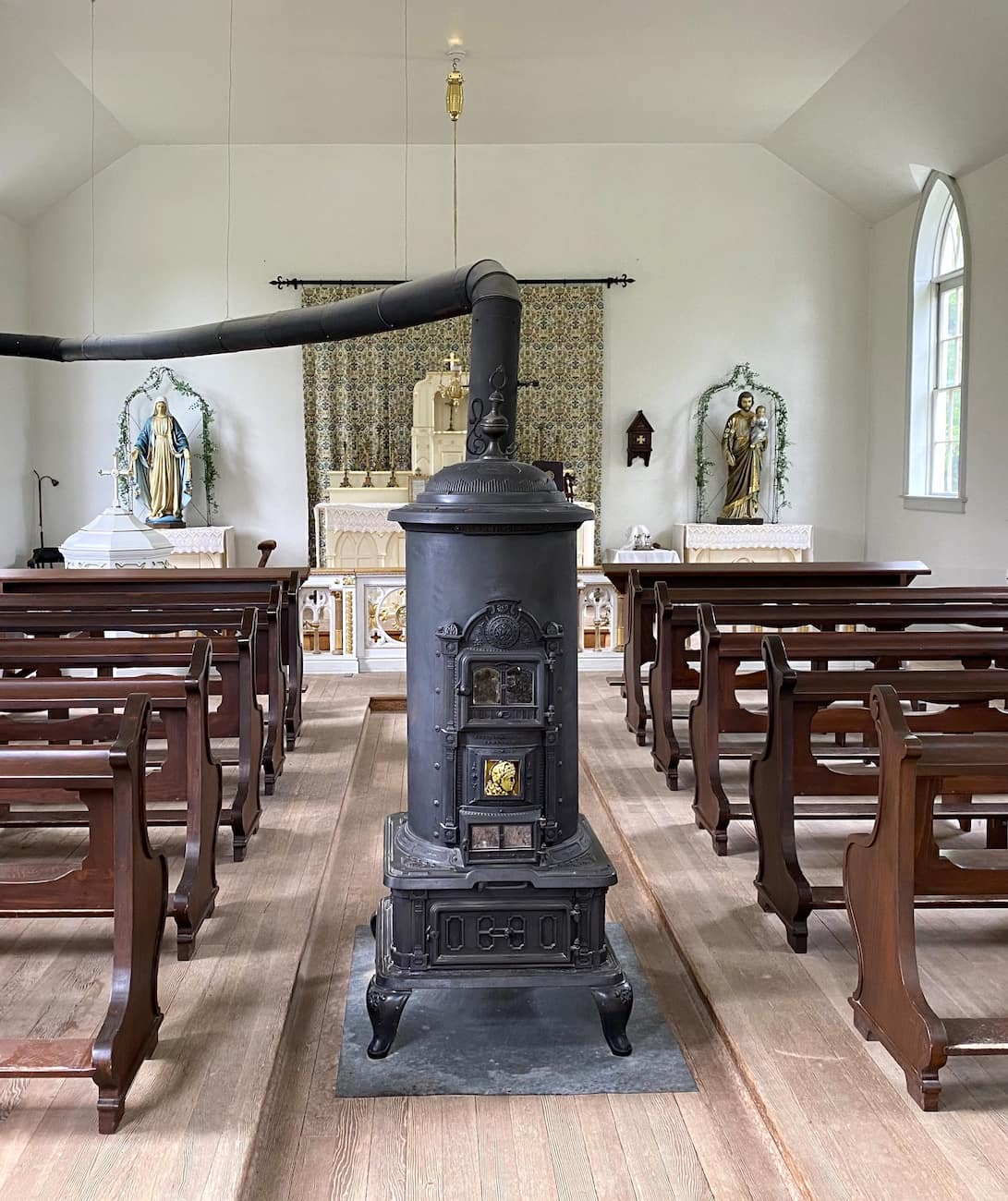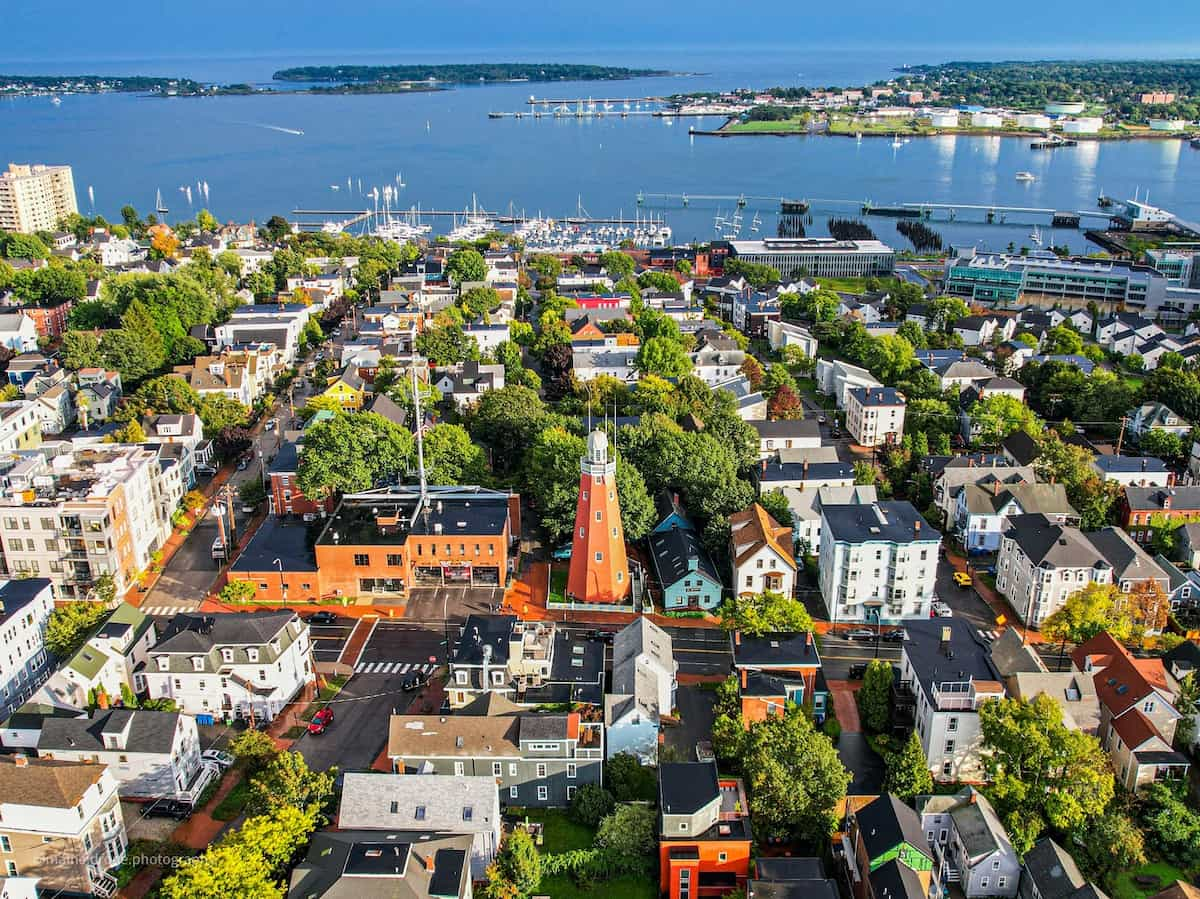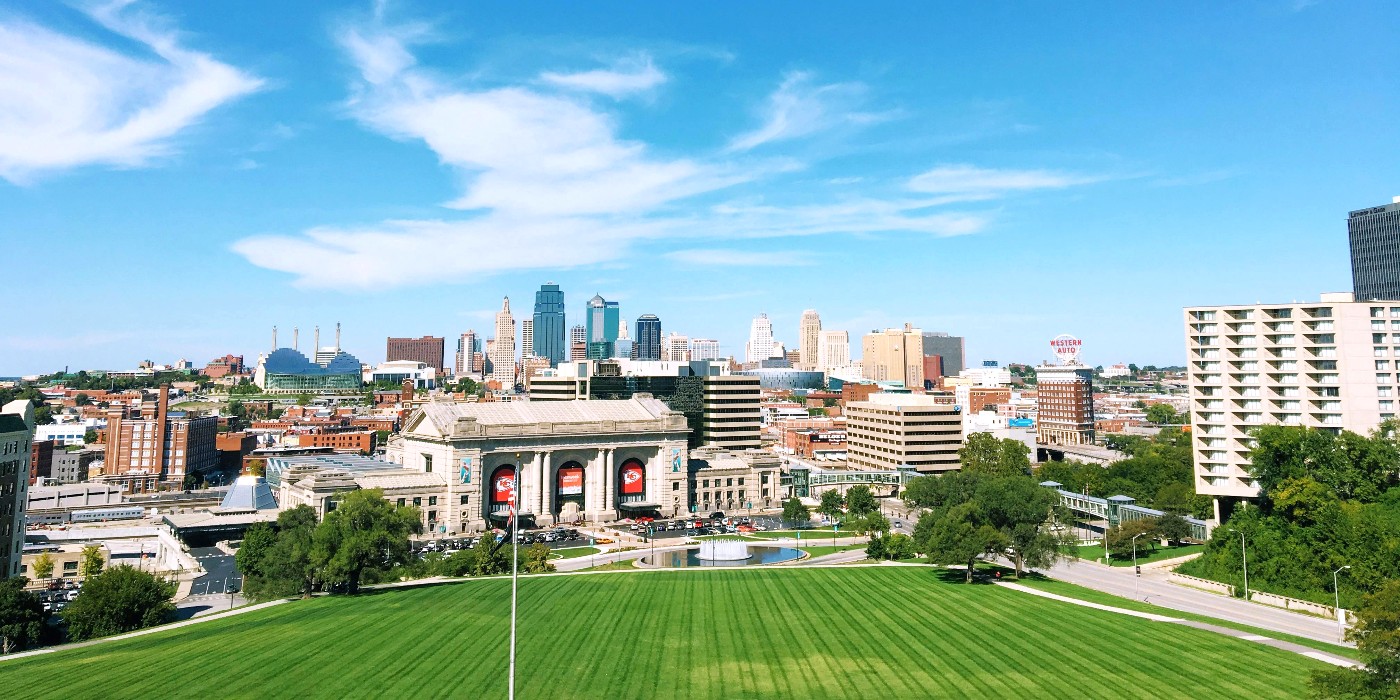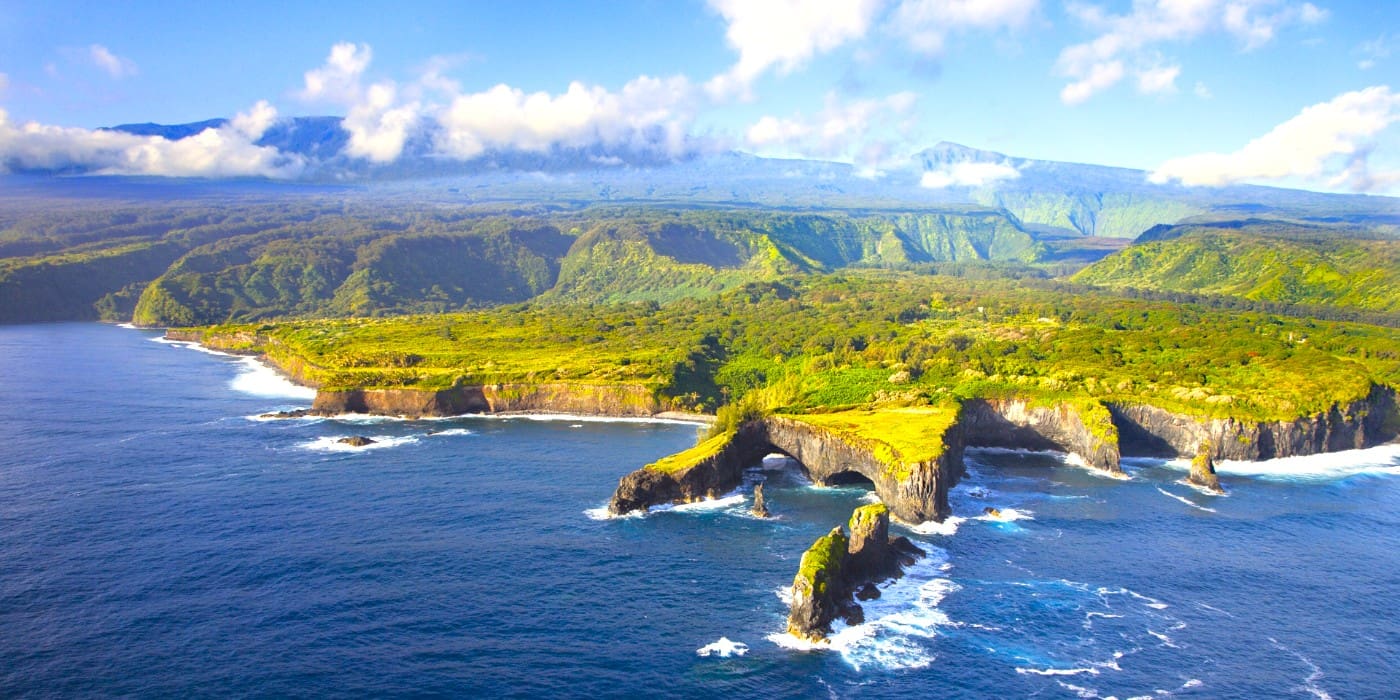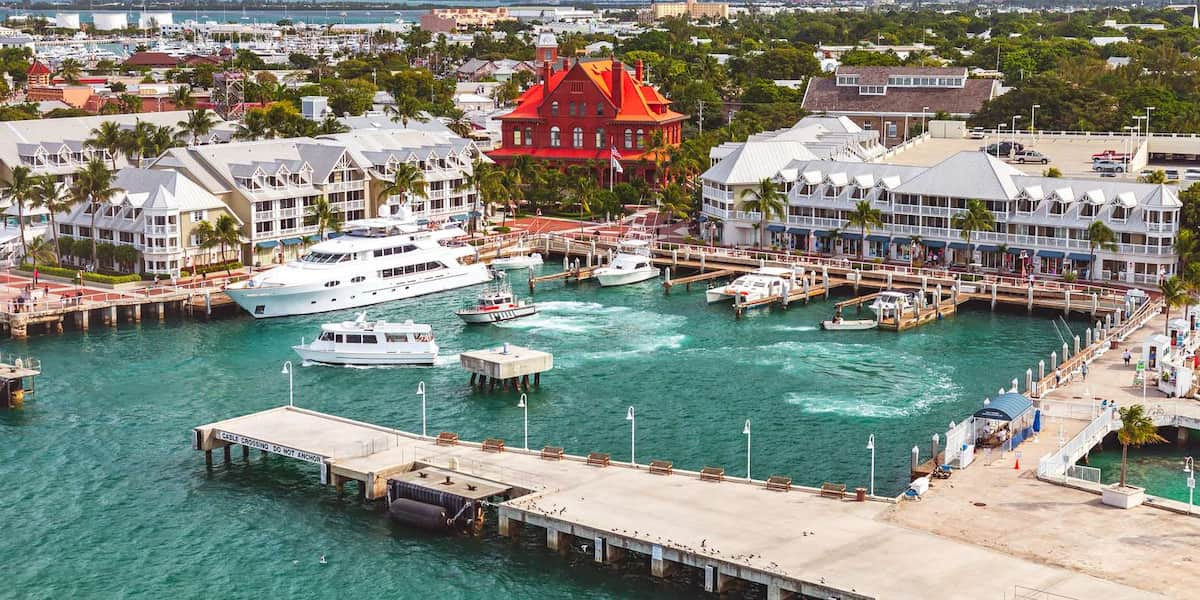As I stepped off the plane into Milwaukee’s crisp air, I knew this vibrant Midwestern gem had more stories to tell than most travelers ever discover. The city’s blend of German heritage, lakefront charm, and unexpected cultural treasures immediately pulled me in like an old friend inviting me for a local beer.
My weekend exploring Milwaukee turned into a week, and still I found new corners to discover each day. From the architectural marvel of the Milwaukee Art Museum spreading its wings over Lake Michigan to the hidden speakeasies tucked away in the Historic Third Ward, this city rewards those willing to look beyond the obvious.
🏠 Where to Stay in Milwaukee
- 💎 Luxury Hotel: Kinn Guesthouse Downtown
- 🏨 4-Star: Ambassador Hotel Milwaukee, Trademark Collection by Wyndham
- 🛏️ 3-Star: Ramada by Wyndham Milwaukee
- 💸 Cheap: Quality Suites Milwaukee Airport
- 🏢 Apartment: Hawthorn Extended Stay by Wyndham Milwaukee Airport
- 👨👩👧👦 For Families: Hyatt Place Milwaukee Airport
- 🏩 For Couples: Drury Plaza Hotel Milwaukee Downtown
💁 Best Guided Tours
- Milwaukee Small-Group Walking Food Tour from €75 (⭐4.7/5)
- Milwaukee Sightseeing and History Tour with Brewery Tasting from €45 (⭐4.8/5)
- Milwaukee Guided Brewery Tour from €85 (⭐4.8/5)
- Discover Iconic Milwaukee Tour from €95 (⭐4.8/5)
Best Things To Do in Milwaukee
1. Milwaukee Art Museum
Architectural marvel. I stood mesmerized as the Milwaukee Art Museum’s massive wings-officially called the Burke Brise Soleil-opened gracefully above me, spanning 217 feet across the stunning Quadracci Pavilion designed by Santiago Calatrava. This isn’t just an art museum; it’s a breathtaking sculpture itself, perched majestically on Lake Michigan’s shoreline.
Collection highlights. Wandering through the museum’s 150,000 square feet of space, I discovered over 34,000 works spanning from antiquity to contemporary pieces. My favorites included the impressive collection of Georgia O’Keeffe paintings (one of the largest in the US), the European masters section featuring Monet and Degas, and the fascinating folk art exhibition.
Visitor tips. The museum is closed Mondays and Tuesdays, but open Wednesday through Sunday with extended hours until 8 PM on Thursdays. Grab a color-coded map at the entrance-it’s essential for navigating the different collections efficiently.
| Admission Category | Price |
|---|---|
| Adults | $27 |
| Students/Seniors (65+)/Military | $20 |
| Kids 12 and under | Free |
| Wisconsin K-12 teachers | Free with ID |
⭐ Best Activities
- Milwaukee Marvels: A 2-Hour Private Tour – Discover Milwaukee’s rich history and architectural gems on this personalized private tour that showcases the city’s most fascinating landmarks and neighborhoods.
2. Harley-Davidson Museum
Motorcycle heaven. Walking into the Harley-Davidson Museum, I was immediately struck by the impressive collection of over 450 motorcycles and artifacts that tell the story of America’s most iconic motorcycle brand. The 20-acre campus along the Menomonee River houses everything from the oldest known Harley (Serial Number One from 1903) to custom bikes that have made motorcycle history.
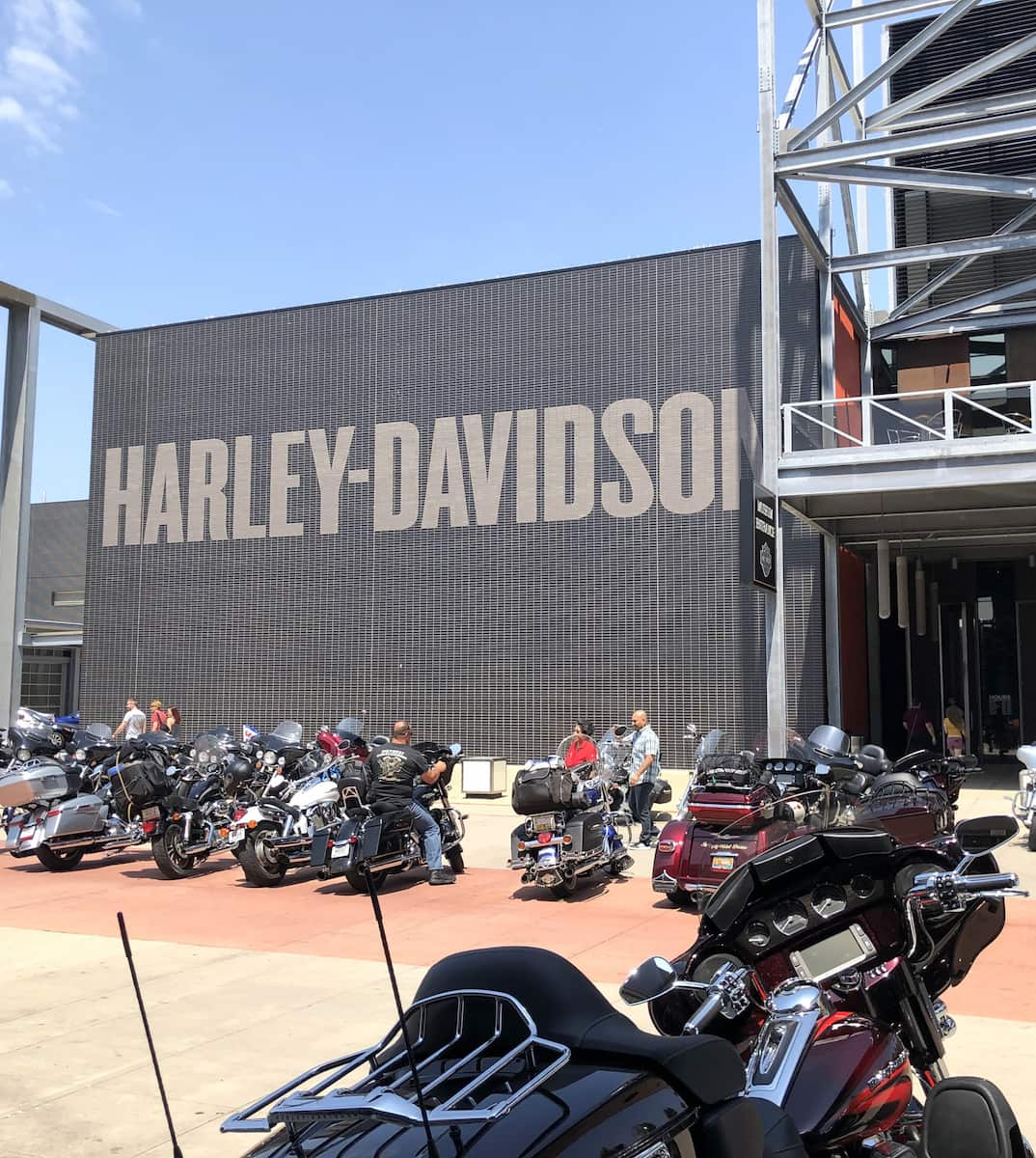
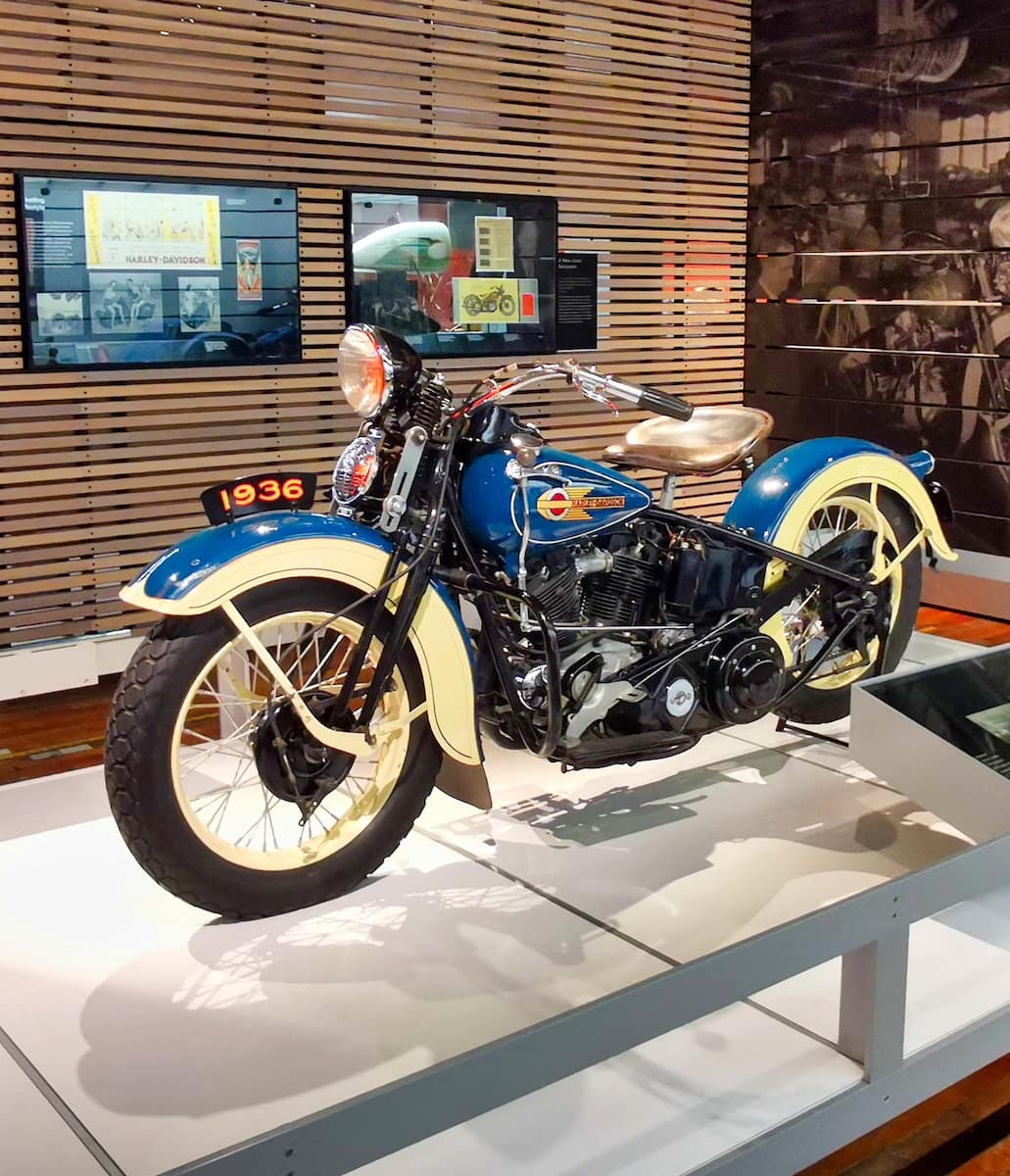


Interactive exhibits. I spent hours exploring the Engine Room where you can hear different Harley engines roar to life, and even sat on actual Harley models in the experience gallery. The museum brilliantly showcases the evolution of motorcycle culture through the decades, with exhibits that appeal to both hardcore enthusiasts and casual visitors alike.
Visitor experience. The museum is thoughtfully designed with wide, accessible pathways and engaging multimedia displays that bring the Harley legacy to life.
| Day | Hours | Notes |
|---|---|---|
| Monday-Wednesday | 10 AM-5 PM | Less crowded |
| Thursday | 10 AM-8 PM | Extended hours |
| Friday-Sunday | 10 AM-5 PM | Busiest days |
- Don’t miss the “Engine Room” where you can see the evolution of the Harley engine
- Check out the “Custom Culture” exhibit featuring one-of-a-kind motorcycles
- Take a photo with your favorite vintage bike (photography without flash is permitted)
3. Pabst Mansion
Gilded Age splendor. I stepped back in time when I entered the magnificent Pabst Mansion, the former residence of beer baron Captain Pabst. Built in 1892 at a cost of $254,000 (about $7 million today), this Flemish Renaissance Revival masterpiece showcases the opulence of Milwaukee’s brewing aristocracy with its intricate woodwork, stained glass, and original furnishings.
Restoration marvel. As I toured the 20,000 square-foot mansion, my guide pointed out the painstaking restoration work that has returned many rooms to their original glory. The grand staircase, Captain Pabst’s study with hidden compartments, and the lavish dining room where the family entertained Milwaukee’s elite all tell stories of a bygone era.
Tour options. The mansion offers several ways to experience this historic gem, from self-guided explorations to specialized themed tours that change seasonally.
| Tour Type | Duration | Price |
|---|---|---|
| Self guided | 1-1.5 hours | $15 |
| Guided Tour | 75 minutes | $22 |
| Behind-the-Scenes | 2 hours | $30 |
| Holiday Decorated (Nov-Dec) | 75 minutes | $25 |
Tip: The mansion is especially magical during the Christmas season when it’s decorated with period-appropriate holiday décor across all three floors.
⭐ Best Activities
- Milwaukee Sightseeing Bus Tour – Explore Milwaukee’s highlights on this comprehensive bus tour that takes you through the city’s diverse neighborhoods and most popular attractions.
4. Milwaukee Public Museum
Natural wonders. I lost track of time wandering through the Milwaukee Public Museum’s immersive exhibits spanning three floors of natural history, anthropology, and world cultures. The museum’s famous Streets of Old Milwaukee recreation transported me to the city’s cobblestone past, complete with gas lamps, shop windows, and the sounds of horse-drawn carriages.
Prehistoric journey. The dinosaur hall left me awestruck with its life-sized models, including a towering T-Rex skeleton casting dramatic shadows across the exhibition space. The museum’s dioramas are considered among the best in North America, with incredibly detailed recreations of ecosystems from around the world.
Must-see exhibits. The museum offers something for every interest, from ancient civilizations to the mysteries of the cosmos in the planetarium.
- The European Village with 30 life-sized houses representing different cultures
- The tropical rainforest exhibit with free-flying butterflies
- The Hebior Mammoth-the most complete mammoth skeleton ever found
| Floor | Key Exhibits | Time Needed |
|---|---|---|
| First | Africa, Asia, Pre-Columbian Americas | 1-1.5 hours |
| Second | Streets of Old Milwaukee, European Village | 1 hour |
| Third | Dinosaurs, Rainforest, Native American Cultures | 1.5 hours |
5. Discovery World
Hands-on science. I spent an entire afternoon at Discovery World, Milwaukee’s premier science and technology center, where touching and experimenting aren’t just allowed-they’re encouraged! Located in a striking building designed to resemble a ship and waves, this interactive museum makes complex scientific concepts accessible through engaging exhibits.
Aquatic exploration. The highlight of my visit was the Reiman Aquarium, which houses freshwater and saltwater ecosystems. I touched stingrays in the touch tank, marveled at the 75,000-gallon Great Lakes tank, and watched mesmerizing jellyfish pulse through their illuminated habitats.
Innovation and creativity. The museum’s technology pavilion offers fascinating hands-on experiences that connect science with everyday life.
| Exhibit Area | Experience | Best For |
|---|---|---|
| Aquatarium | Touch tanks, Great Lakes exhibit | All ages |
| Dream Machine | Physics and engineering challenges | Ages 8+ |
| Les Paul’s House of Sound | Music and sound technology | Music lovers |
| Simple Machine Shipyard | Nautical engineering | Ages 5-12 |
- Try the virtual reality experiences in the technology pavilion
- Build and test your own designs in the Kohl’s Design It! Lab
- Watch live science demonstrations scheduled throughout the day
6. Mitchell Park Domes
Botanical biodomes. I escaped Milwaukee’s weather inside the iconic Mitchell Park Horticultural Conservatory, locally known as “The Domes.” These three colossal glass beehive-shaped structures, each 85 feet tall, create distinct climate zones housing thousands of plant species from around the world-a true plant lover’s paradise.
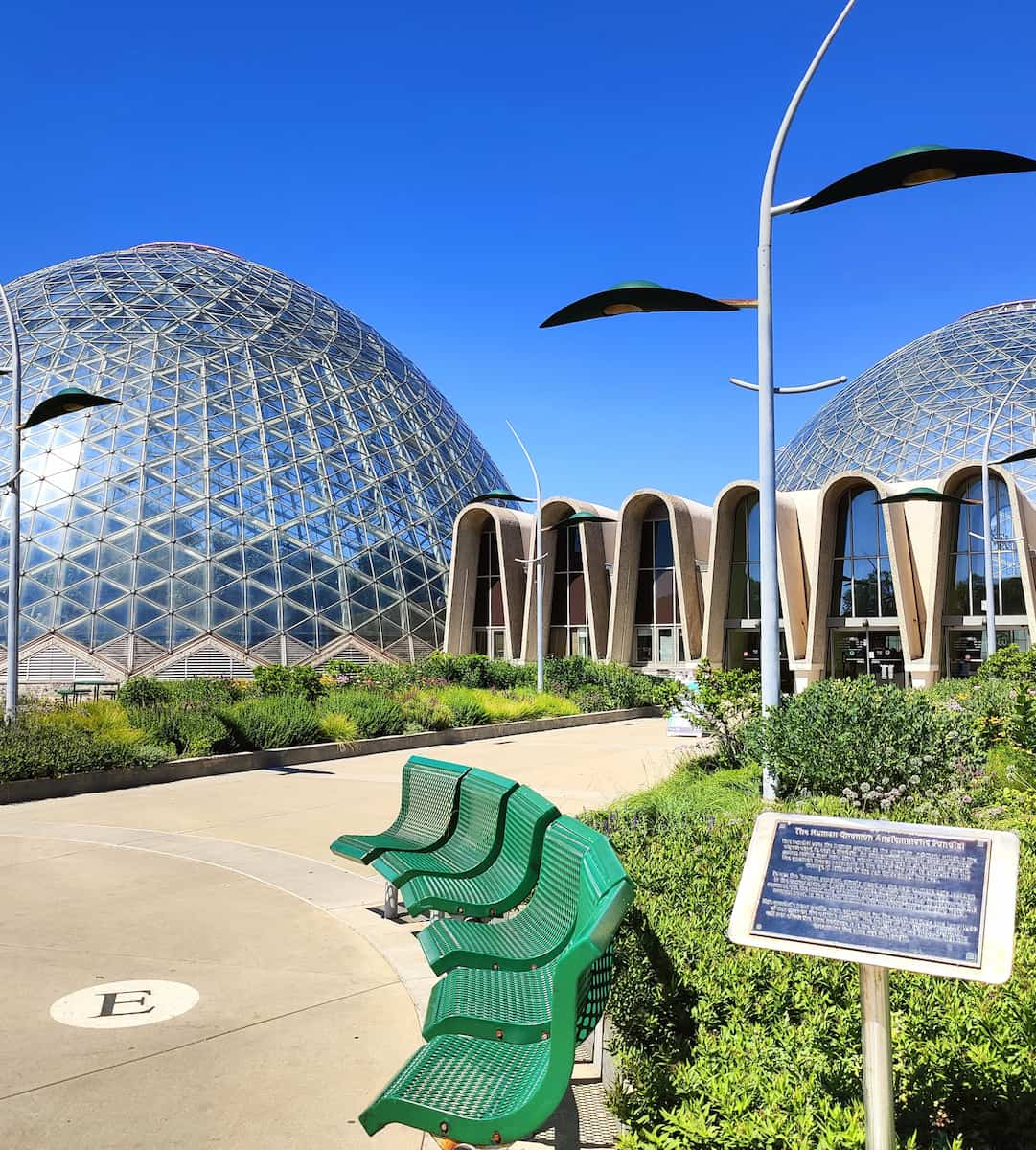



Climate journeys. Each dome transported me to a different environment: the Tropical Dome with its lush rainforest and cascading waterfall, the Desert Dome showcasing cacti and succulents from arid regions worldwide, and the Show Dome featuring five seasonal floral displays that change throughout the year.
Sensory experience. Beyond the visual beauty, the Domes engage all senses with fragrant flowers, the sounds of water features, and varying humidity levels that make each dome feel like a different continent.
| Dome | Features | Best Time to Visit |
|---|---|---|
| Tropical | Rainforest plants, orchids, banana trees | Year-round (84°F) |
| Desert | Cacti, succulents, African and American desert plants | Afternoons (72°F) |
| Show | Rotating themed displays | During special exhibits |
My top tip: Visit on Thursday evenings for “Music Under Glass” concerts (October-April) when the Domes transform with special lighting and live music for a completely different experience.
7. Basilica of St. Josaphat
Architectural triumph. I stood in awe beneath the massive copper dome of the Basilica of St. Josaphat, one of Milwaukee’s most breathtaking landmarks and one of only 85 minor basilicas in the United States. Built in 1901 by Polish immigrants using salvaged materials from the demolished Chicago Post Office, this magnificent church stands as a testament to Milwaukee’s rich immigrant history.
Artistic splendor. Inside, I was mesmerized by the colorful stained glass windows, intricate murals depicting biblical scenes, and the ornate gold leaf details adorning the altar and dome. The basilica’s acoustics are so perfect that I could hear whispers from across the massive nave.
| Feature | Details | Location |
|---|---|---|
| Dome | One of the largest in the Western Hemisphere (250 feet high) | Central |
| Stained Glass | 26 windows depicting saints and biblical scenes | Throughout |
| Pipe Organ | 4,000-pipe Kilgen organ installed in 1926 | Choir loft |
| Murals | Painted by Roman artist Gonippo Raggi | Dome interior |
- Look for the Polish eagle motifs throughout the basilica
- Visit the small museum in the lower level to learn about the basilica’s history
- Check the schedule for guided tours that explain the symbolism in the artwork
8. Fiserv Forum
Sports spectacle. I felt the electric energy of 17,500 fans as soon as I entered Fiserv Forum, the state-of-the-art home of the Milwaukee Bucks NBA team. Opened in 2018, this $524 million arena has transformed downtown Milwaukee with its striking design featuring a curved roof and façade inspired by the region’s industrial past and the waves of Lake Michigan.
Beyond basketball. While the Bucks games are the main attraction, I discovered that Fiserv Forum hosts major concerts, family shows, and other sporting events throughout the year. The arena’s design ensures excellent sightlines from every seat, and the massive center-hung scoreboard provides spectacular video quality.
Deer District experience. The area surrounding the arena has become a destination itself, with an outdoor plaza that transforms into a vibrant gathering space during events.
| Level | Features | Best For |
|---|---|---|
| Main Concourse | Local food vendors, Bucks Pro Shop | General access |
| Upper Concourse | Value food options, panoramic views | Budget-conscious fans |
| Club Level | Premium dining, wider seats, private bars | Enhanced experience |
| Suites | Private spaces, all-inclusive food & beverage | Corporate/luxury |
My insider tip: Even if you can’t attend a game, check out the Deer District’s outdoor plaza with its massive screen for game watch parties, restaurants, and year-round events.
9. Great Lakes Distillery
Craft spirits pioneer. I discovered Wisconsin’s first distillery since Prohibition tucked away in Milwaukee’s Walker’s Point neighborhood. Great Lakes Distillery produces award-winning small-batch spirits using local ingredients and traditional methods, creating uniquely Midwestern flavors that reflect the region’s character and agricultural bounty.
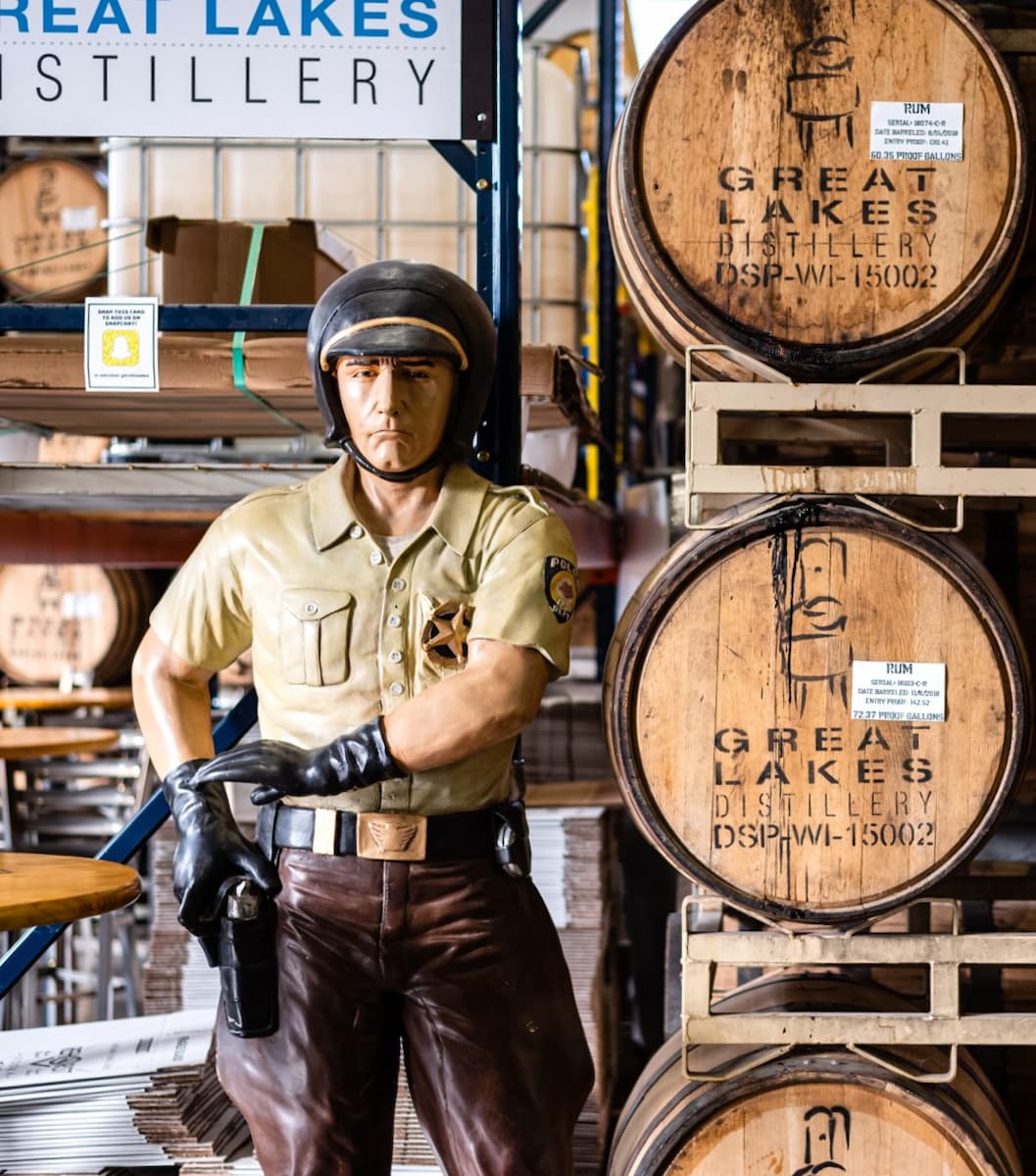
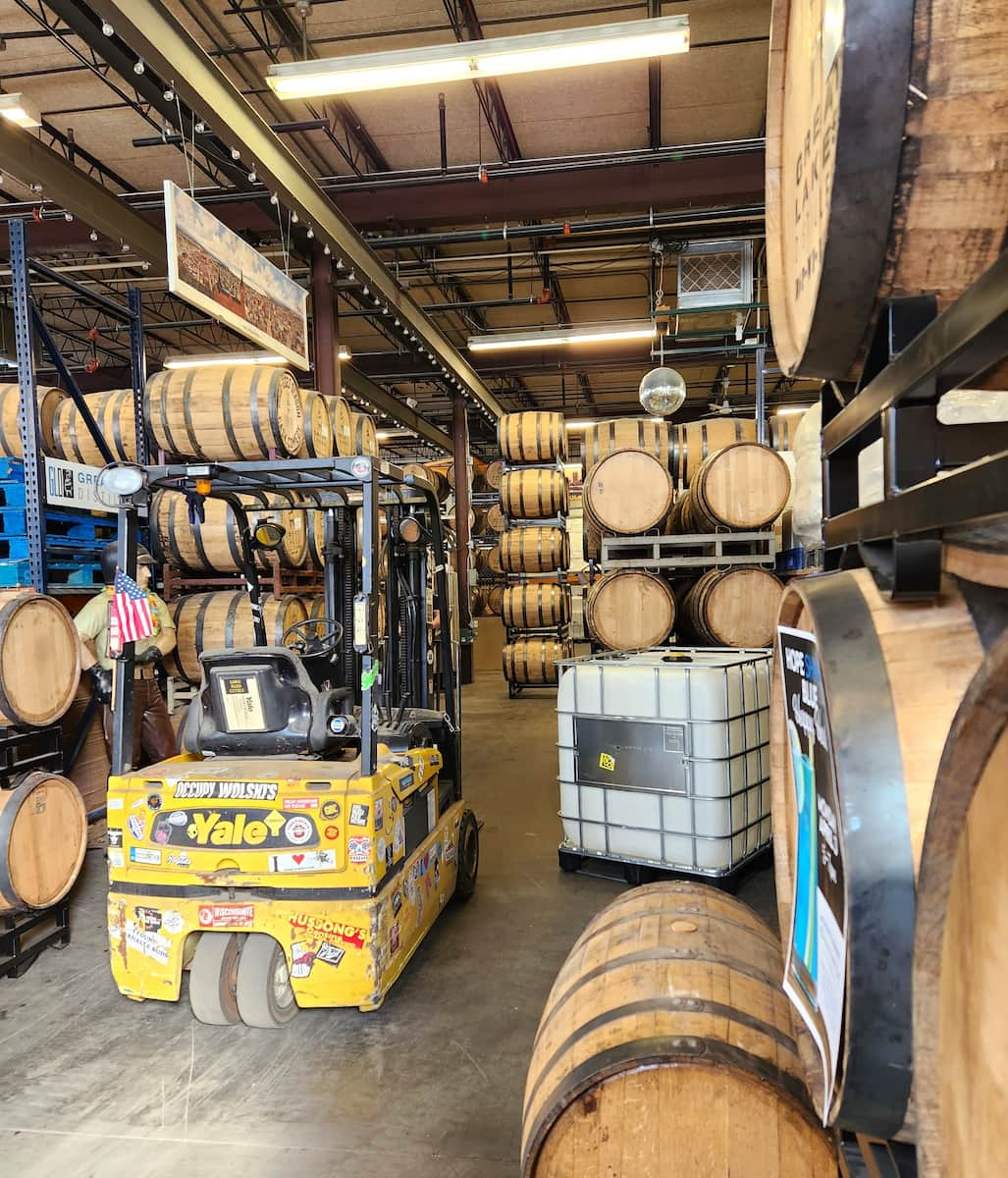
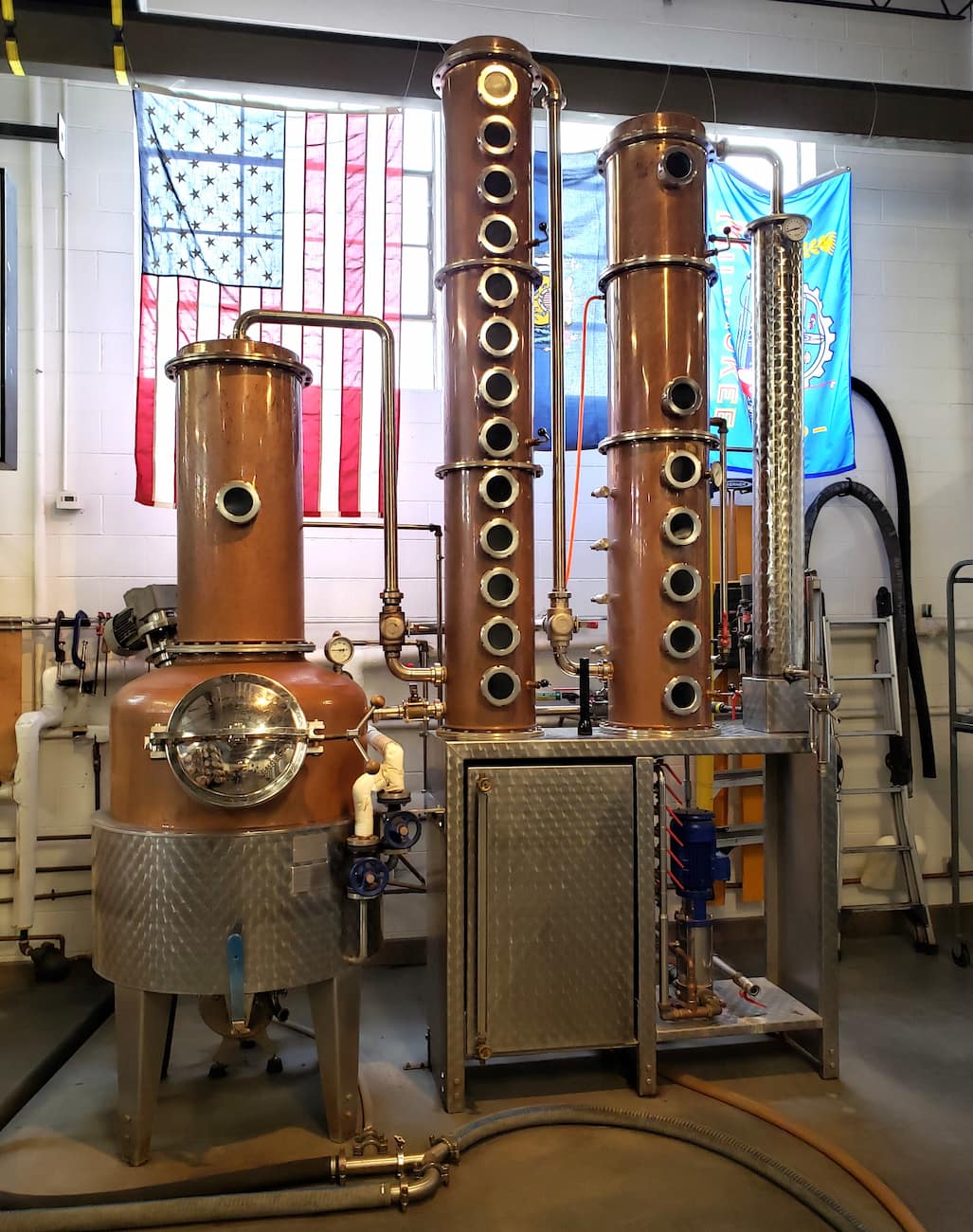
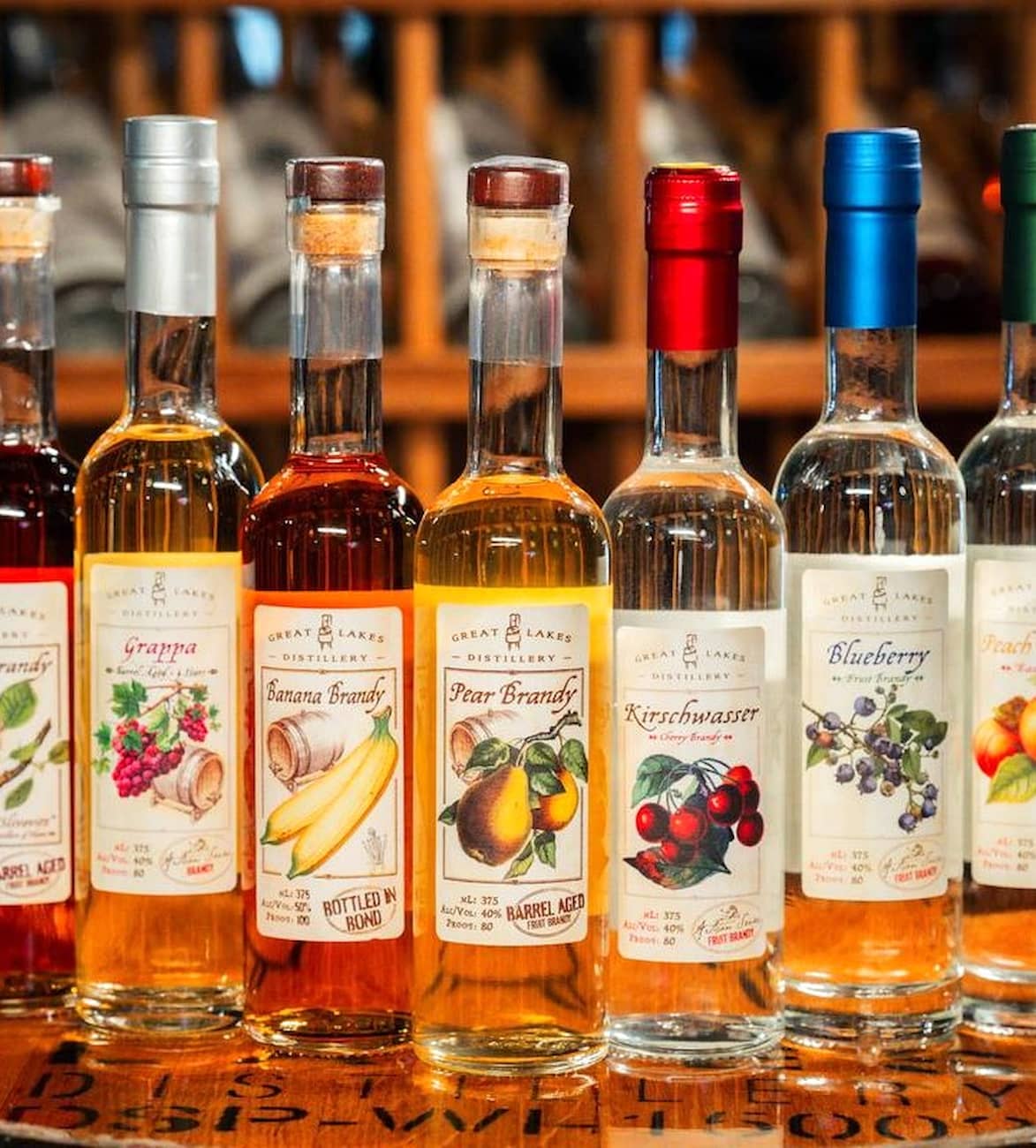
Tasting adventure. During my guided tour, I learned about the distillation process from grain to bottle before sampling their impressive lineup of spirits. Their Rehorst Vodka and Gin form the foundation of their offerings, but I was particularly impressed by their innovative Kinnickinnic Whiskey and seasonal fruit brandies.
Tour experience. The distillery offers an educational and enjoyable glimpse into craft spirit production in a relaxed, industrial-chic setting.
| Tour Package | Includes | Price |
|---|---|---|
| Standard Tour | 45-min tour + 6 samples | $15 |
| Premium Tour | 60-min tour + 8 samples + souvenir glass | $25 |
| Cocktail Tour | Tour + cocktail flight | $30 |
- Try the Roaring Dan’s Maple Rum made with Wisconsin maple syrup
- Sample their seasonal releases like pumpkin seasonal spirit or apple brandy
- Don’t miss their creative cocktails in the tasting room that showcase their spirits
10. Marcus Center for the Performing Arts
Cultural cornerstone. I spent an unforgettable evening at the Marcus Center for the Performing Arts, Milwaukee’s premier venue for Broadway shows, ballet, symphony, and opera performances. Located downtown along the river, this cultural hub hosts over 600 events annually across its multiple performance spaces.
Acoustic excellence. Uihlein Hall, the center’s main venue with nearly 2,300 seats, impressed me with its perfect acoustics and excellent sightlines. The smaller Todd Wehr Theater and Wilson Theater at Vogel Hall offer more intimate performance experiences for chamber music, experimental theater, and children’s productions.
Performance variety. The Marcus Center serves as home to Milwaukee’s major performing arts organizations while also bringing in touring productions.
| Resident Company | Performance Type | Season |
|---|---|---|
| Milwaukee Symphony | Classical music | September-May |
| Milwaukee Ballet | Dance | October-April |
| Florentine Opera | Opera | October-May |
| First Stage | Children’s theater | September-June |
| Broadway Series | Touring musicals | Year-round |
Top Tip: Check their calendar for free outdoor performances in summer at the adjacent Peck Pavilion, and arrive early to enjoy the riverside setting and public art installations surrounding the center.
Things to Do in Milwaukee with Kids
1. Milwaukee County Zoo
Animal kingdom. I spent a full day exploring the Milwaukee County Zoo’s sprawling 190-acre campus, home to over 2,100 animals representing 330 species from around the world. The beautifully landscaped grounds make it easy to forget you’re in an urban setting, with natural habitats that give animals plenty of space to roam.
Interactive experiences. Beyond simply viewing animals, the zoo offers numerous ways for kids to engage directly with wildlife. My niece was thrilled to feed the giraffes at eye level from an elevated platform, while my nephew couldn’t stop talking about the penguin encounter where we learned about conservation efforts.
| Area | Key Animals | Special Features |
|---|---|---|
| African Savanna | Elephants, giraffes, rhinos | Giraffe feeding station |
| Big Cat Country | Lions, tigers, jaguars | Glass viewing walls |
| Primates of the World | Gorillas, orangutans, bonobos | Multi-level habitats |
| Aquatic & Reptile Center | Sharks, pythons, turtles | Touch pool |
| Aviary | Flamingos, eagles, penguins | Free-flight area |
- Ride the Safari Train for a 1.5-mile tour around the entire zoo
- Visit the Northwestern Mutual Family Farm to pet domestic animals
- Check the daily schedule for keeper talks and animal feedings
2. Betty Brinn Children’s Museum
Hands-on learning. I watched in amazement as children transformed into mini-scientists, artists, and engineers at the Betty Brinn Children’s Museum. this interactive wonderland is designed specifically for kids under 10, with exhibits that make learning feel like play while developing crucial cognitive and motor skills.
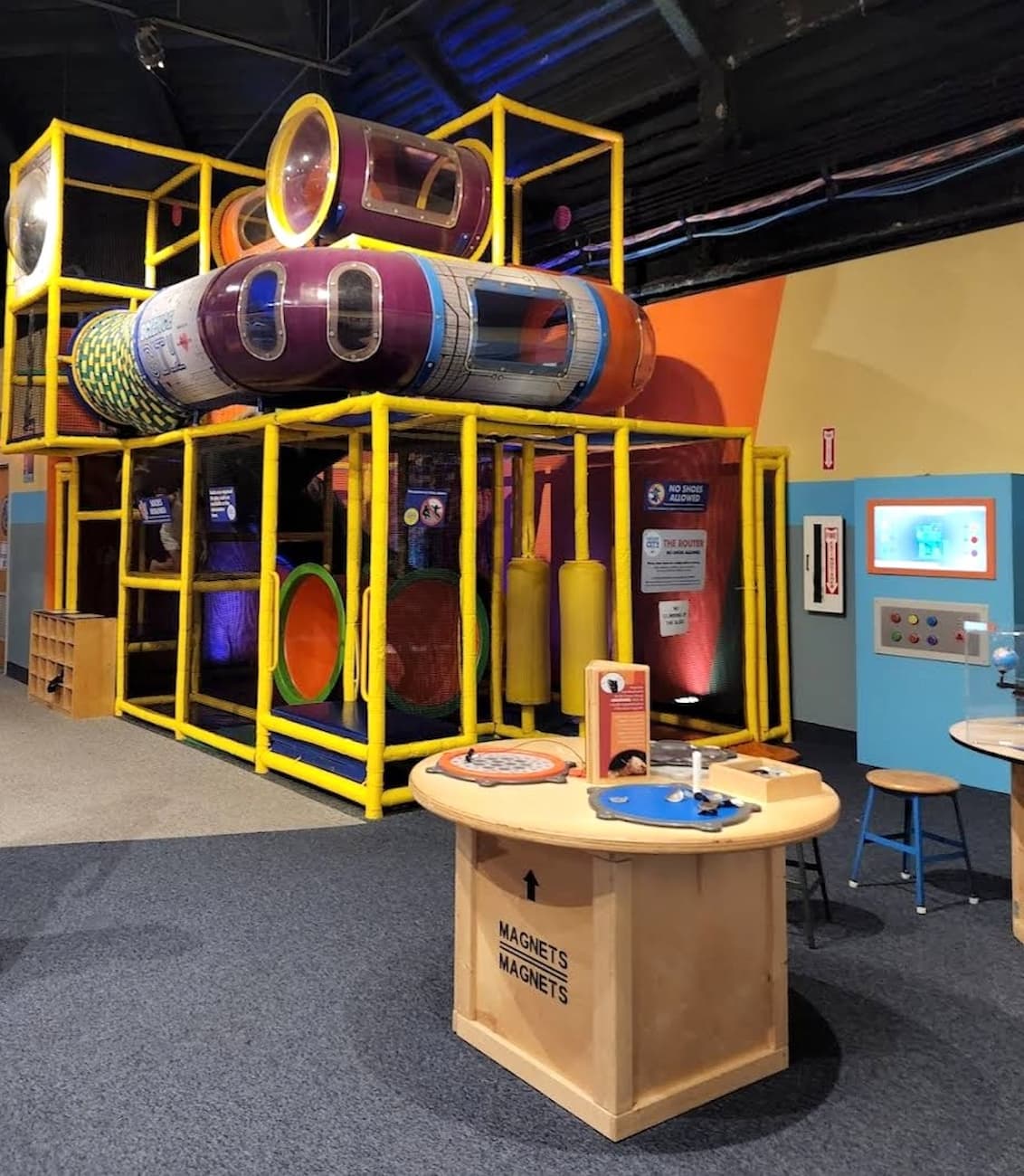
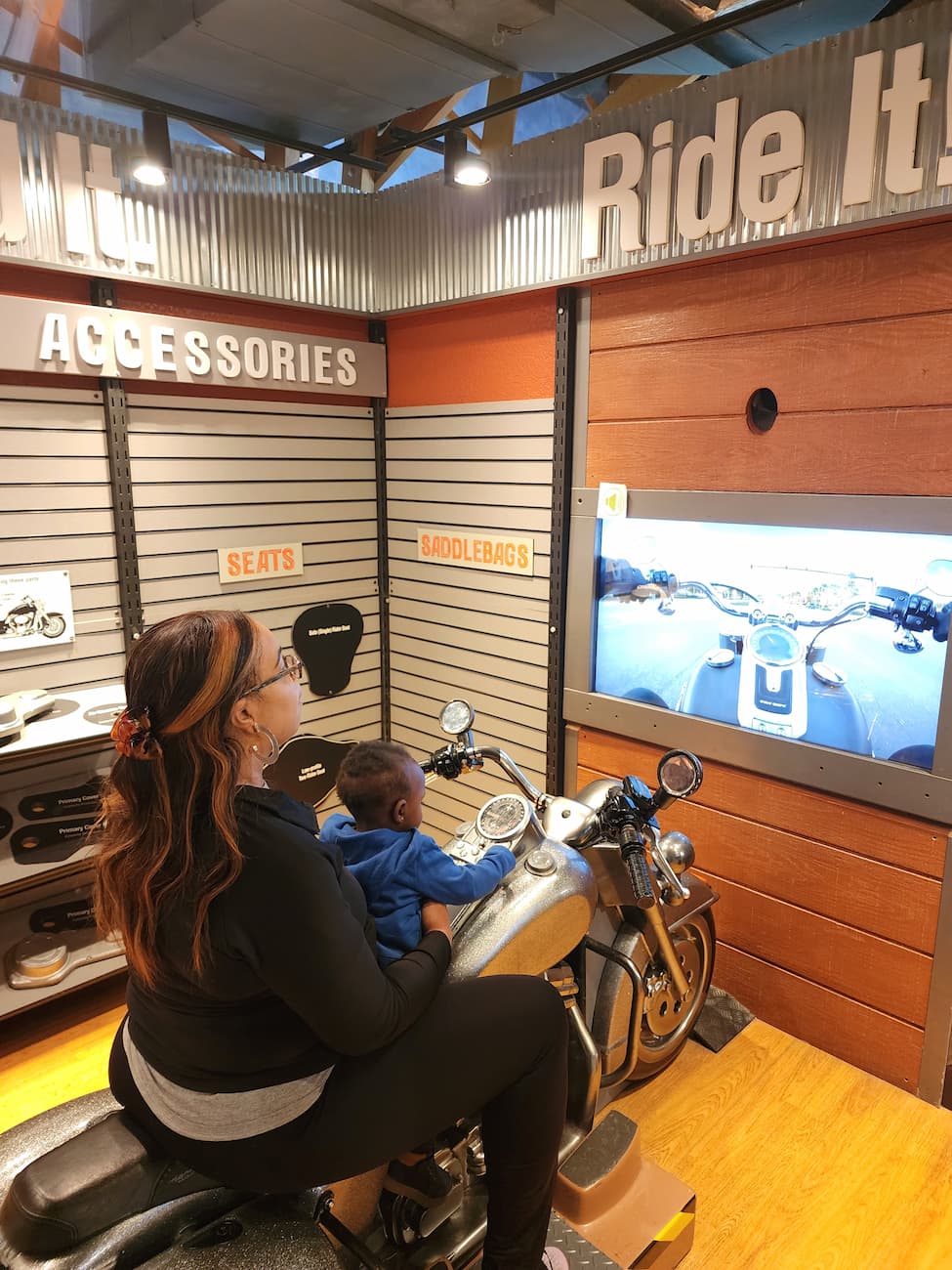
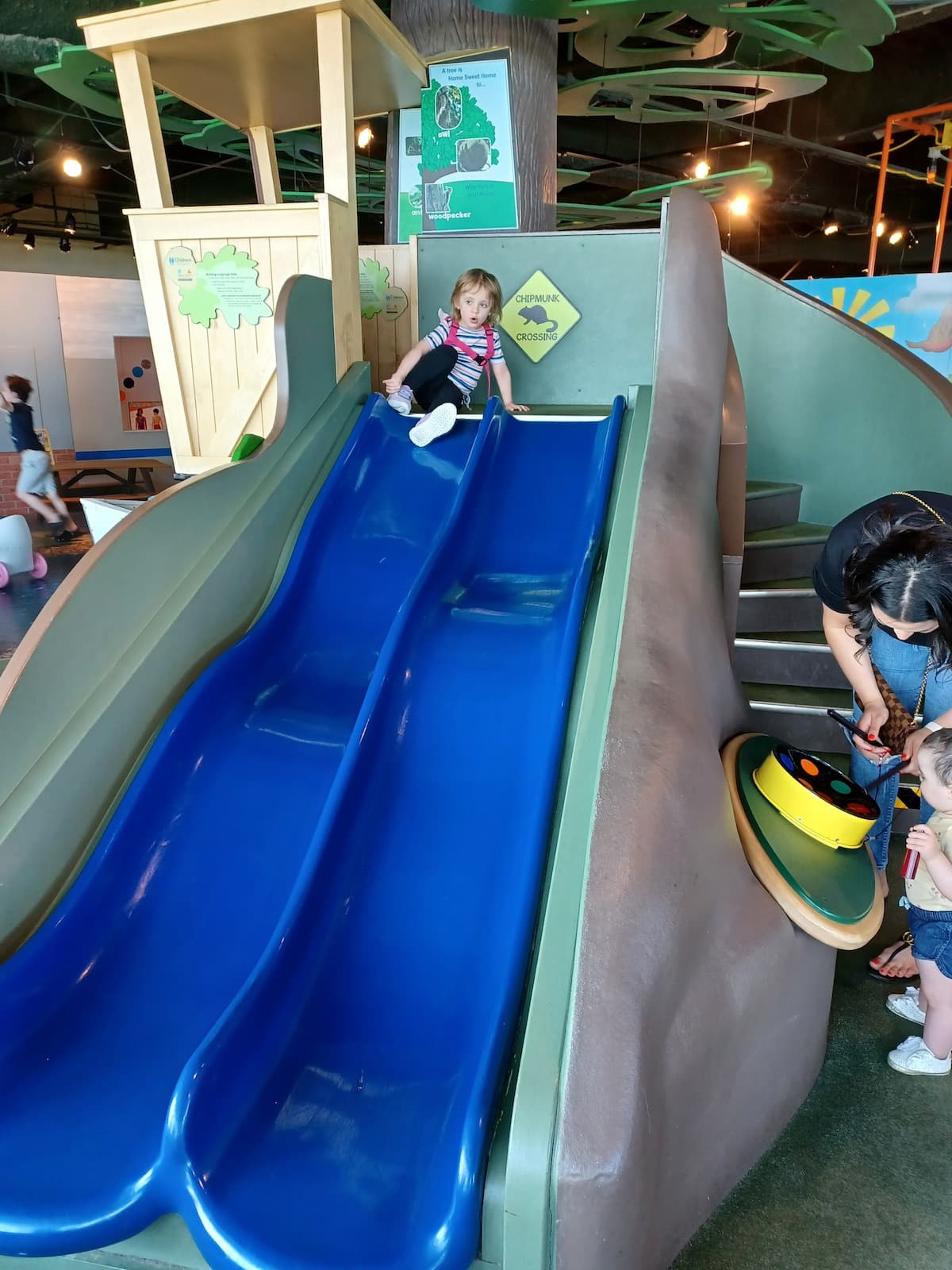
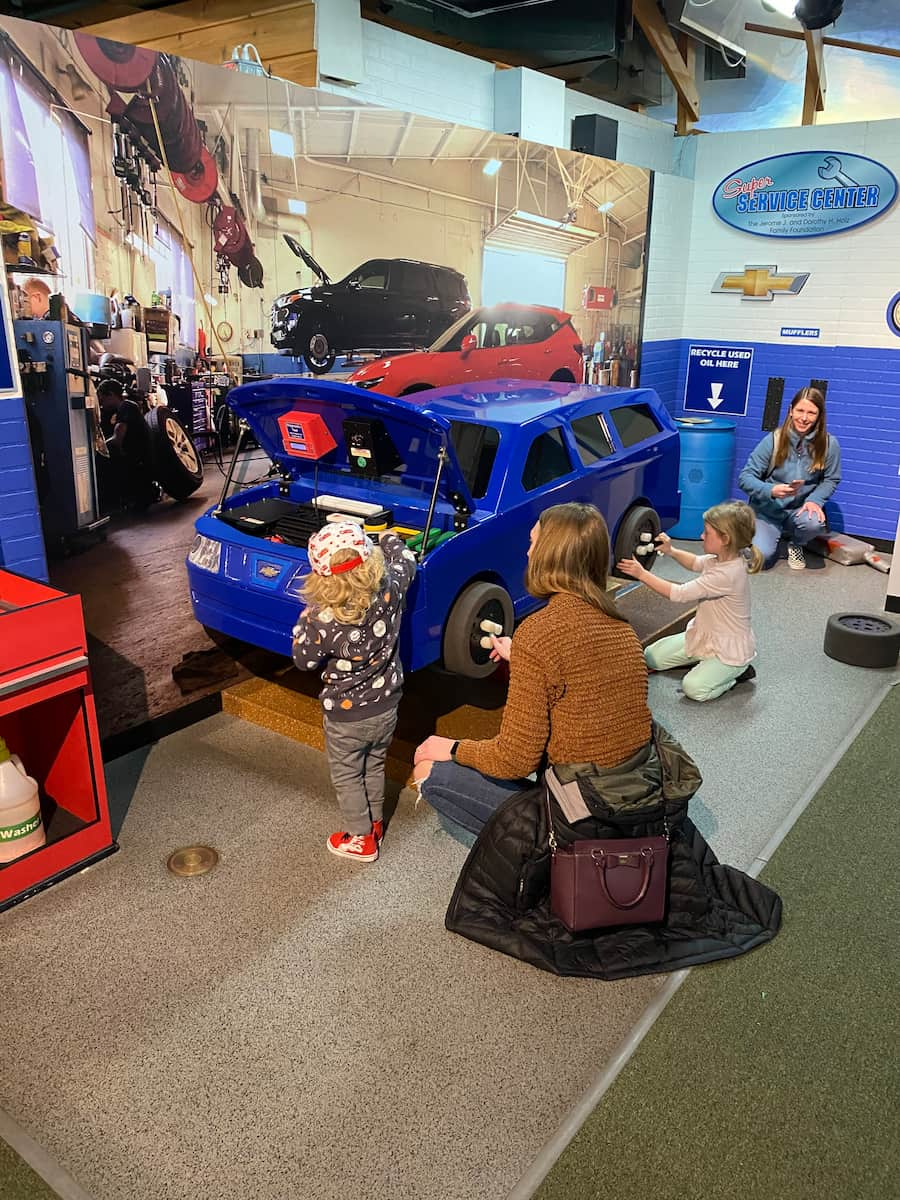
Creative exploration. The museum’s thoughtfully designed spaces encourage children to touch, build, experiment, and collaborate. In the Pocket Park, toddlers navigated a miniature town with child-sized buildings, while older kids constructed elaborate contraptions in the Be A Maker space using real tools and technology.
| Exhibit | Age Range | Skills Developed |
|---|---|---|
| Home Town | 0-5 | Role-playing, community awareness |
| Word Headquarters | 3-8 | Literacy, communication |
| Be A Maker | 4-10 | Engineering, problem-solving |
| Science CITY | 3-10 | Scientific concepts, experimentation |
| Pocket Park | 0-4 | Gross motor skills, sensory play |
My tip: Visit on “Free Third Thursday” evenings when admission is free from 5-8 PM, or check their calendar for special workshops and themed events that rotate monthly.
3. Urban Ecology Center
Nature in the city. I discovered an unexpected oasis at the Urban Ecology Center, where Milwaukee’s urban landscape meets environmental education in three locations throughout the city. The flagship Riverside Park branch sits on 15 acres of restored habitat along the river, offering a perfect introduction to Wisconsin’s natural environment right in the heart of the city.
Outdoor classroom. What makes this place special is how it transforms city kids into nature enthusiasts through hands-on activities. I watched children identify native plants, examine pond water under microscopes, and learn to identify bird calls-all within city limits and accessible by public transportation.
Family programming. The center offers an impressive calendar of activities designed to get families outdoors together.
| Activity | Description | Best Season |
|---|---|---|
| Equipment Lending | Free canoes, kayaks, snowshoes, bikes | Varies by season |
| Family Nature Programs | Guided hikes, animal encounters | Year-round |
| Citizen Science | Bird counts, water quality testing | Spring/Summer |
| Adventure Clubs | Age-specific outdoor skills groups | School year |
- Borrow outdoor equipment for free with a family membership ($60/year)
- Visit all three branches (Riverside, Washington Park, Menomonee Valley)
- Check out their calendar for family-friendly events like maple sugaring in spring
4. Alice’s Garden Urban Farm
Community harvest. I stumbled upon Alice’s Garden, a two-acre urban farm in the heart of Milwaukee that transformed my understanding of city agriculture. This vibrant community space features over 100 rental garden plots where families grow their own food, medicinal herbs, and flowers, creating a multicultural tapestry of plants and people.
Kid-friendly farming. What makes Alice’s Garden special for children is its dedicated youth programming that teaches kids where food comes from through hands-on gardening. I watched children harvest vegetables they’d never seen growing before, their faces lighting up with pride as they pulled carrots from the soil and collected eggs from the chicken coop.
Educational programs. Beyond casual visits, the garden offers structured activities for young people.
| Program | Age Range | Focus |
|---|---|---|
| Sprouts | 3-5 | Sensory garden exploration |
| Young Farmers | 6-12 | Basic growing skills |
| Teen Leaders | 13-18 | Food justice and entrepreneurship |
| Family Garden Plots | All ages | Growing together |
- Visit during Tuesday evening “Garden Yoga” (free, family-friendly)
- Check their calendar for storytelling events and cultural celebrations
- Attend a community harvest dinner where kids can eat vegetables they helped grow
5. Butterfly Vivarium at Milwaukee Public Museum
Winged wonders. I stepped into a tropical paradise at the Milwaukee Public Museum’s Butterfly Vivarium, where hundreds of colorful butterflies fluttered freely around me in a carefully controlled environment. The vivarium recreates a rainforest habitat with lush plants, flowing water features, and perfect temperature and humidity for these delicate creatures.
Close encounters. What makes this experience magical for children is the immediate interaction with nature-butterflies often land on visitors’ shoulders, hands, or colorful clothing. I watched kids’ faces transform with delight as Blue Morphos, Monarchs, and exotic species from around the world danced through the air just inches away.
Educational journey. The vivarium offers more than just pretty insects; it’s a complete lesson in metamorphosis and ecology.
| Feature | Description | Best For |
|---|---|---|
| Emergence Chamber | See chrysalides and emerging butterflies | Understanding life cycles |
| Feeding Stations | Watch butterflies drink nectar | Close-up observation |
| Identification Guides | Learn to identify different species | Older children |
| Docent Stations | Staff explain butterfly facts | All ages |
Practical tip: Wear bright colors (especially red, orange, or pink) to attract butterflies, visit in the morning when they’re most active, and move slowly through the space to increase your chances of a butterfly landing on you.
Free Things to Do in Milwaukee
1. Milwaukee Public Market (browsing/events)
Culinary showcase. I wandered through the Milwaukee Public Market in the Historic Third Ward, a food lover’s paradise where browsing costs nothing but tempts you with everything. This vibrant indoor marketplace houses over 20 specialty food vendors under one roof, creating a sensory experience of aromas, colors, and flavors representing Milwaukee’s diverse culinary scene.
Free entertainment. While purchasing food is optional, the market offers plenty of free experiences, from cooking demonstrations in the second-floor Palm Garden to seasonal events and live music performances. I spent an entertaining hour watching a local chef transform Wisconsin cheese into gourmet dishes during a weekend demonstration.
Market atmosphere. The energy of the market makes it worth visiting even if you’re on a tight budget.
| Day | Free Activities | Best Times |
|---|---|---|
| Weekdays | People-watching, vendor demonstrations | 11 AM-2 PM |
| Saturdays | Cooking classes (observation only) | 11:30 AM |
| Seasonal | Holiday events, special demonstrations | Varies |
- Take advantage of free samples offered by many vendors
- Enjoy the free Wi-Fi while soaking in the atmosphere
- Check their events calendar for free demonstrations and tastings
- Use the public seating area upstairs even if you bring your own snacks
2. Black Cat Alley
Urban art corridor. I discovered Black Cat Alley, an outdoor art gallery tucked away in an otherwise ordinary alleyway on Milwaukee’s East Side. This 350-foot corridor between Kenilworth Place and Ivanhoe Place has been transformed by over 20 stunning murals created by local, national, and international artists, turning a once-neglected space into a vibrant cultural attraction.
Artistic diversity. What makes this open-air gallery special is the range of artistic styles-from photorealistic portraits to abstract compositions, political statements to whimsical scenes. Each piece tells a different story, and the collection continues to evolve as new murals replace older ones, ensuring there’s always something fresh to discover.
Photography paradise. The alley has become one of Milwaukee’s most Instagram-worthy locations, with perfect lighting conditions throughout the day.
| Mural Theme | Style | Best Viewing Time |
|---|---|---|
| Portrait works | Photorealistic | Morning light |
| Abstract pieces | Contemporary | Midday |
| Large-scale animals | Street art | Afternoon |
| Text-based art | Typography | Anytime |
3. Hank Aaron State Trail
Urban wilderness. I explored the Hank Aaron State Trail, a 14-mile continuous pathway that connects Milwaukee’s western suburbs to the lakefront, passing through diverse neighborhoods, natural areas, and industrial landscapes. Named after baseball legend Hank Aaron, this multi-use trail offers a free way to experience Milwaukee’s varied terrain by foot or bicycle.
Historical journey. What makes this trail special is how it connects Milwaukee’s past and present. I passed remnants of the city’s industrial heritage, including the former Milwaukee Road rail yards, while also enjoying restored natural areas where native plants and wildlife have returned to once-developed land.
Scenic highlights. The trail offers numerous points of interest along its route.
| Section | Features | Distance |
|---|---|---|
| Lakefront | Harbor views, Lakeshore State Park | 2 miles |
| Menomonee Valley | Three Bridges Park, urban wildlife | 3 miles |
| Miller Park | Baseball stadium, Menomonee River | 2 miles |
| West End | Monarch Trail, wildflowers | 7 miles |
4. Veterans Park
Leisure. I spent a perfect afternoon at Veterans Park, a 125-acre green space stretching along Milwaukee’s Lake Michigan shoreline. This expansive park offers some of the best free views in the city, with the downtown skyline on one side and the vast blue horizon of Lake Michigan on the other.
Outdoor recreation. The park’s wide-open spaces make it ideal for free activities, from flying kites on the dedicated kite field to jogging along the paved paths that wind through the grounds. I joined locals playing frisbee, having picnics, and simply relaxing on the grassy slopes overlooking the water.

Scenic beauty. The park’s location makes it a prime spot for photography and nature appreciation.
| Area | Activities | Best Time |
|---|---|---|
| Kite Field | Kite flying, picnicking | Windy days |
| Lakefront Path | Walking, running, cycling | Sunrise/sunset |
| War Memorial | Historical monuments | Anytime |
| Juneau Park Overlook | City views, photography | Evening |
- Bring a blanket and picnic to enjoy on the grassy areas
- Watch sailboats from the shore during summer regattas
- Visit during festivals when the park hosts free events
- Use the free parking lots on weekdays (fees may apply on weekends/holidays)
5. Swing Park
Hidden gem. I stumbled upon Swing Park, one of Milwaukee’s most delightful urban surprises tucked beneath the Holton Street Bridge. This community-created space transformed an unused area under the bridge into a whimsical playground centered around swings hanging from the bridge infrastructure-proving that sometimes the best things in life really are free.
Playful atmosphere. What makes Swing Park special is its spontaneous, grassroots origin and the simple joy it provides. I watched people of all ages take turns on the various swings, from traditional seats to tire swings and innovative designs, with the river flowing peacefully below and street art decorating the concrete pillars.
Urban adventure. The park offers a unique perspective on Milwaukee’s riverfront and surrounding neighborhoods.
| Swing Type | Experience | Best For |
|---|---|---|
| Traditional Swings | Classic swinging | All ages |
| Tire Swings | Group swinging | Multiple people |
| Hammock Swings | Relaxed swaying | Teens/adults |
| Art Installations | Interactive pieces | Photography |
My advice: Visit at sunset when the bridge lights begin to illuminate the space, creating a magical atmosphere. The park is accessible 24/7, but evening hours offer the most enchanting experience with the city lights reflecting on the river.
6. Bradford Beach
Playground. I was amazed to find a vibrant beach scene right in the heart of Milwaukee at Bradford Beach, a free public beach stretching along Lake Michigan. This sandy oasis offers a quarter-mile of shoreline where locals and visitors alike swim, sunbathe, and play beach volleyball without spending a dime.

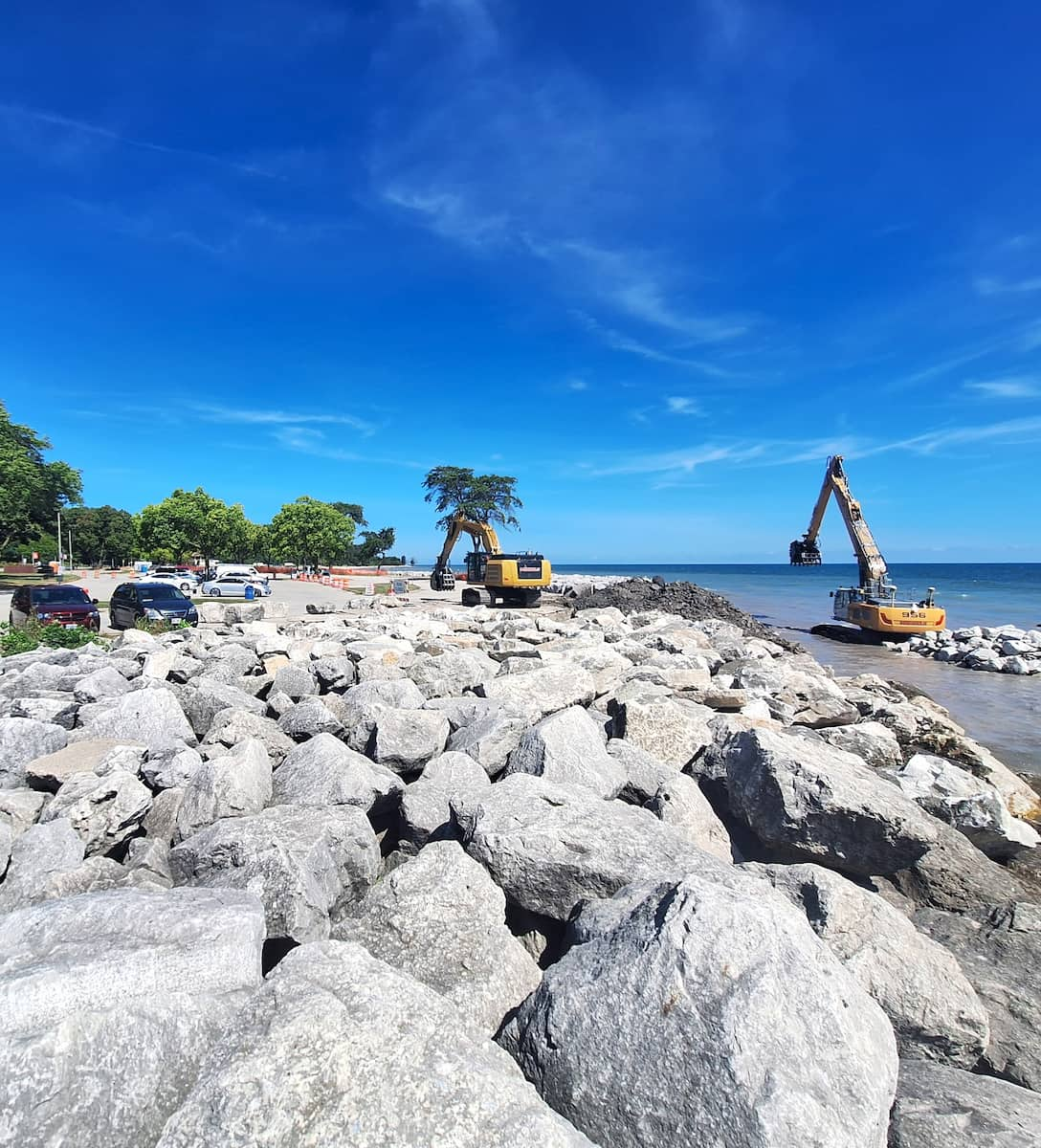
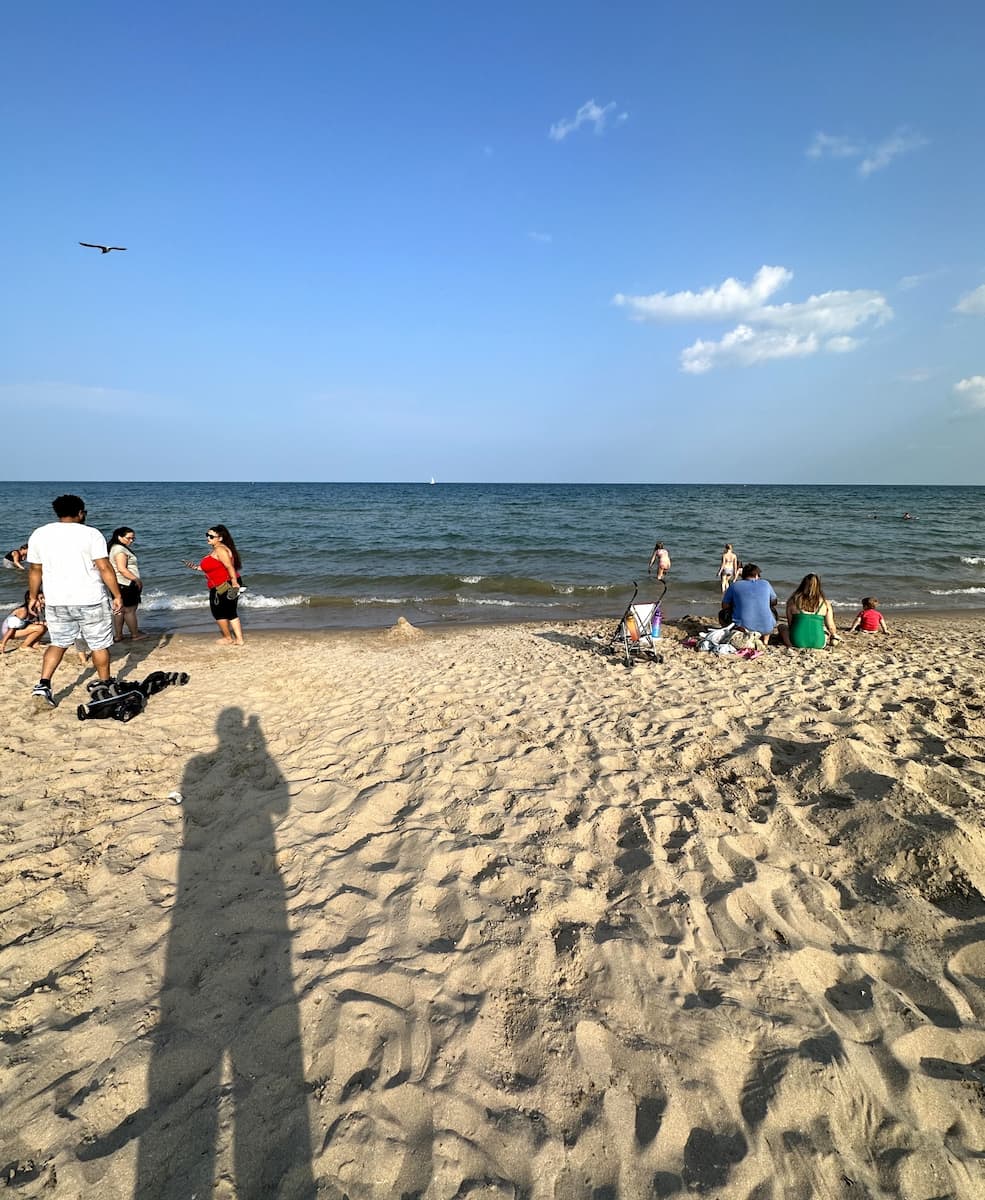

Recreational hub. During summer months, the beach transforms into Milwaukee’s outdoor recreation center with pickup volleyball games on the 40+ courts, impromptu soccer matches, and fitness enthusiasts jogging along the shoreline. I joined a casual volleyball game and made new friends while enjoying the lake breeze.
Natural beauty. The beach provides stunning views and natural experiences year-round.
| Season | Activities | Amenities |
|---|---|---|
| Summer | Swimming, volleyball, sunbathing | Lifeguards, restrooms |
| Fall | Beach walks, photography | Less crowded |
| Winter | Ice formations, snow viewing | Serene landscapes |
| Spring | Birdwatching, picnicking | Migrating birds |
- Bring your own volleyball to use the free courts (first-come, first-served)
- Visit early morning for peaceful sunrise views over the lake
- Use the free outdoor showers to rinse off after swimming
- Check water quality reports online before swimming (occasionally affected after heavy rains)
7. Jazz in the Park
Musical evenings. I discovered one of Milwaukee’s best summer traditions at Jazz in the Park, a free outdoor concert series held Thursday evenings in Cathedral Square Park from June through August. This beloved event transforms the downtown park into an open-air concert venue where locals gather with picnic blankets and lawn chairs to enjoy live music under the stars.
Community vibe. What makes these concerts special is the diverse crowd they attract-from families with young children to couples on dates, groups of friends to solo music lovers. I found myself chatting with strangers who became temporary friends as we shared in the collective experience of live music in an urban setting.
Weekly ritual. The series features a rotating lineup of musical acts, primarily jazz but also including funk, R&B, blues, and world music.
| Time | Activity | Notes |
|---|---|---|
| 5:00 PM | Early arrival, picnic setup | Best spots fill quickly |
| 6:00 PM | Opening acts/warm-up music | Less crowded |
| 6:30-9:00 PM | Main performance | Peak attendance |
| After 9:00 PM | Post-concert socializing | Local bars fill up |
My tip: While bringing your own food and non-alcoholic beverages is permitted, alcohol must be purchased on-site from vendors. Arrive by 5:30 PM to secure a good spot, especially if you have a group larger than four people.
8. Lynden Sculpture Garden
Artistic landscape. I discovered a hidden treasure at the Lynden Sculpture Garden, where art and nature merge across 40 acres of park-like grounds dotted with over 50 monumental sculptures. While there’s normally an admission fee, I visited during their monthly free day (first Wednesday of each month) to explore this former estate turned outdoor museum.
Sculptural journey. Walking the winding paths, I encountered massive abstract forms, figurative bronzes, and contemporary installations set against a backdrop of ponds, trees, and carefully designed gardens. Each sculpture seemed perfectly placed within the landscape, creating a dialogue between art and environment that changes with the seasons.
Natural setting. Beyond the sculptures, the grounds themselves offer a peaceful retreat from urban life.
| Area | Features | Best Season |
|---|---|---|
| Main Pond | Water sculptures, willow trees | Spring/Summer |
| Woodland Paths | Forest sculptures, shade | Summer/Fall |
| Open Meadows | Large-scale works, wildflowers | All seasons |
| Former Residence | Indoor gallery, garden views | Rainy days |
- Visit on the first Wednesday of each month for free admission
- Check their calendar for free family workshops on select weekends
- Bring a sketchbook-drawing is encouraged throughout the grounds
- Pack a picnic to enjoy at designated areas (no food available on-site)
9. North Point Lighthouse grounds
Maritime history. I explored the grounds of North Point Lighthouse, a historic beacon perched atop a bluff in Lake Park overlooking Lake Michigan. While touring the lighthouse itself requires admission, wandering the surrounding grounds and exterior is completely free and offers fascinating glimpses into Milwaukee’s maritime past.
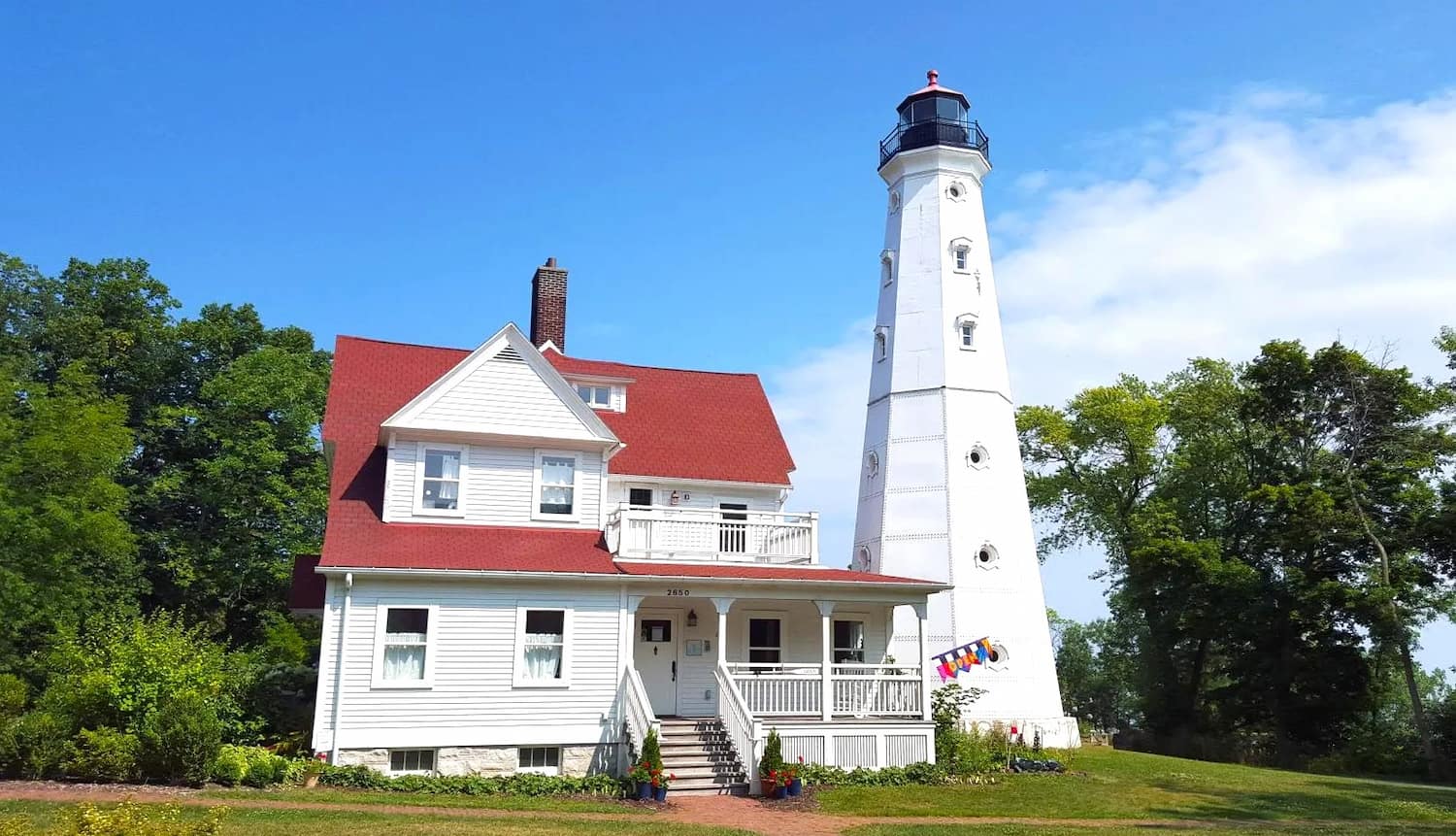
Scenic viewpoint. The lighthouse sits on a prime piece of real estate, providing spectacular views of the lake and the surrounding park. I spent a peaceful hour photographing the 74-foot tower against the blue horizon and watching ships pass in the distance-a reminder of Milwaukee’s important role as a Great Lakes port city.
Architectural beauty. The 1888 lighthouse and keeper’s quarters showcase classic maritime architecture.
| Viewpoint | What You’ll See | Best Time |
|---|---|---|
| East Side | L. Michigan panorama | Sunrise |
| South Lawn | Lighthouse with lake background | Midday |
| North Path | Historic keeper’s quarters | Anytime |
| West Approach | Tower against city skyline | Late afternoon |
My tip: Visit during the “Doors Open Milwaukee” weekend in September when the lighthouse interior is occasionally open for free tours, or combine your visit with a walk through the Frederick Law Olmsted-designed Lake Park surrounding the lighthouse.
10. Milwaukee RiverWalk
Urban waterway. I strolled along the riverwalk, a free pedestrian promenade that winds for nearly 3 miles along the Milwaukee River through downtown. This award-winning public space connects three distinct riverfront neighborhoods-the Third Ward, Downtown, and Beerline B-offering a pleasant way to experience the city from a different perspective.
Artistic journey. What makes the RiverWalk special is its integration of public art, including the famous “Bronze Fonz” statue commemorating Happy Days character Arthur Fonzarelli. I discovered numerous sculptures, murals, and interactive installations as part of the RiverSculpture! program that adds cultural dimension to the walkway.
Scenic views. The pathway provides unique vantage points of Milwaukee’s architecture and river activity.
| Section | Highlights | Length |
|---|---|---|
| Third Ward | Historic warehouses, Public Market access | 0.7 miles |
| Downtown | Restaurant patios, Bronze Fonz, bridges | 1.3 miles |
| Beerline B | Modern condos, former brewery sites | 1 mile |
- Look for the “Pedestrian Access” signs that indicate public entrances to the RiverWalk
- Visit at night when buildings and bridges are illuminated
- Check out the river confluence where the Milwaukee, Menomonee, and Kinnickinnic Rivers meet
- Use the RiverWalk to access restaurants with waterfront patios (though dining is not free)
11. Historic Third Ward (walking/architecture)
Architectural showcase. I wandered through Milwaukee’s Third Ward, a 10-square-block neighborhood of beautifully preserved late 19th and early 20th century commercial buildings. Once the city’s warehouse district, these historic structures now house boutiques, galleries, and restaurants, but simply admiring their architectural details costs nothing.
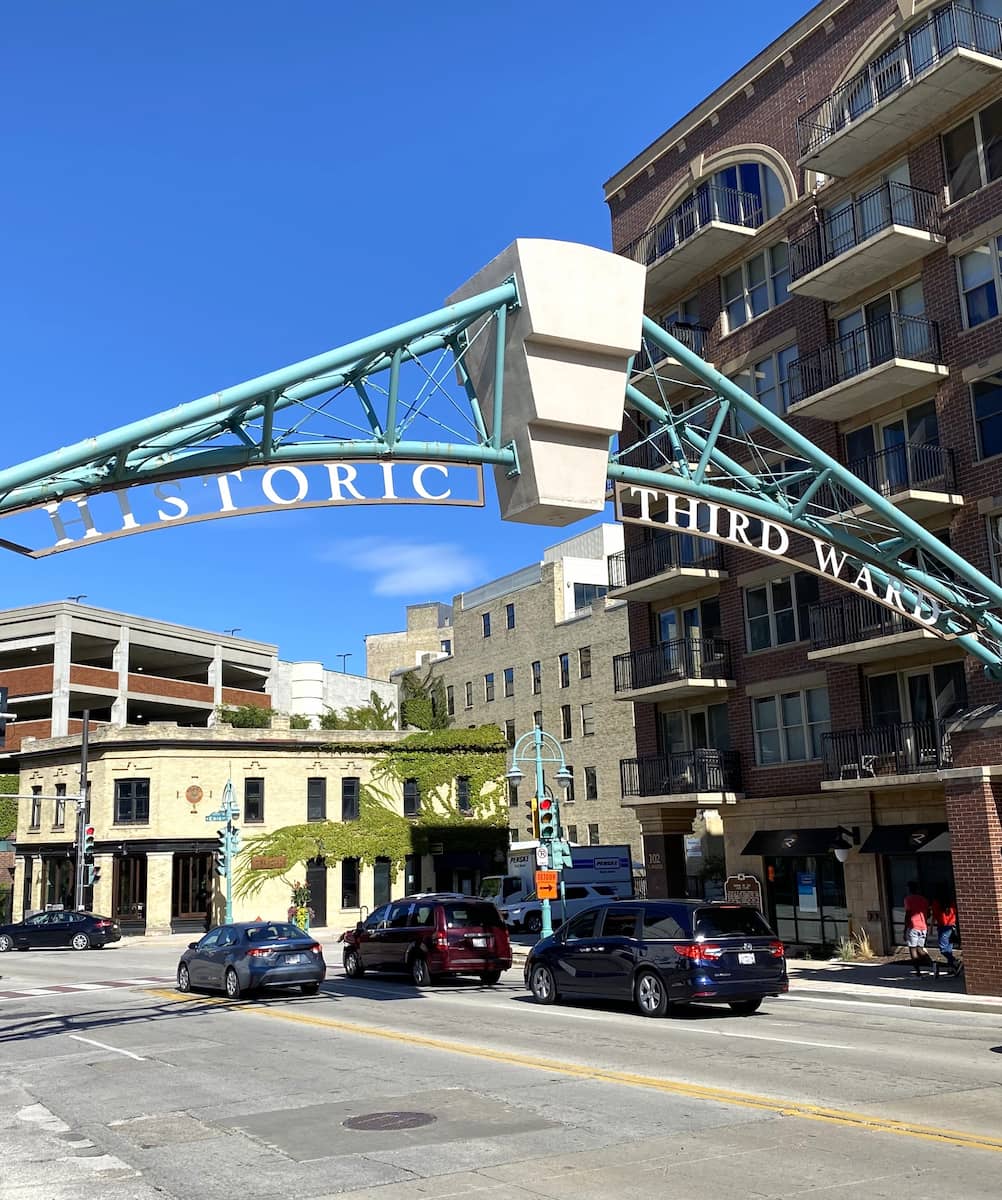
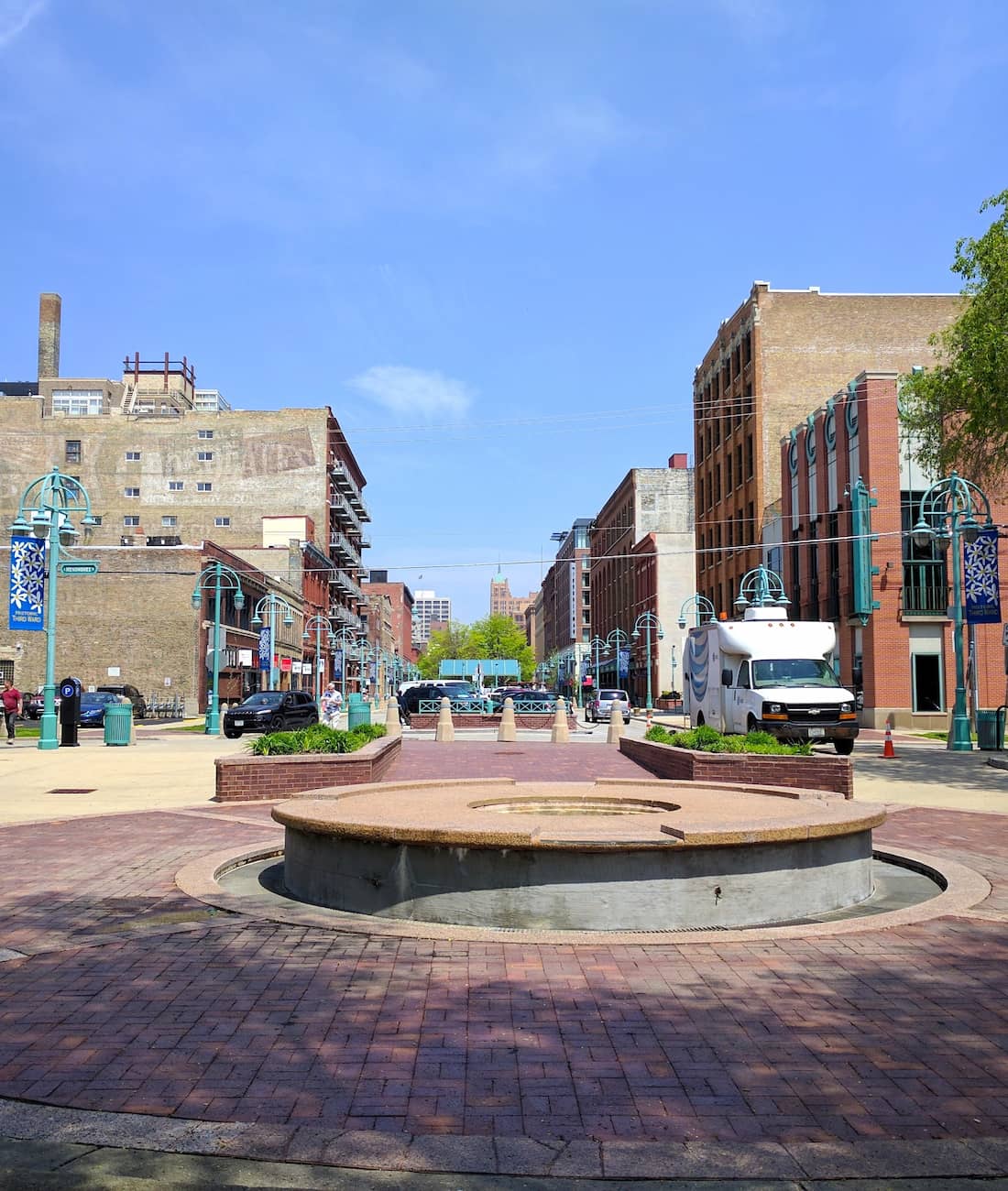
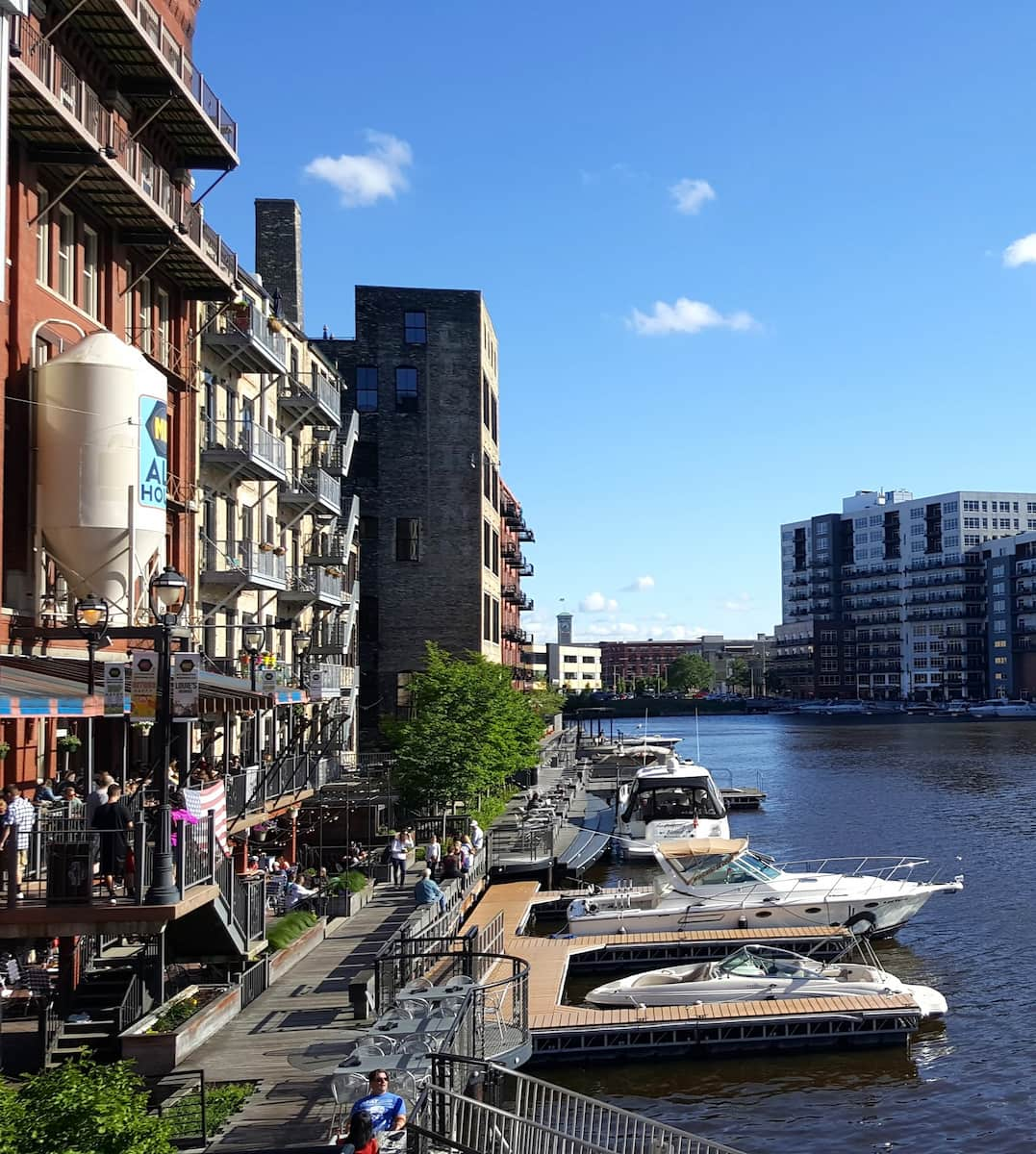
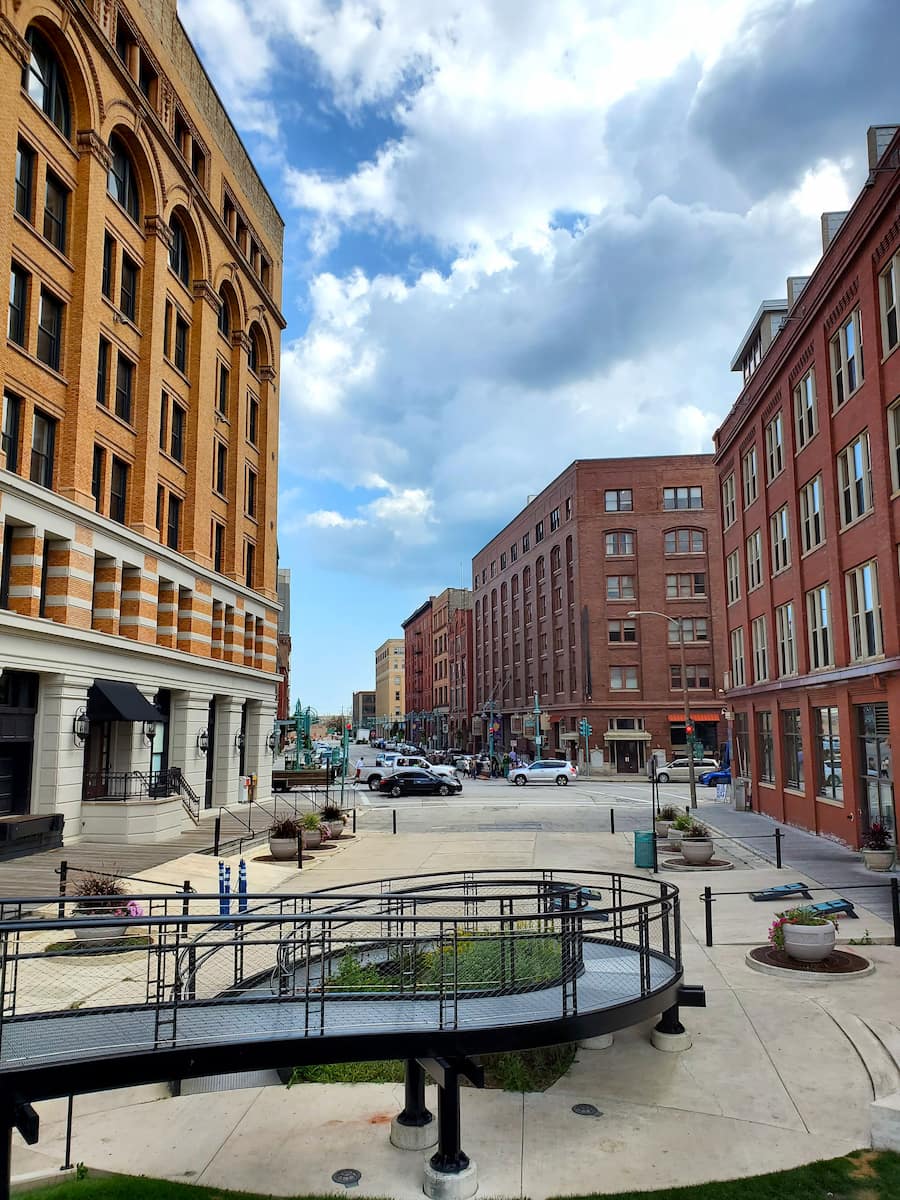
Self-guided exploration. What makes the Third Ward special for budget travelers is how walkable and visually interesting it is. I spent hours photographing the distinctive Cream City brick buildings, cast-iron facades, and industrial details that tell the story of Milwaukee’s commercial past.
Historic immersion. The district offers numerous points of architectural and historical interest.
| Architectural Feature | Where to Find | Style |
|---|---|---|
| Cream City Brick | Throughout district | Local yellow-cream colored brick |
| Cast Iron Facades | Broadway buildings | Industrial decorative elements |
| Loading Docks | Alleyways | Converted to outdoor seating |
| Ghost Signs | Upper building walls | Faded painted advertisements |
12. South Shore Beach
Local favorite. I discovered South Shore Beach, a quieter alternative to Bradford Beach located in Bay View’s South Shore Park. This free public beach offers the same lake swimming access without the crowds, making it perfect for those seeking a more relaxed experience.
Natural setting. What makes South Shore special is its integration with the surrounding park, where a tree-lined promenade separates the beach from grassy picnic areas. I enjoyed alternating between swimming in the refreshing lake waters and relaxing in the shade of mature trees just steps from the shore.
Recreational options. The beach and adjacent park offer numerous free activities.
| Area | Activities | Facilities |
|---|---|---|
| Beach | Swimming, sunbathing | Seasonal lifeguards |
| Promenade | Walking, jogging, cycling | Paved path |
| Picnic Areas | Grilling, picnicking | Tables, grills |
| Fishing Pier | Fishing, lake viewing | Extended platform |
- Visit on weekdays for the most peaceful experience
- Bring water shoes as the shoreline can be rocky in spots
- Check the Milwaukee Health Department website for water quality updates
- Combine your visit with the Oak Leaf Trail that runs through the park
Seasonal Activities in Milwaukee
Christmas in Milwaukee
Winter wonderland. I was enchanted by Milwaukee’s transformation during the holiday season, beginning with the Milwaukee Holiday Lights Festival that illuminates downtown from mid-November through early January. Cathedral Square Park becomes “Community Spirit Park” with animated light displays, while Pere Marquette Park transforms into “Tinsel Town Square” with a massive Christmas tree and synchronized light shows.
Festive markets. The highlight of my holiday experience was the Christkindlmarket Milwaukee, a traditional German-style outdoor market held at Fiserv Forum’s Deer District. I wandered through wooden chalets selling handcrafted ornaments, nutcrackers, and European treats while warming my hands on a mug of glühwein (mulled wine) and listening to carolers.
Historic celebrations. Milwaukee’s historic sites embrace the season with special decorations and events.
| Holiday Attraction | Dates | Features |
|---|---|---|
| Holiday Lights Festival | Mid-Nov to early Jan | Free light displays downtown |
| Christkindlmarket | Nov 17-Dec 24 | German-style holiday market |
| Pabst Mansion Christmas | Nov 18-Jan 7 | Historic holiday decorations |
| Mitchell Park Domes Show | Late Nov-early Jan | Holiday floral display |
- Take the free Jingle Bus tour that loops through all the light displays (Thu-Sun evenings)
- Visit the Pabst Mansion to see each room decorated in period-appropriate holiday style
- Attend the free tree lighting ceremony in Cathedral Square (typically mid-November)
- Check out the holiday model train display at the Domes’ Show Dome
Summerfest and Summer Festivals
Festival central. I experienced the world’s largest music festival, Summerfest, which takes over Henry Maier Festival Park for three consecutive weekends in late June and early July. While general admission tickets are required, I discovered several ways to attend for free through daily promotions, volunteer opportunities, and special admission days.
Cultural celebrations. Beyond Summerfest, Milwaukee hosts a remarkable series of cultural festivals. I danced to traditional polka at Polish Fest, sampled souvlaki at Greek Fest, and watched riveting performances at Mexican Fiesta-each festival offering a deep dive into a different culture’s food, music, and traditions.
Summer entertainment. The festival season creates a non-stop calendar of events.
| Festival | Typical Dates | Cultural Focus |
|---|---|---|
| Summerfest | Late June-Early July | Music (all genres) |
| Polish Fest | Mid-June | Polish culture |
| Festa Italiana | Mid-July | Italian heritage |
| German Fest | Late July | German traditions |
| Irish Fest | Mid-August | Irish culture |
| Mexican Fiesta | Late August | Mexican heritage |
Spring Blooms in Milwaukee Parks
Floral awakening. I witnessed Milwaukee’s transformation from winter gray to vibrant color during spring, when the city’s parks and gardens burst into bloom. The Mitchell Park Domes’ Spring Floral Show (typically mid-March through late May) offered an early taste of the season with thousands of tulips, daffodils, and hyacinths arranged in elaborate displays inside the Show Dome.
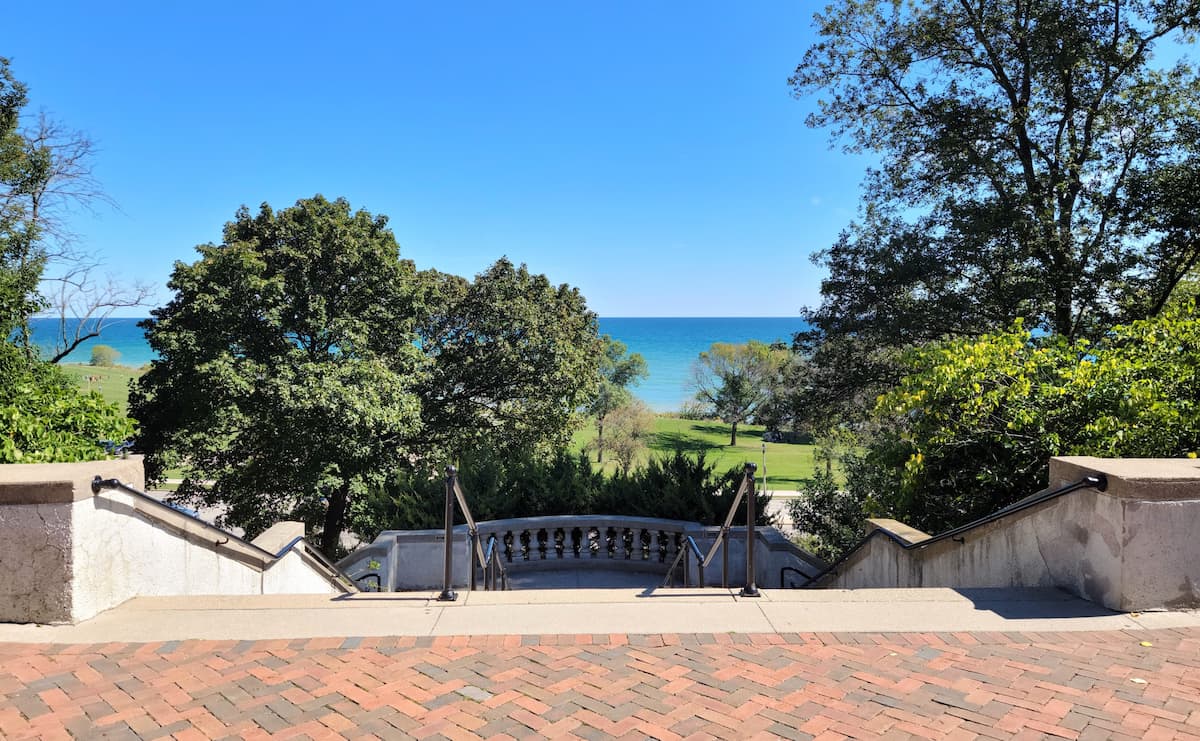
Outdoor blooms. As temperatures warmed, I explored Lake Park’s winding paths where Frederick Law Olmsted’s landscape design showcases spring flowering trees and native wildflowers. The park’s ravines filled with trillium and bluebells, while cherry trees created clouds of pink blossoms.
Seasonal highlights. Spring offers unique natural displays throughout the city.
| Location | Peak Bloom Time | What to See |
|---|---|---|
| Mitchell Park Domes | March-May | Rotating spring flower show |
| Boerner Botanical Gardens | April-May | Daffodils, tulips, magnolias |
| Lake Park | April-May | Flowering trees, spring ephemerals |
| Riverside Park | April-May | Native woodland wildflowers |
- Visit Boerner Botanical Gardens in early May for peak tulip displays
- Look for the crabapple collection in Lake Park when in bloom (typically early May)
- Join a free spring wildflower walk with the Urban Ecology Center (typically weekends in April-May)
Autumn Foliage Walks
Fall spectacle. I discovered that Milwaukee’s abundant parks and tree-lined streets create a stunning autumn display from late September through early November. Lake Park, designed by landscape architect Frederick Law Olmsted, offered some of the most dramatic fall colors with its diverse collection of maple, oak, and beech trees creating a canopy of crimson, orange, and gold.
Scenic trails. The 125-mile Oak Leaf Trail that winds throughout Milwaukee County became my favorite way to experience fall, particularly the sections through Lake Park and along the Milwaukee River, where reflections of colorful trees doubled the visual impact of the seasonal change.
Autumn experiences. The fall season brings unique opportunities to experience Milwaukee’s natural beauty.
| Location | Peak Color | Features |
|---|---|---|
| Lake Park | Mid-October | Ravines with maple trees |
| Veterans Park | Late October | Lakefront views with fall backdrop |
| Oak Leaf Trail | Early-Mid October | River sections, wooded corridors |
| Holy Hill (day trip) | Early October | Panoramic views of fall foliage |
Day Trip from Milwaukee
1. Cedarburg Historic District
Preserved past. I escaped Milwaukee’s urban energy with a 20-minute drive north to Cedarburg, where the entire downtown is listed on the National Register of Historic Places. This charming small town’s main street (Washington Avenue) features over 100 buildings constructed from local limestone and cream city brick between 1840 and 1900, now housing unique shops, galleries, and restaurants.
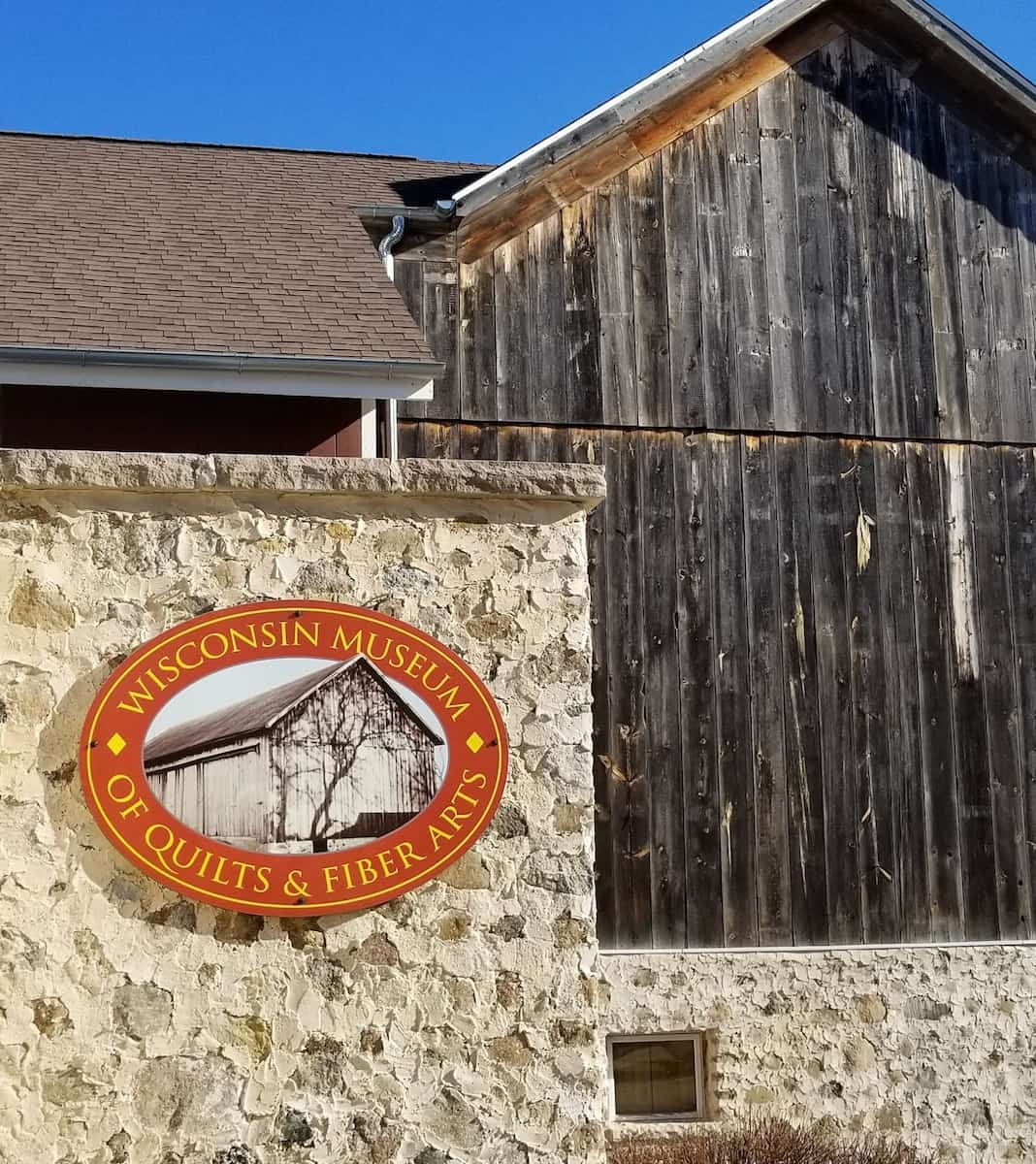



Small-town charm. What makes Cedarburg special is how perfectly preserved it feels-like stepping back in time to a quintessential Midwestern town. I spent hours exploring the converted woolen mill, now Cedar Creek Settlement, where artisans and specialty shops occupy the massive five-story limestone building alongside Cedar Creek Winery.
Day trip highlights. Cedarburg offers numerous attractions within walking distance.
| Attraction | Description | Location |
|---|---|---|
| Cedar Creek Settlement | Historic woolen mill with shops | North end of Washington Ave |
| Covered Bridge | Last covered bridge in Wisconsin | Bridge Road |
| Wisconsin Museum of Quilts | Textile art in historic church | Washington Avenue |
| Cedarburg Cultural Center | local history | Washington Avenue |
- Visit during one of Cedarburg’s festivals (Strawberry Festival in June, Wine & Harvest Festival in September)
- Stop at the historic Stagecoach Inn Bed & Breakfast to see Wisconsin’s oldest operating inn
- Walk to the 1876 covered bridge, one of the last remaining in the state
- Sample wines at Cedar Creek Winery in the lower level of the Settlement
2. Lake Geneva
Resort town escape. I discovered why Lake Geneva has been a vacation destination since the 1800s during my day trip to this charming resort town just 50 miles southwest of Milwaukee. The crystal-clear waters of Geneva Lake (7.5 miles long) provide the perfect backdrop for a day of exploration, with the historic downtown right at the shoreline.
Lakeside path. The highlight of my visit was walking a portion of the 21-mile Shore Path that circles the entire lake, offering views of both the water and the historic mansions built by wealthy Chicago families after the Great Chicago Fire. This unique public access path cuts across the lawns of multimillion-dollar estates, providing glimpses of Gilded Age architecture.
Day trip activities. Lake Geneva offers numerous ways to enjoy a day away from Milwaukee.
| Activity | Duration | Notes |
|---|---|---|
| Shore Path Walking | 1-3 hours | Access at Library Park downtown |
| Historic Downtown | 2 hours | Shopping, dining, historic sites |
| Lake Cruise | 1-2 hours | Various tour options available |
| Black Point Estate | 3 hours | Historic mansion tour via boat |
My tip: Park at the municipal lot near the library to access both downtown and the Shore Path. If you only have time to walk part of the path, head east from downtown to see the most impressive historic estates within the first mile.
⭐ Best Activities
- Lake Geneva Ghost Walk – Experience the spooky side of Lake Geneva on this guided ghost walk that reveals haunting tales and paranormal history of this charming Wisconsin destination.
3. Kettle Moraine State Forest
Glacial landscape. I escaped the city for a day of outdoor adventure at Kettle Moraine State Forest, just 35 miles west of Milwaukee. This 30,000-acre natural area was formed by glaciers that created a dramatic landscape of kettles (depressions), moraines (ridges), kames (hills), and eskers (long, winding ridges)-geological features that make for fascinating hiking.
Trail network. The forest is divided into northern and southern units, with the southern unit being closer to Milwaukee. I explored a section of the Ice Age Trail, a 1,000-mile footpath that follows the edge of the last continental glacier in Wisconsin, where interpretive signs explained how ice shaped the unique topography I was traversing.

Outdoor activities. Kettle Moraine offers year-round recreation options.
| Season | Activities | Best Locations |
|---|---|---|
| Spring | Wildflower hikes, birdwatching | Lapham Peak Unit |
| Summer | Swimming, mountain biking | Ottawa Lake, John Muir Trails |
| Fall | Scenic drives, hiking | Scenic Drive, Parnell Tower |
| Winter | Cross-country skiing, snowshoeing | Nordic Trail, McMiller Trails |
- Climb the 60-foot observation tower at Parnell for panoramic views of the forest
- Visit the Henry S. Reuss Ice Age Visitor Center to learn about glacial geology
- Try the mountain bike trails at John Muir for some of the best riding in the Midwest
- Pack a picnic to enjoy at one of the forest’s many scenic overlooks
⭐ Best Activities
- Friesian Herd Tours, Workshops, Classes and Retreats in the Kettle Moraine area – Enjoy a unique experience with majestic Friesian horses in Wisconsin’s beautiful Kettle Moraine area, with various tour options and educational activities available.
4. Old World Wisconsin
Living history. I stepped back in time at Old World Wisconsin, an immersive outdoor history museum located 45 minutes southwest of Milwaukee near Eagle. This 600-acre site features over 60 historic structures that have been relocated from across Wisconsin and meticulously restored to their original appearance, creating a fascinating glimpse into 19th-century immigrant life.
Interactive experience. What makes Old World Wisconsin special is how interactive it is-costumed interpreters demonstrate period-appropriate crafts, cooking, and farming techniques while staying in character. I helped churn butter at the German farm, watched blacksmiths forge tools at the village smithy, and sampled fresh-baked treats from a wood-fired oven.
Cultural diversity. The site is organized into ethnic settlements that showcase Wisconsin’s immigrant heritage.
| Area | Ethnic Focus | Highlights |
|---|---|---|
| German Area | German immigrants | Half-timbered buildings, heirloom gardens |
| Norwegian Area | Scandinavian settlers | Log buildings, traditional crafts |
| Finnish Area | Finnish homesteaders | Sauna, farmstead |
| Crossroads Village | Town center | General store, blacksmith, church |
FAQ
What can I do along the Milwaukee RiverWalk?
The Milwaukee RiverWalk spans 3.1 miles through Downtown, Historic Third Ward, and Beerline B neighborhoods, offering access to restaurants, brewpubs, shops, and nightlife. You can admire public art installations including the Bronze Fonz statue, dine on waterfront patios, or enjoy water activities like kayaking and boat tours.
How can I experience brewery tours in MKE?
Milwaukee offers numerous brewery tour options, from Lakefront Brewery’s popular tour to Miller Brewery’s historic halls and newer establishments like Pilot Project and Third Space Brewing. Tours typically include samples or full pours, souvenir glasses, and behind-the-scenes looks at brewing processes, though it’s recommended to call ahead to confirm availability.
When is the best time to visit the Milwaukee RiverWalk?
Summer months offer the fullest experience with outdoor patios, kayaking opportunities, and free performances at Peck Pavilion. The RiverWalk is accessible year-round and is fully ADA compliant with several lifts available for those with mobility needs.
Can students access Marquette University Library facilities?
Visitors can access Marquette University’s Raynor and Memorial Libraries Monday through Thursday 9:00 am to 10:00 pm, Friday 9:00 am to 5:00 pm, Saturday noon to 5:00 pm, and Sunday noon to 10:00 pm. Students from affiliated institutions like WSPP must check in with valid ID at the visitors desk and can obtain a courtesy card for $5.00 that allows checkout of up to 10 books for a 4-week period.
What food options are available near Greenfield Avenue?
While the search results don’t specifically mention Greenfield Avenue restaurants, the Milwaukee RiverWalk features numerous dining options with riverfront patios serving local specialties. Many establishments along the river serve Wisconsin favorites including cheese curds, which can be enjoyed while taking in views of the water.
How can I explore along the Milwaukee River waterway?
Visitors can experience the Milwaukee River from the water by renting kayaks or stand-up paddleboards from Clear Water Outdoor located on the RiverWalk across from the Milwaukee Public Market. Alternatively, you can take sightseeing cruises, dinner boats, or themed tours from Milwaukee Boat Line or Edelweiss Boat Cruises that depart from docks along the RiverWalk.
Where can I find cheese curds in downtown MKE?
Many restaurants and brewpubs along the Milwaukee RiverWalk serve Wisconsin’s famous cheese curds as a popular appetizer. The Milwaukee Ale House in the Historic Third Ward and other establishments along the 3.1-mile RiverWalk pathway offer this local delicacy that pairs perfectly with locally brewed beer.
What public art can I see walking along Milwaukee River?
The RiverSculpture! program features 20 sculptures from national, regional, and local artists displayed along the RiverWalk. The most famous piece is the Bronze Fonz statue, a 5-foot-6 bronze sculpture of Arthur Fonzarelli from “Happy Days” giving his trademark thumbs-up, which has become one of Milwaukee’s most photographed landmarks.


